
ISSUE TWO 2023 Railway-News The latest news & reviews from the industry MAGAZINE Birmingham’s Railway Heritage: Curzon Street Inside: & Railtex 2023
Freshwater and wastewater management with incredibly short downtimes: This is what we are already providing with the latest vacuum technology for large and demanding train operators worldwide. You too can rely on the perfect combination of service quality and high speed:

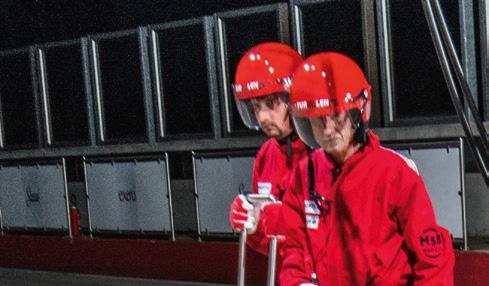




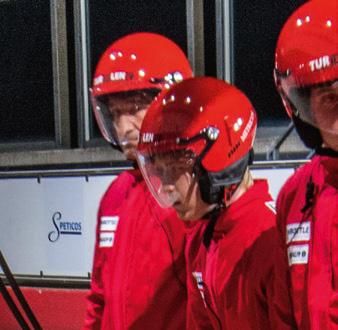



• Potable / freshwater treatment and supply






















• Preparation and supply of flushing water

• Service stations for indoor and outdoor areas






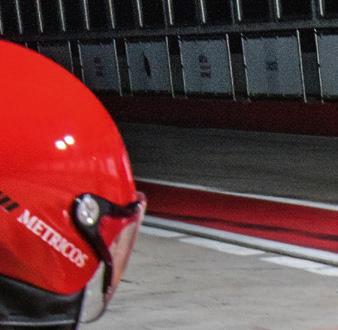
• Cleaning service cabinets for interior cleaning of trains



Roediger® Vacuum Supply & Disposal System. Ultra fast. Outstandingly efficient. Extremely reliable.

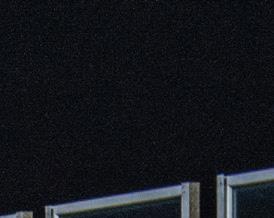

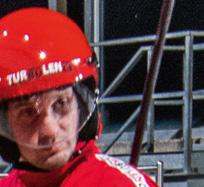


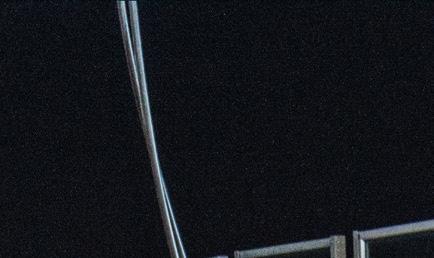











Roediger A brand of Aqseptence Group www.roediger-vacuum.com Reliable service at pit stop speed. Roediger® water & wastewater systems for rail depots and workshops Roediger Vacuum GmbH Kinzigheimer Weg 104 63450 Hanau Germany Phone +49 6181 309-0 E-Mail: info@roediger-vacuum.com
Letter from the Editor
operational on 12 November 1837, making this roundhouse likely to predate the current record holder of ‘world’s oldest’ in Derby by almost two years.
Read about the origin of Curzon Street, this roundhouse and the London and Birmingham Railway (L&BR) on p.8
Dear Readers,
It’s that time again – we’re coming up to Railtex, one of the UK’s biggest industry events for the railway supply chain. It will take place at the NEC in Birmingham from 9 to 11 May.
Birmingham, with its rich railway heritage is a meaningful location for a railway event. It is also one of the major sites for HS2. Interchange station will serve the NEC – the Railtex exhibition venue – as well as Birmingham Airport and Solihull. Curzon Street station meanwhile will be located on the edge of Birmingham city centre.
In March this year Derby was chosen as the location for the new Great British Railways headquarters, beating Birmingham. Derby of course is another UK city with strong railway credentials, having manufactured rolling stock continuously since 1840.
However, during HS2 construction works at Curzon Street the world’s oldest railway roundhouse was discovered. Built to a design by Robert Stephenson, the roundhouse was
Also in this magazine you can read the informed, thought-provoking articles from suppliers who are building on the railway’s long-standing history, bringing innovative, modern solutions to the industry to deliver a railway fit for the 21st century. Why not visit them at Railtex? Take a look at our Supplier Spotlight on p.10 to find their stand.
If you would like our rail news straight to your inbox, make sure you’re subscribed to us here. As always, if you want to be featured on our site or in our e-magazine, please email Andrew Lush or call +44 7432 725001.

Our third Railway-News magazine of 2023 will be published on 5 September.
We hope you enjoy this issue and we wish all our suppliers a successful Railtex 2023!
Josephine Cordero Sapién, editor-in-chief

3
Meet the Team! Meet the Team! ANDREW LUSH
SAPIÉN
Director al@a2bglobalmedia.com JOSEPHINE CORDERO
Editor-in-chief jcs@a2bglobalmedia.com
NICOLA BROWN Head of Sales nb@a2bglobalmedia.com
of
MAY Feature Writer tm@a2bglobalmedia.com
MUIR Junior Graphic Designer agm@a2bglobalmedia.com a2b Global Media Ltd The Generator Hub, The Gallery Kings Wharf The Quay, Exeter EX2 4AN Office: +44 (0)1392 580002 Mobile: +44 (0)7432 725001 Email: info@railway-news.com Website: railway-news.com To subscribe to our newsletter, visit railway-news.com/subscribe COVER & BACK COVER: © Mack-Brooks Exhibitions
ZOE GRIFFEY Head of Design zg@a2bglobalmedia.com LAURA KINGDOM Head
Client Accounts lk@a2bglobalmedia.com TIANA
ALEX
UK Contractors...
We are inviting you to add our unique TRT’s to your own fleet. Previously only available abroad.
99.7% proven reliability during it’s 15 years.
Full approval to operate on Network Rail and the London Underground network.
We provide full operator training on our TRT™s and follow up mentorship shifts on-site.

If you’d like to find out more about how the TRT™ can benefit your next project, reach out to us now on TRT@mccullochgroup.com or contact Annice on 07938 601 999 to find out more.
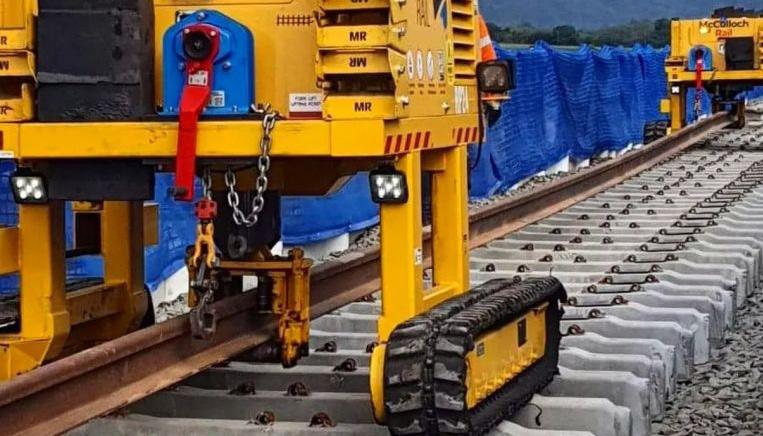

mccullochgroup.com

Issue Two 2023
Features
Birmingham’s Railway Heritage: Curzon Street
With Railtex taking place in Birmingham, we take a look at the history of Birmingham’s Curzon Street within the context of HS2.
Railtex 2023
A look at what’s in store at this year’s Railtex, which is taking place at the NEC in Birmingham from 9 to 11 May.
Supplier Spotlight
Some of our top supplier picks exhibiting at Railtex this year.
Upcoming Events
A look at what key railway events are taking place between May and September 2023.
Directory
A directory of railway suppliers for track & infrastructure, rolling stock, services and data & monitoring. Read about all the latest innovations and product developments in the rail sector.

Track & Infrastructure – p.19
Rolling Stock – p.43
Services – p.81
Data & Monitoring – p.89
5
CONTENTS
p.6
p.9 p.10 p.1 2 p.16
Birmingham’s Railway Heritage: Curzon Street
High-speed rail arrived in Britain in 2003 with the railway line between London and the Channel Tunnel opening. HS2 is the first new high-speed railway line to be built in Britain since then.
One of the line’s terminus stations will be Curzon Street, in Birmingham’s city centre. The original Curzon Street station started out as a terminus station for the London & Birmingham Railway (L&BR) line, the first intercity line to be built into London, as well as for the Grand Junction Railway (GJR).

The London & Birmingham Railway company was operational between 1833 and 1846 after which it became part of the London and North Western Railway (L&NWR), which in turn was operational between 1846 and 1922.
The 112-mile line to London Euston was formally opened on 24 June 1838 and the first train from London arrived at Curzon Street on 17 September of that year.
Curzon Street remained the passenger terminus for this line until 1854. However, during the 1840s it quickly became apparent that the inability to permit through trains made it inadequate for what was needed at the time. As a result, the newly formed Midland Railway built Birmingham New Street and this new station took over most of Curzon Street’s passenger traffic in 1854.
From the 1850s until the mid-1960s, Curzon Street was used for handling freight traffic.
Archaeological Discovery: The Roundhouse
With the construction of HS2, a new Curzon Street station is being built as a terminus in Birmingham’s city centre. As part of these works, archaeological teams have been on site. One of their discoveries has been the world’s oldest railway roundhouse. Designed by Robert Stephenson, this roundhouse was operational on 12
6
HS2 Curzon Street station and viaducts © HS2 Ltd
November 1837, almost two years before the current recordholder in Derby.
The surviving remains of the roundhouse include evidence of the base of the central turntable, the exterior wall and the 3ft deep radial inspection pits surrounding the turntable. The roundhouse and its turntable were used to turn around engines to enable the locomotives to return back down the line. It was also used to store and service engines. Its corollary in London is now the famous Roundhouse music venue in Camden.
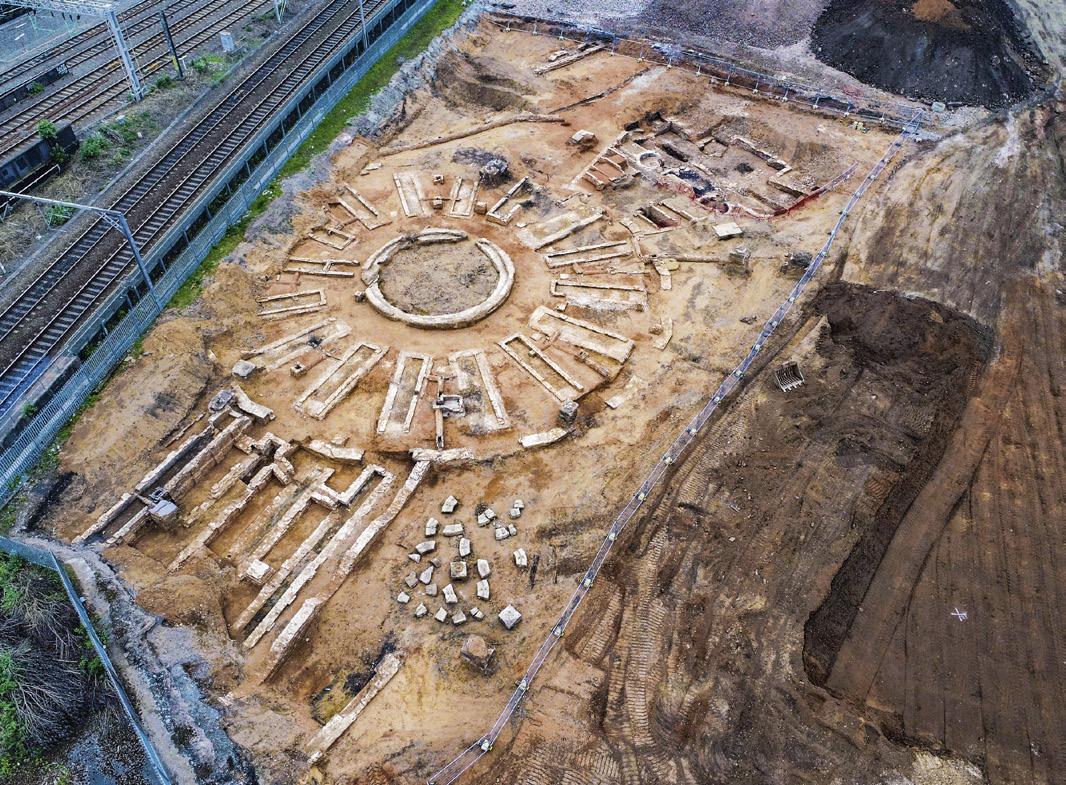
Curzon Street’s Entrance Building
Curzon Street’s original entrance building still survives and is now Grade I listed. It was designed by Philip Hardwick to mirror the now demolished Euston Arch, which he also designed. The entrance building is one
of Birmingham’s most historically significant structures and also one of the finest examples of railway architecture in the world. Built in 1838, the intention was to use it as the L&BR’s offices and boardroom. In 1839 the interior was modified to accommodate a hotel and in 1841 a hotel extension was constructed.
The hotel was the first building in Birmingham to be fitted with gas lighting. It also featured a hydraulic lift, which was quite a technical feat at the time. As a station hotel, the entrance building was popular for wealthy travellers.
The Birmingham-London Line Then and Now
The first train from London Euston to Curzon Street took 4 hours and 48 minutes. It took 20,000 men almost five years to construct.
Now, in 2023, the Curzon Street site for the new HS2 station is continuing to be prepared for construction, with utility diversions and ground remediation works under way. The Grade I listed entrance building is also being refurbished. The HS2 trains will enter Curzon Street station via viaducts. The bored piles are being installed across the site to create the foundations for these. Once these are in place, the supporting piers and deck will be built.
Once the high-speed trains start running on the new line, passengers will be able to travel between London Euston and Birmingham Curzon Street in just 49 minutes.
 Curzon Street turntable © McAuliffe
Curzon Street turntable © McAuliffe
7
Old Curzon Street station and the original entrance building © HS2 Ltd
Railtex 2023
Where: NEC, Birmingham, UK
When: 9–11 May 2023
Organiser: Mack-Brooks Exhibitions
Railtex will take place in Hall 3 of the NEC Birmingham from 9–11 May. The event covers the full railway technology supply chain and showcases manufacturers specialising in all aspects of rail, including rolling stock technology, track and infrastructure and signalling and communications. This year, more than 180 categories of products and services are set to be exhibited.
The event is easily accessible by rail, as the NEC is located next to Birmingham International rail station, with regular services operating to and from Birmingham New Street.
Olaf Freier, Transport Portfolio Director from Railtex said: “Railtex 2023 is the place to be with all key players gathered in one place.”
On-Track Display
As a recurring and popular feature at Railtex, the exhibition hall will feature a length of track sponsored by British Steel where exhibitors can demonstrate tools and equipment.
This will allow visitors to experience products and view operations and applications on an authentic railway track.
Innovation Village
This year, Railtex will also host an Innovation Village where clients, stakeholders and suppliers can showcase their work. This feature is part of the Railway Industry Association’s ‘Unlocking Innovation’ programme, which is supported by Network Rail’s R&D Portfolio. This programme aims to support the transformation of the rail industry by hosting multiple free-to-attend events.
Martin Clarke, Railtex Event Manager, on behalf of Mack-Brooks Exhibitions said: “Railtex is the place to source new products and usher in business opportunities.The show allows you to discover the latest development in all the areas of the railway industry and an excellent cross-section of technologies and solutions to facilitate the safe, efficient, and sustainable operation of rail transport.”
Speakers
In addition to the main exhibition, Railtex 2023 will host a ‘Future Focus Conference’ programme to provide insights from keynote speakers.
For example, on 9 May, a panel discussion on decarbonising the railway will take place at 14:00
for our SpotlightSupplier 8
See Page 10
in the Conference Zone. The panel will feature Ruth Humphrey, Head of Business Development and Strategy at Siemens Mobility; David Clarke, Technical Director for the Railway Industry Association; Jo Lewington, Chief Environment and Sustainability Officer at Network Rail; and Rich Fisher, Head of Strategic Planning for the Great British Railways Transition Team.
This discussion will complement Railtex’s mission to bring the industry together to explore common solutions and shape a successful future for the railway through a focus on decarbonisation and digitalisation.
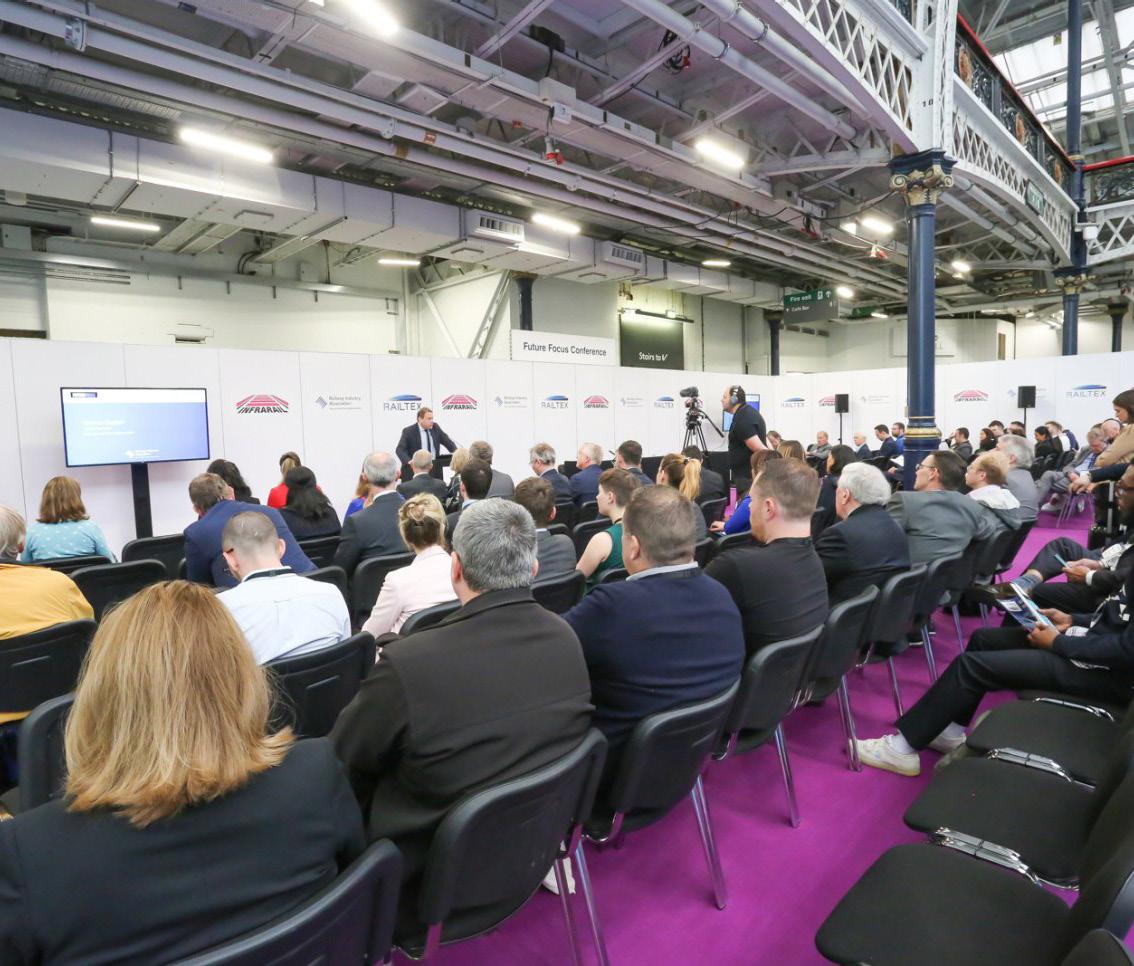
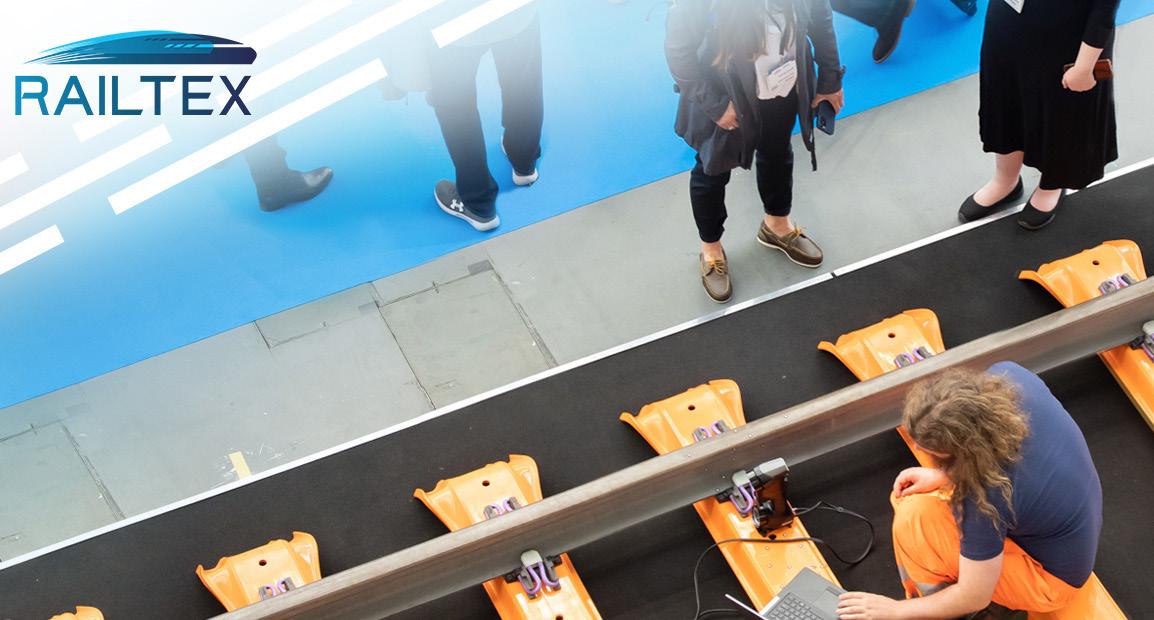
www.railtex.co.uk
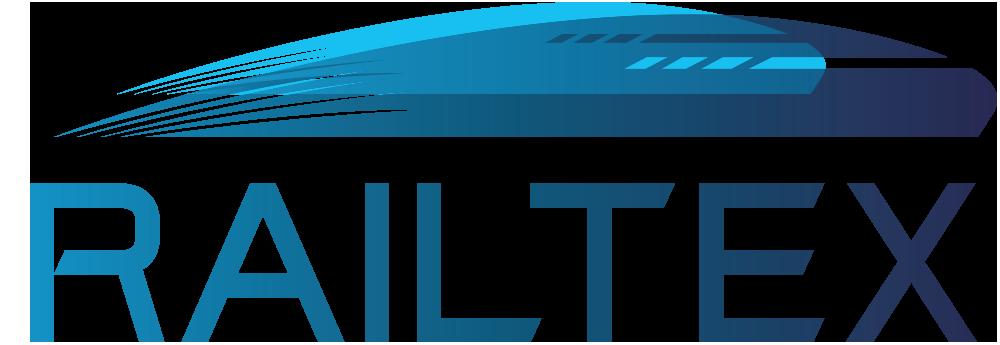



9
Supplier Spotlight

Stand 3Squared AARC Professional Services Limited Antonics GmbH Bender UK CoMech Metrology Dürr Technik Frauscher Sensor Technology Jewers Doors Mechan Ltd Mosdorfer Rail Ltd NSH Group & NSH USA Roxtec International AB Stauff Group Totalkare Ltd Zonegreen D17 E02 M51 K60 D17 L39 L52 C40 M11 J10 F37 C35 J11 G26 M11 10
Supplier
Full Scale International Rail Show for Passenger and Freight Rolling Stock, Technical Enhancements, Depot Equipment, Ancillary Services and the Supply Chain - Free to Attend - Low Cost to Exhibit

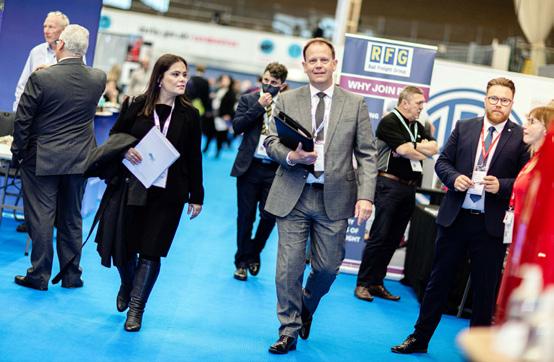

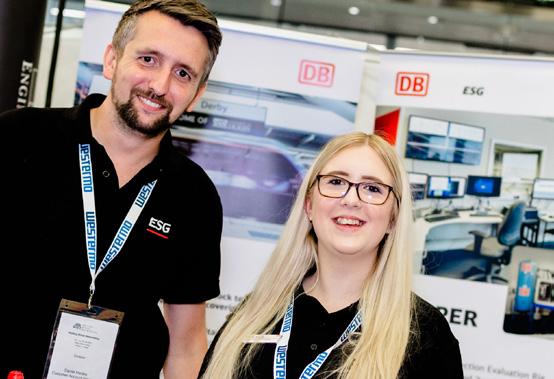

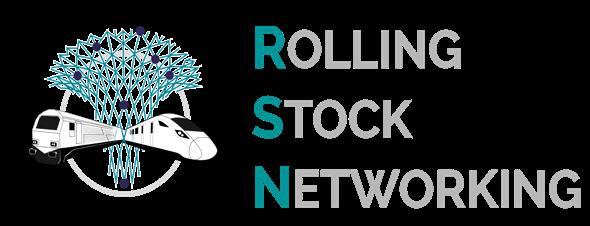





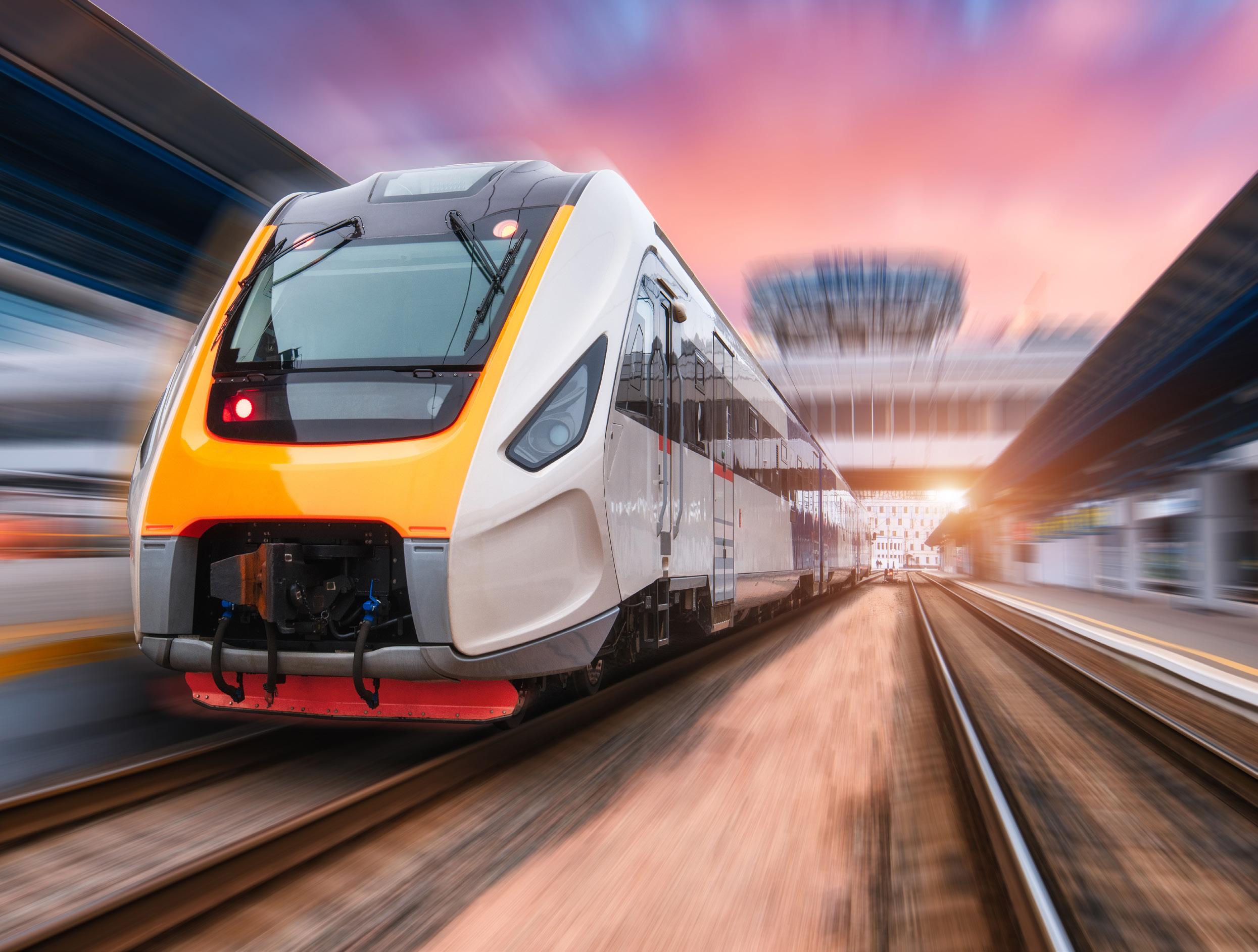
A CONFERENCE
Derby
6 July 2023 9.30am to 3.30pm MEET THE BUYER Limited Stand Space Available Just £999 Book Now at www.rsnevents.co.uk EXHIBITION Official Media Partner
Arena
Upcoming Rail Events & Exhibitions May 2023–September 2023 Railtex 9–11 May 2023 | Birmingham Rail Live UK 21–22 Jun 2023 | Long Marston Rolling Stock Forum 4 May 2023 | London RailTech Belgium 6–7 Jun 2023 | Brussels Rail Modernization Summit 4–5 May 2023 | New Delhi Middle East Rail 15–16 May 2023 | Abu Dhabi Transport Logistic 9–12 May 2023 | Munich Global Public Transport Summit 4–7 Jun 2023 | Barcelona Global Mobility Call 12–14 Sep 2023 | Madrid Rolling Stock Networking 06 Jul 2023 | Derby TRAKO 19–22 Sep 2023 | Gdańsk 12


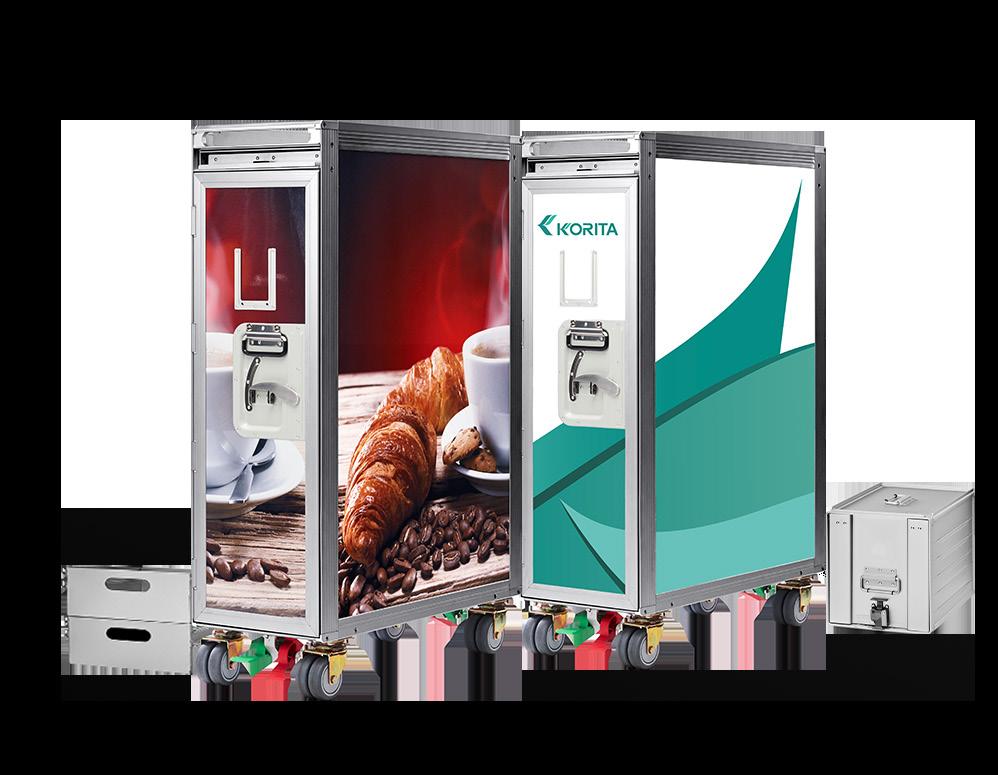




sales@korita-aviation.com MEET US @ BOOTH 1D10 Experience our on-train catering equipment firsthand! www.korita-aviation.com
Korita Aviation
Indulge in Our On-Train Catering Experience!
Come
and join us at the World Travel Catering & Onboard Services Expo, Hamburg Messe, Germany

Once again Korita Aviation is pleased to announce its participation in this year’s WTCE in Hamburg following the success of the 2022 show and the immense interest we received in our range of rail equipment.
We are delighted to be displaying our railway catering equipment alongside our aviation galley insert equipment. Our innovations for both industries really make for great face-to-face meetings and future collaborations. This event creates the perfect opportunity to see our on-train catering equipment and experience product demonstrations at our booth, 1D10.

14
Save the Date: 6–8 June 2023
Products on Display
We will have our rail catering trolleys on display and our team will be there to walk you through the key product features and the benefits our rail catering products offer when selected for use in your railway catering operations. Our aluminium rail containers are utilised by rail operators and rail catering companies all over the world and designed for simple and easy door opening and closure.
Whatever your requirements, from standard equipment to items made to your individual specification and needs, Korita Aviation has the experience and capabilities to deliver the products you require.
We welcome the opportunity to meet you and demonstrate our railway catering equipment to all railway industry guests who will be attending the World Travel Catering & Onboard Services Expo at Hamburg Messe in Germany.

To pre-schedule a meeting with one of our sale executives please email us: sales@korita-aviation.com and we can confirm an appointment at a time to suit or alternatively you can also call us on +31 (0)45 573 22 00 and speak with one of our sales team.

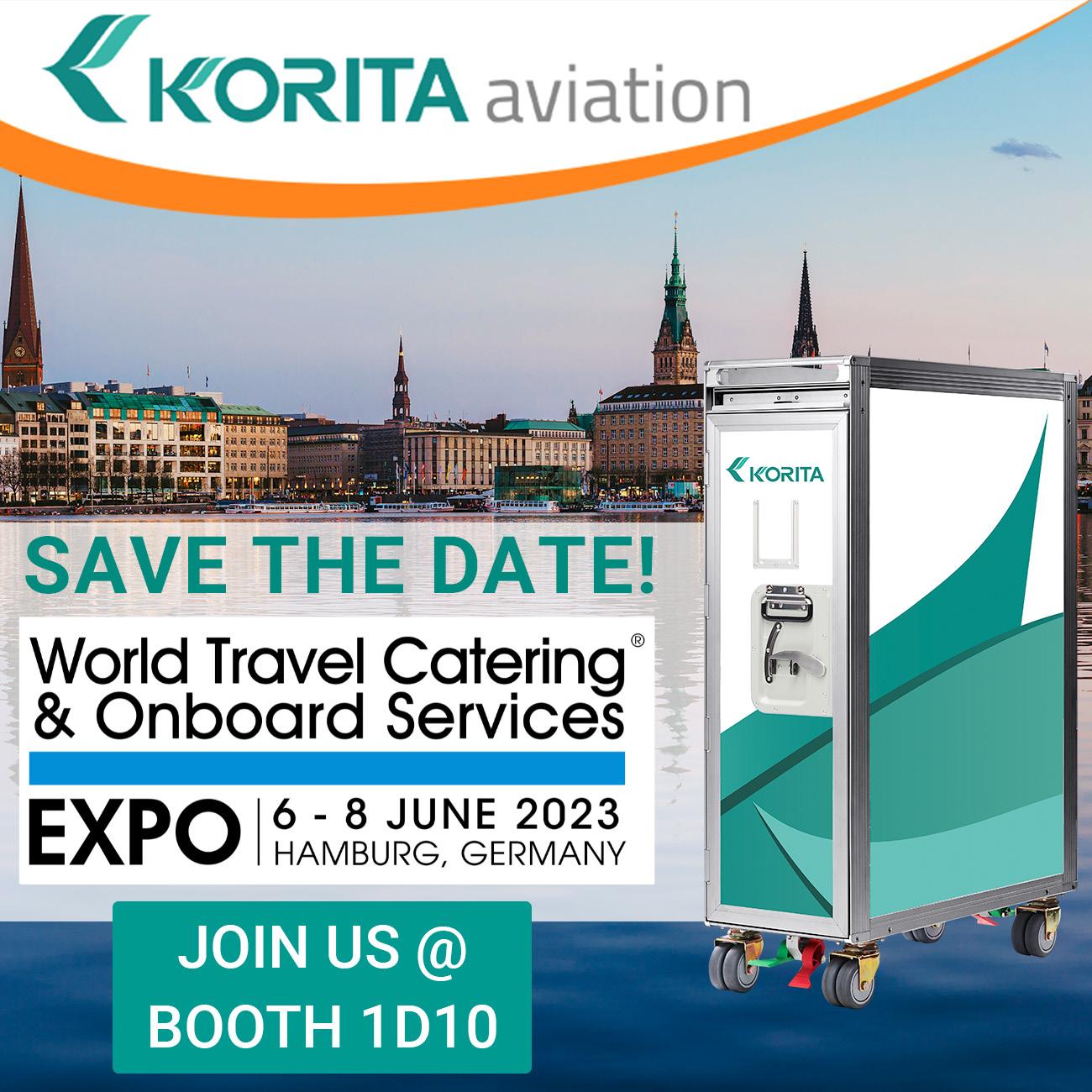
www.directaviation.aero/korita sales@korita-aviation.com 15
Korita Aviation
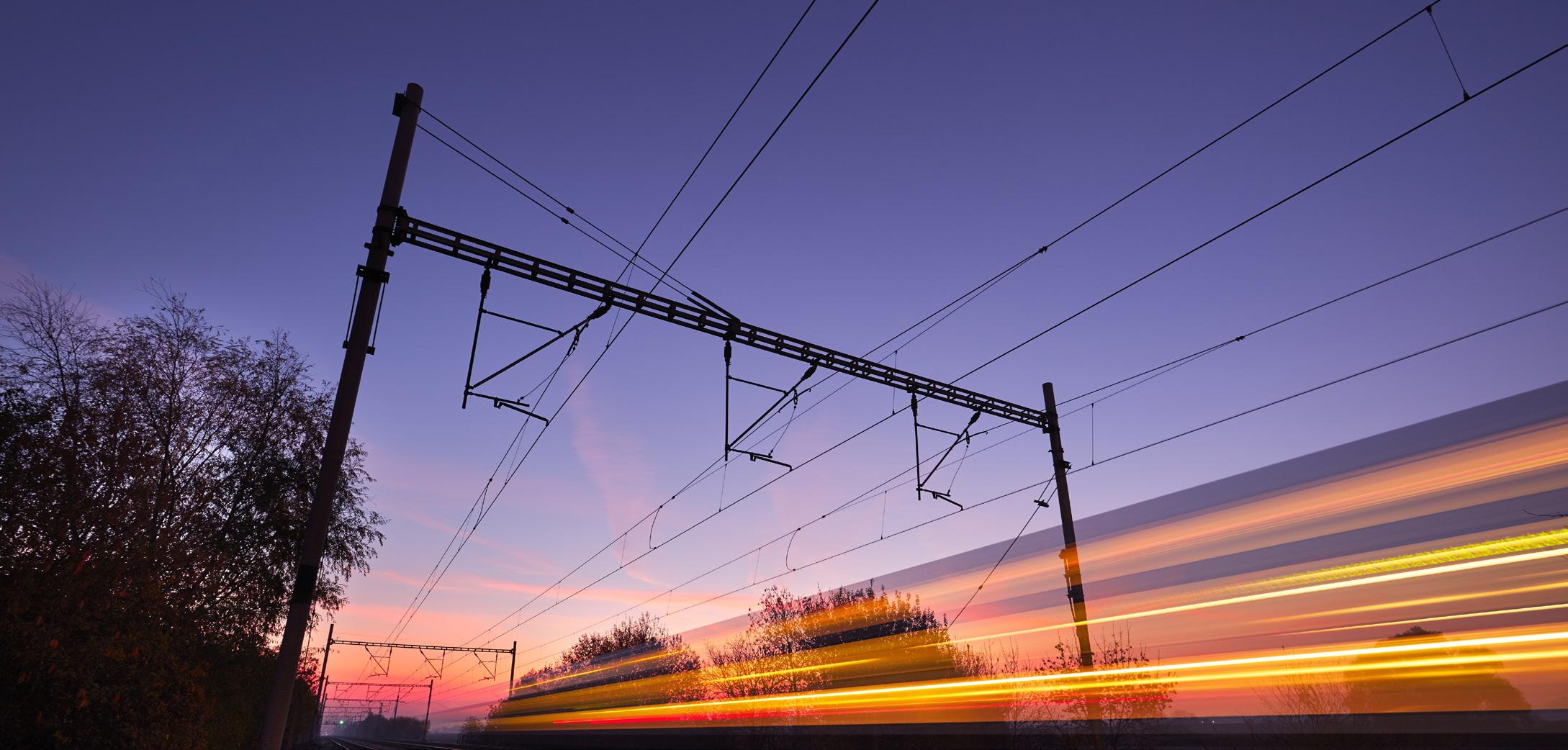

Track & Infrastructure 19 43
16
Directory
Rolling Stock

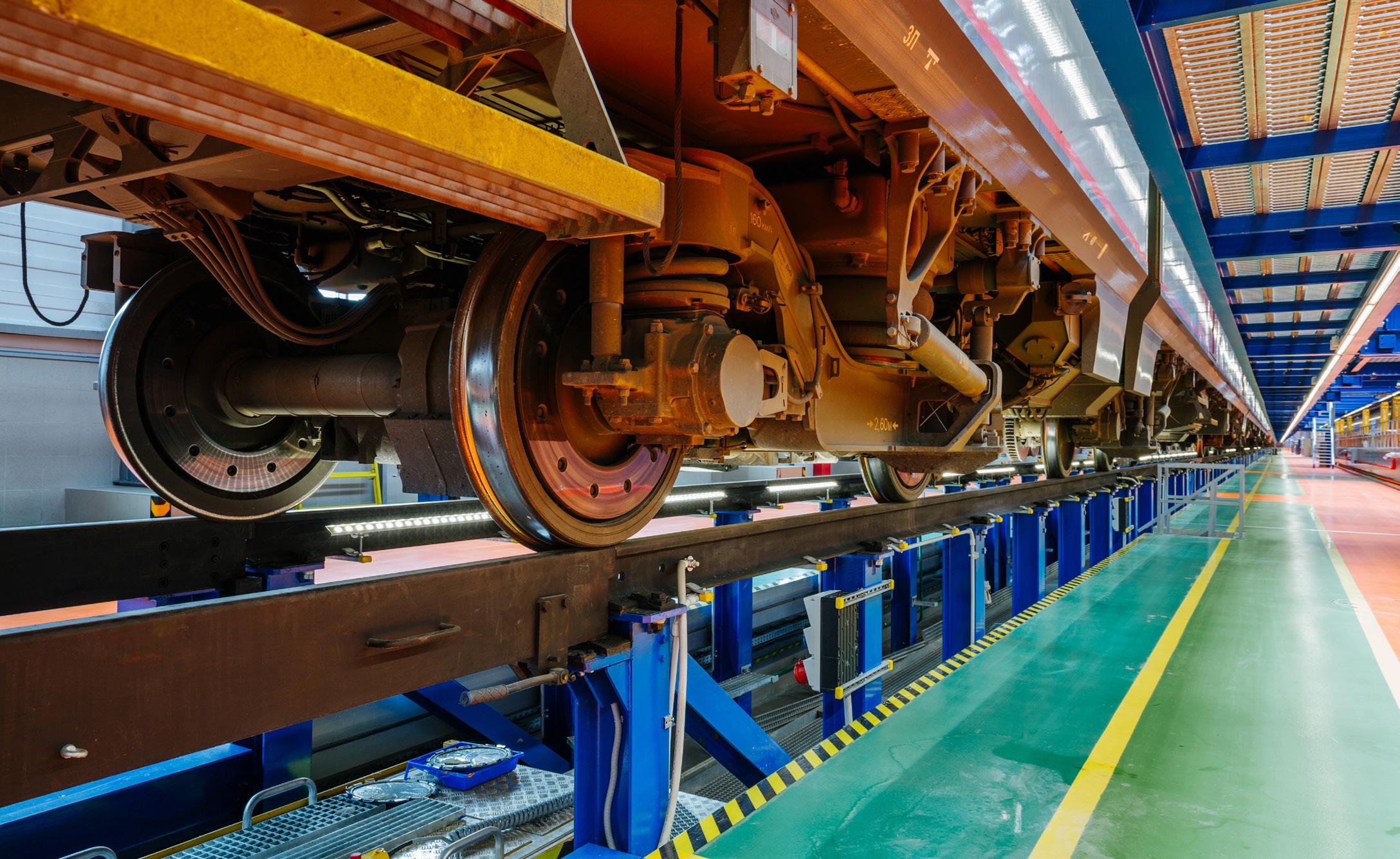
Monitoring Services 81 89 17
Data &
SMOOTH OPERATOR
Safe, fast and efficient rail transport
Long welded rail delivery and recovery system RO REXS
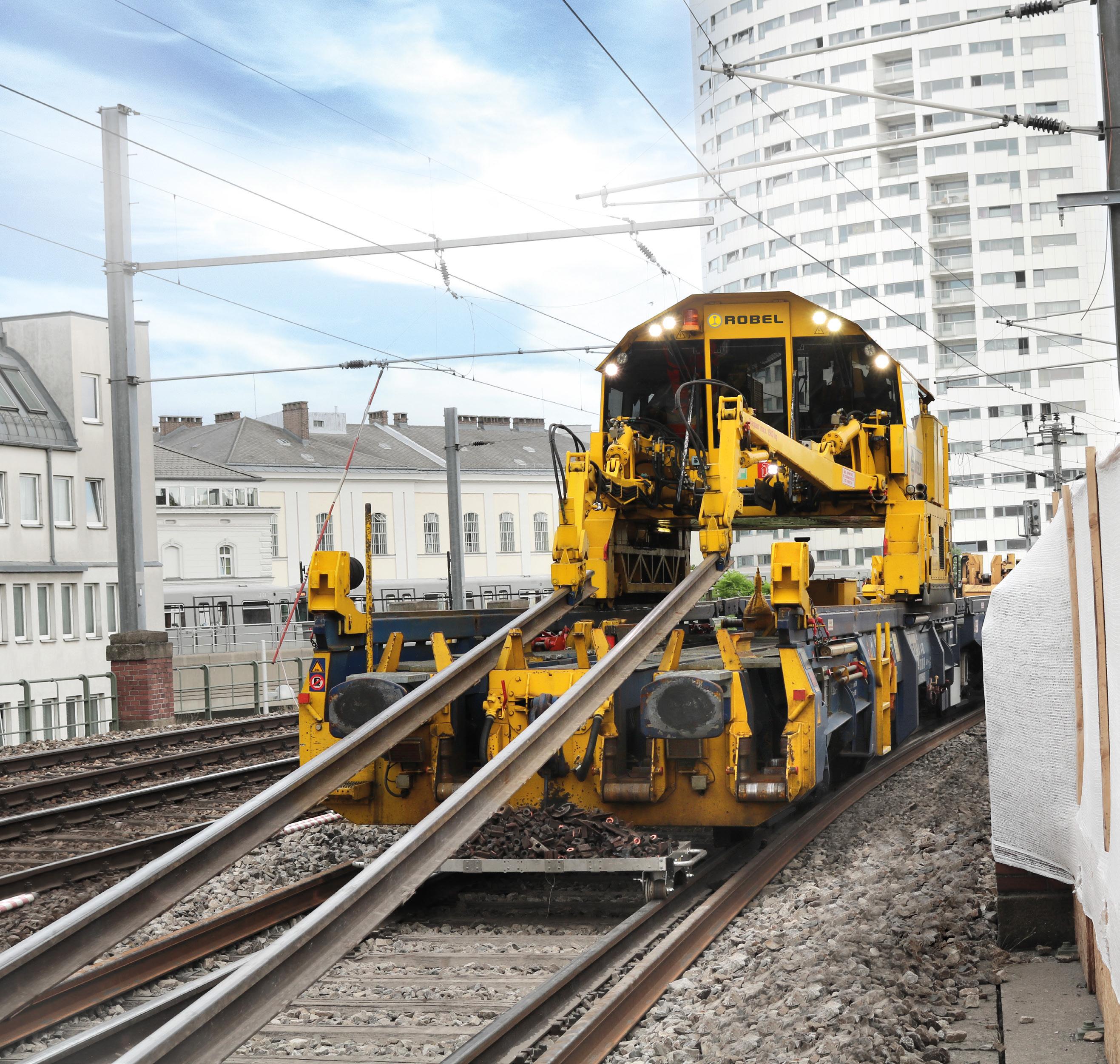
• Automated system for maximum production and worker safety

• Delivers rails in perfect condition
• Flexible scrap rail collection system
www.robel.com
More information
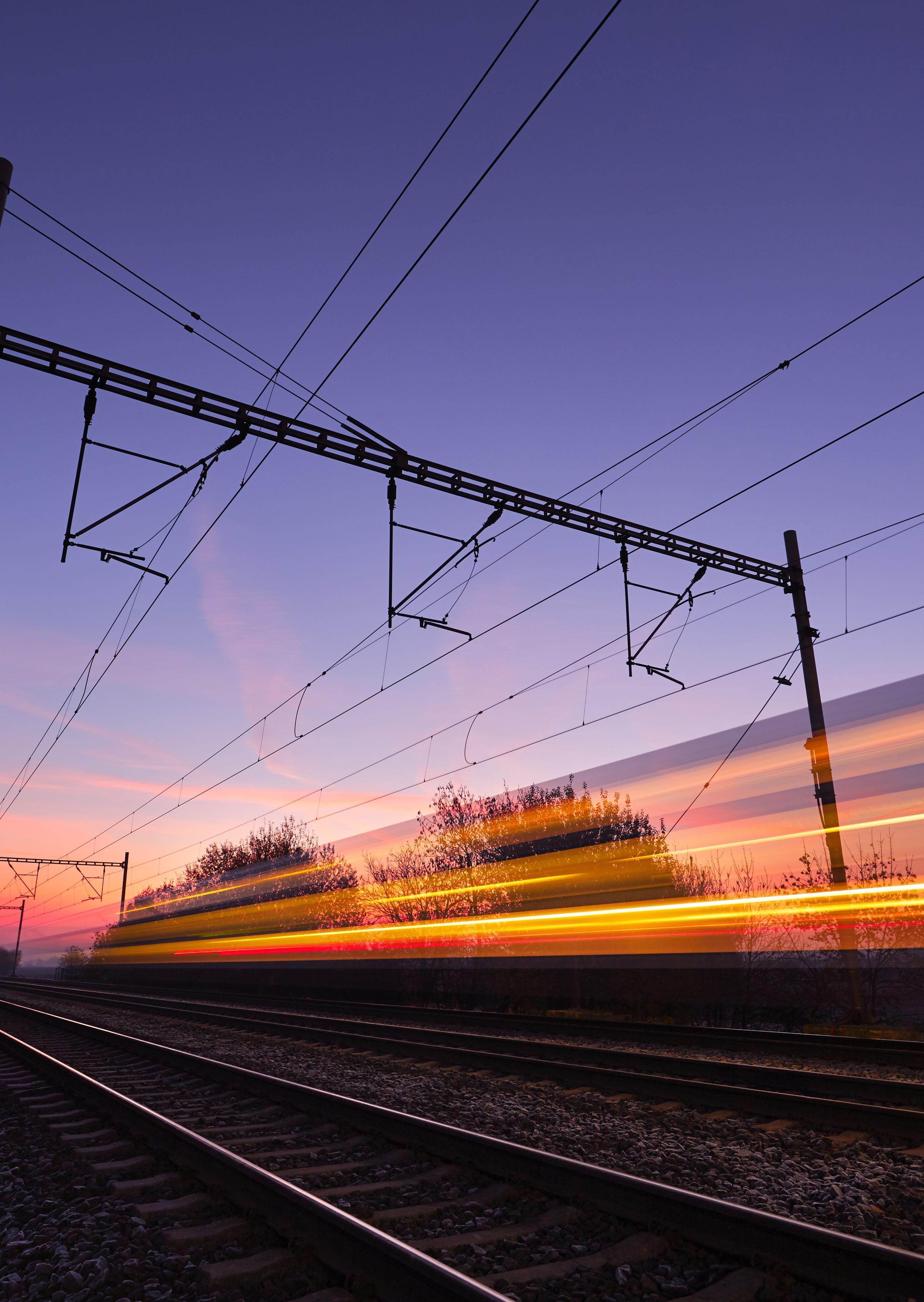

Depot Equipment Zonegreen p.20 Mechan p.23 Stations & Station Furniture Entrance Matting Systems Limited p.26 Track & Trackside Materials Complete Composite Systems p.29 Trough-Tec Systems (A HIRD Group Comapny) p.32 Geotechnical Solutions Presto Geosystems p.35 Maintenance & Equipment ROBEL p.38 Works Vehicles & Machines Holmatro p.40 Track & Infrastructure Directory 19
Let’s Make Depots Safer Places to Work Zonegreen
Almost a quarter of rail-related workforce fatalities have occurred in depots in the last five years, according to the Rail Safety and Standards Board.
Its latest Annual Health and Safety Report concluded there is no clear picture of risk in depots and more needs to be done to provide safe working conditions.
Whilst there remains an absence of industrywide directives, the onus falls on the operators of maintenance facilities to mitigate the unavoidable risks depot workers face, from high-speed vehicles, highvoltage electricity and powerful machinery that are part of their working environment.
The UK’s largest rail franchise, Govia Thameslink Rail (GTR), has recognised the need to review and update the safety provisions at its depots and has been
undertaking a programme of improvements, with the help of leading industry expert, Zonegreen.

GTR contracted the Sheffield-based rail safety specialist to replace obsolete protection systems at a trio of facilities – Stewarts Lane in Battersea, Selhurst Inspection Shed and Brighton’s Lovers Walk depot.

Trust in Technology
Zonegreen has installed the latest version of its acclaimed Depot Personnel Protection System (DPPS) at all three GTR facilities. It is the most advanced, thoroughly tested and proven technology on the market – a product of more than 20 years’ research and experience.
DPPS protects staff by controlling vehicle movements within rail depots, creating safe zones for workers through the installation of powered derailers, operated
Directory Track & Infrastructure
20
by RFID-controlled road end panels. Christian Fletcher, Zonegreen’s Head of Engineering, is responsible for the conception and development of DPPS.
He said: “We have created a standardised product that uses the latest technology to mitigate the margin for human error, which is so often the root cause of accidents in depots.By using modern electronics to reduce cabling and electrical components,our latest system is more resilient and easier to install or expand, allowing for future upgrades.”
Uniquely, DPPS remains the only depot protection system that has been independently tested and verified to be EMC-compliant (electromagnetic compatibility). The RFID panel has been assessed by Eurofins to meet European radio emissions and railway standards, ensuring its radio frequency range will not interfere with telecommunication or electrical devices.
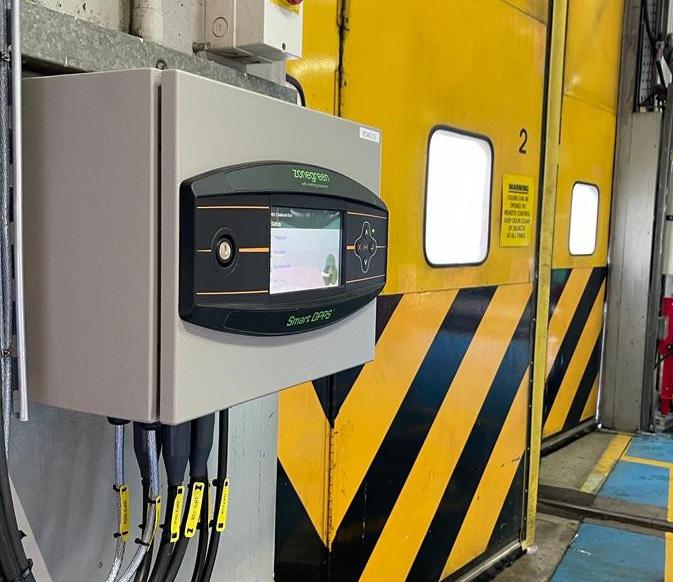
Personal RFID cards are issued to workers, allowing them to log on to the road end panels and apply physical protection whilst they work in an area of risk. Only after the derailer has been lowered can a shunt signal be moved to ‘proceed’. Audible and visual warnings are then activated to alert depot staff to imminent vehicle movement.
All workforce and train activities are recorded on Zonegreen’s Depot Manager software, which offers a complete overview of the protection system and comprehensive traceability. It incorporates supervisory control and data acquisition (SCADA) software that displays the location of personnel and the status of plant and equipment, as well as enabling remote diagnostics. This ultimately makes DPPS easier to maintain and expands the lifetime of the product.
Protection for GTR
The first GTR depot to benefit from Zonegreen’s latest technology was Stewarts Lane in Battersea. The historic facility maintains electric units from the Gatwick Express and has the added danger of a 750V third rail. DPPS was installed on 14 single-ended roads and interlocked with the traction power supply to prevent vehicle movements unless the third rail is live, thereby mitigating the risk of an isolated section being bridged.
Attention then turned to Brighton’s Lovers Walk depot, which was one of the first facilities to invest in DPPS
in 2005. Today’s incarnation was applied to 11 singleended roads and original warning beacons and klaxons replaced with newer versions, boasting long-life LED technology. Finally, the protection system was added to seven roads in the inspection shed at Selhurst, where it has been interlocked with two cranes to prohibit train movements if they are in use.
Christian Fletcher concluded: “DPPS has come a long way since it was first installed at Lovers Walk 18 years ago.The latest version gives GTR far greater flexibility in how they develop operations at their depots and the reassurance that all possible measures are being taken to protect employees.”
Meet Zonegreen at Railtex
Zonegreen will be showcasing its market-leading DPPS at Railtex this year, on stand M11 at NEC in Birmingham, 9–11 May. Throughout the event, the firm’s Head of Engineering and global expert in depot protection, Christian Fletcher, will be delivering informative and educational workshops about the risks to staff in maintenance depots.
To register your interest in attending Zonegreen’s Railtex workshops or for more information about its suite of safety systems call (0114) 230 0822 or visit www.zonegreen.co.uk.

Depot Equipment 21
WHAT’S THE COST OF LIVING?

Zonegreen’s SMART DPPSTM allows the safe and effective control of train movements with depots, protecting both staff and infrastructure.


WE ARE EXHIBITING AT STAND M11

zonegreen safe working solutions Part of the
Sentric Group














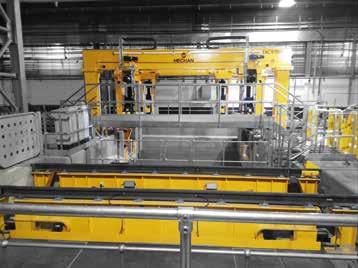
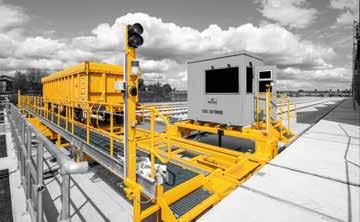
RAIL DEPOT & WORKSHOP EQUIPMENT • RAILCAR LIFTING JACKS • BOGIE/EQUIPMENT DROPS • TRAVERSERS • TURNTABLES • BOGIE WORKSHOP MACHINES • UNDER CAR EQUIPMENT HANDLING • LASER MEASURING • SANDBOX FILLING • SHUNTERS • EXHAUST EXTRACTION • UNDER FLOOR WHEEL LATHES Davy Industrial Park Prince of Wales Road Sheffield S9 4EX mechan.co.uk info@mechan.co.uk +44 (0)114 257 0563 A
John Cockerill Company
Start a Conversation about Specification Mechan

Choosing the right equipment for a modern rail depot is no walk in the park. There are so many variables to consider. So, where do you turn for advice?
Next month’s Railtex exhibition is the perfect opportunity to talk to the people who are best placed to offer guidance. Seek out the manufacturers themselves – the experts who spend their days innovating, designing and modifying their creations to improve maintenance times and depot safety. Mechan Sales Director, Lindsey Mills, is looking forward to beginning these discussions with visitors to Birmingham’s NEC.
She said: “We work collaboratively with customers –often for months,maybe even years before a contract is issued and many of these conversations begin at key
trade exhibitions.No two projects are ever the same,so it is important to us that clients end up with a piece of equipment that meets their very individual needs.”
Sheffield-based Mechan is a specialist in the manufacture of bespoke depot lifting and handling equipment. The firm prides itself on building lasting relationships with clients and taking a hands-on approach to specification. It doesn’t simply supply off-the-shelf products; it shares its knowledge and experience to find the right solution for each unique project.
Selecting a Lifting System
Modern trains and dedicated routes for particular vehicle types have changed the face of depot maintenance, demanding lifting methods that do not require decoupling.

Track & Infrastructure
Directory 24
When clients come to Mechan looking to raise multicar trains, in-depth discussions take place to determine the most suitable equipment.
The firm met recently with a longstanding customer, who requires multiple lifting systems. After discussing how its facilities usually work, Mechan advised that a vehicle lift would be most useful for campaign changes and overhauls, whilst bogie drops might be more suitable for casualty work. Its team of expert engineers explained the pros and cons of each system and the client went away to consider its options.
Underfloor lifters allow an entire train to be raised at the press of a button, giving access below for bogies and equipment modules to be removed, whereas bogie drops facilitate underfloor module replacement at track level. The vehicle is positioned centrally on the bridge section of the drop, where built-in jacks take its weight. The bridge is then lowered into a pit with the bogie onboard and traversed away for work to take place. Using this method of maintenance, a complete bogie change is feasible in just two hours.
Another popular alternative for lifting coupled vehicles is using Mechan’s flagship railcar jacks. The length of the train determines how many are required, but sets of up to 64 are possible, thanks to the firm’s sophisticated control system. Four jacks raise each carriage and once in position, the remote controller facilitates a completely synchronised lift.
So, Which Is Best?
There is no disputing the fact that jacks will always be present above floor-level and this may pose an issue if space is at a premium. However, they are ideal if multiple train types in different configurations are being serviced.
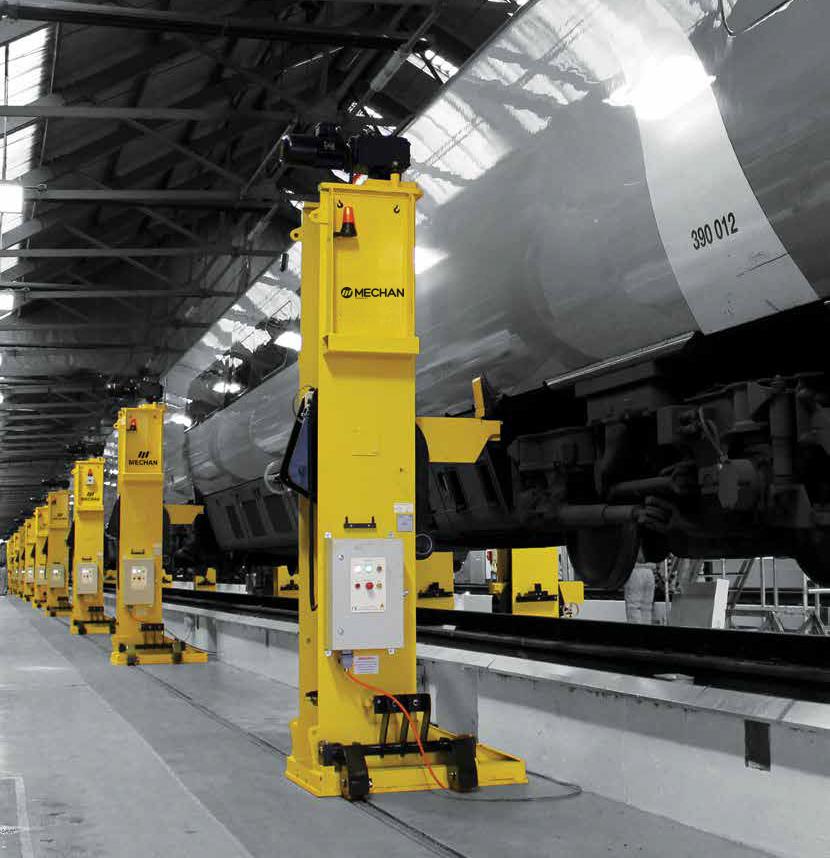
Underfloor lifting is the perfect solution if the same train, in the same configuration is being maintained, but it has its disadvantages too. Consider the implications should the operating company decide to add an extra carriage. This is not a regular occurrence, but the associated cost and disruption would be enormous.
In many cases, the civil engineering requirements of the relative systems will play a large part in the decision-making process. Access pits for jacks are much smaller than those required for bogie drops or underfloor lifters, producing a considerable cost saving.
Lindsey added: “The complex business of specifying rail maintenance equipment is not black and white. That is why we like to forge relationships with our customers,understand their niche requirements and share our expertise.Our products are built to last,so it is essential we get the decision right.”
A team of four from Mechan, including Lindsey, will be attending Railtex 9–11 May. The firm will be based on stand M11 in hall three and will be happy to discuss the wide range of bespoke products it manufactures in the UK.
Watch our video of lifting jacks here!
To find out more, telephone (0114) 257 0563, email info@mechan.co.uk or follow the firm on Twitter @mechanuk.

Depot Equipment 25
Entrance Matting Systems Limited
EMS Entrance Matting Systems Specifically Designed for the Rail Industry
Entrance Matting Systems Ltd is a leading British manufacturer of heavy duty, commercial aluminium grid entrance matting systems, specialising in highperformance products. EMS offers an extensive range of entrance matting systems to suit all applications, including bespoke design and sustainability requirements.
Specifying the right entrance matting is especially important in high-traffic demanding areas, such as railway stations: they present greater risk than your average entrance, often subjected to more extreme weather conditions from open entrances, heavy multidirectional traffic, often at speed due to people rushing for work or a specific train. It is extremely important these risks are minimised by using safe, robust and reliable entrance matting systems.
EMS has used its wealth of experience to design and manufacture specialised entrance matting, specifically for the rail sector. There are several options within the EMS entrance matting product range available to rail applications, all provided with the same heavy-duty, long-lasting, dirt-retaining, recycled aluminium grid system combined with a selection of different infill materials depending on the specific requirements of each railway station.
EMS provides excellent customer service and offers solutions to any entrance matting concerns. Trusted
and specified by railway stations and businesses throughout the UK.

Designed and Manufactured by EMS for the London Underground
The EMS Multi-track Natural (section 12) entrance matting system was specifically designed to meet the requirements for the London Underground. LUL (London Underground Ltd) has the strictest health and safety requirements for entrance matting, especially in relation to fire safety and smoke emissions. In order to be on the LUL register you need to meet all of these, which EMS has.
This entrance matting system has a solid inter-linking aluminium grid system, with innovative debris channels to collect dirt and other debris as well as drainage options. The aluminium itself is 100% recycled. The infill strips are manufactured using natural rubber and moulded with EMS’s exclusive multi-track design. The natural rubber infill material of the multi-track section 12 entrance matting system was scientifically designed with the help of a passionate and well-respected lady at TAARC. A vast amount of work, including thorough testing has been carried out to ensure this product is the very best entrance matting on the market for the rail industry and in particular, the London Underground.
Upon the success of the multi-directional design of the natural rubber infill, specifiers requested an option that could be used in applications not subject to low-smoke
Track & Infrastructure
Directory
26
and toxic fume emission parameters. This is EMS Multitrack NS12 (non-section 12) which incorporates all the benefits and design features of the original, but at a lower price.
Both systems have been successfully trialled and specified in numerous stations throughout the UK. EMS has worked with contractors to resolve particular stations’ complications as well as adapting our products to suit specific drainage systems; for example the 80/20 drainage system used at several LUL stations.

EMS Delivers Sustainable Entrance Matting that Doesn’t Compromise on Quality, Durability and Safety
EMS Multi-track (section 12) entrance matting infill comprises of rapidly renewable, natural and halogenfree rubber. Hevea Brasiliensis (rubber trees) live for 30 years and continuously produce latex throughout their lives. EMS sources rubber from ethically well managed rubber plantations. This material is then manufactured and moulded to EMS’s specific design and specification in the UK before being manufactured into EMS entrance matting systems.
EMS delivers a comprehensive choice of other sustainable entrance matting products for the rail sector and all other commercial applications. All EMS entrance matting systems are composed of 100% recycled aluminium grid systems and angle or ramped frames as standard. Aluminium uses very little energy to be recycled and it can be recycled to infinity without loss of quality or properties. Aluminium will last for approximately 30–40 years as entrance matting. In order to address the need to reduce unnecessary waste from replacing full entrance matting systems, EMS designed all of its entrance matting systems from the very beginning, to ensure the infill strips could and still can be replaced. This results in tired, older entrance matting systems being retained but refreshed with like for like or different materials and/or colours as and when required. The aluminium grid systems and frames are combined with a comprehensive selection of heavy duty and sustainable infill strips made from recycled, recyclable and/or renewable materials.
Although entrance matting is often a small aspect of building and renovation design, choosing the right products can help the sustainability of the project as a whole. As a result, EMS has helped numerous building and renovation projects achieve A+ BREEAM and LEED ratings.
 Installation of EMS Multi-track Natural (section 12) Entrance Matting System at Farringdon Station
Installation of EMS Multi-track Natural (section 12) Entrance Matting System at Farringdon Station
Stations & Station Furniture 27
EMS Multi-track Natural (section 12) Entrance Matting Systems sample
EMS is trusted by customers and contractors to not only produce exceptional-quality products but also deliver reliable, safe and skilled installation carried out by certified and experienced engineers.
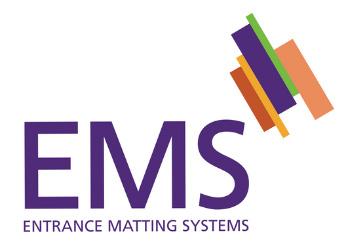
EMS offers other products that are suitable for the rail sector. These include the following:
EMS LU Multi-track (section 12): replaceable, multidirectional, natural and renewable, low-smoke emission rubber infill strips. This extremely hard-wearing entrance matting system was designed to meet the strictest health and safety requirements of the London Underground. It is on the LUL register and has been successfully installed at numerous Underground and overground train stations throughout the UK.
EMS NS12 Multi-track (non-section 12): replaceable, multi-directional rubber infill strips. Extremely hard-wearing entrance matting system designed to withstand heavy traffic from multiple directions.
EMS Evergreen Debris Channel – GREENSPECapproved entrance matting systems; the following three products are recommended for the rail sector as alternatives to the above:

DC003-md: replaceable recycled polyester and polypropylene multi-directional honeycomb, with exceptional moisture absorption and dirt retaining properties, suitable for internal (i.e. waiting rooms, shops and restaurants) and external applications. DC008: replaceable recycled rubber, which is extremely hard-wearing and ideal for external applications.
EMS Recover: replaceable, 80% recycled PET (i.e. plastic bottles) ribbed infill strips, which are fully recyclable after use due to the innovative use of thermal bonding instead of adhesives and additives. This provides
exceptional moisture absorption and dirt-retaining properties, suitable for internal applications.
The EMS Colortread entrance matting system was the first product EMS designed and manufactured when it began in 1999. This is still a popular choice with many specifiers due to the additional colour choice by means of coloured scraper bars. This provides scope to use safety and regional colours, such as East Midlands Railway. All of the same infill materials are available within the Colortread range.
For more information and to order samples, please visit Entrance Matting Systems Ltd, email info@entrance-matting.com or call 01205 761757
All EMS entrance matting systems are composed of 100% recycled aluminium grid systems and angle or ramped frames as standard. Aluminium uses very little energy to be recycled and it can be recycled to infinity without loss of quality or properties.
28
Installation of EMS Multi-track Natural (section 12) Entrance Matting installation at Romford Station
Complete Composite Systems (CCS)

The innovative and eco-friendly foundation material TECHNO-CRETE® is proving to be a successful and increasingly popular alternative to concrete post mix for rail construction projects…
TECHNO-CRETE® is a hydrophobic polyurethane foam foundation system, offering a green and cost-effective post mix option for railway contractors. Its ease of use and minimal bulk-dispensing qualities also ensure faster installation while reducing health and safety concerns.
Available in two packs, part A of TECHNO-CRETE® consists of a blend of recycled organic mineral oils from the catering trade and sustainably grown rapeseed oil, while part B contains isocyanate.
When the two packs of liquid are mixed together and poured into a hole around the post, the liquid blend expands to 20 times its initial volume to create a lightweight, high-density foam. That foam mixture rises to fill the hole and encapsulates the post, becoming a solid mass able to hold the post within ten minutes. Curing time is 24 hours but the post is hard enough to fix to within one hour.

A huge advantage that TECHNO-CRETE® has over cement-based products is its ability to be used in inclement weather. If the ground or air temperature dips below 0 degrees centigrade, the water required to mix the concrete will freeze, whereas even if temperatures drop below zero the exothermic reaction of TECHNO-CRETE® still takes place, resulting in no delays regardless of weather conditions.
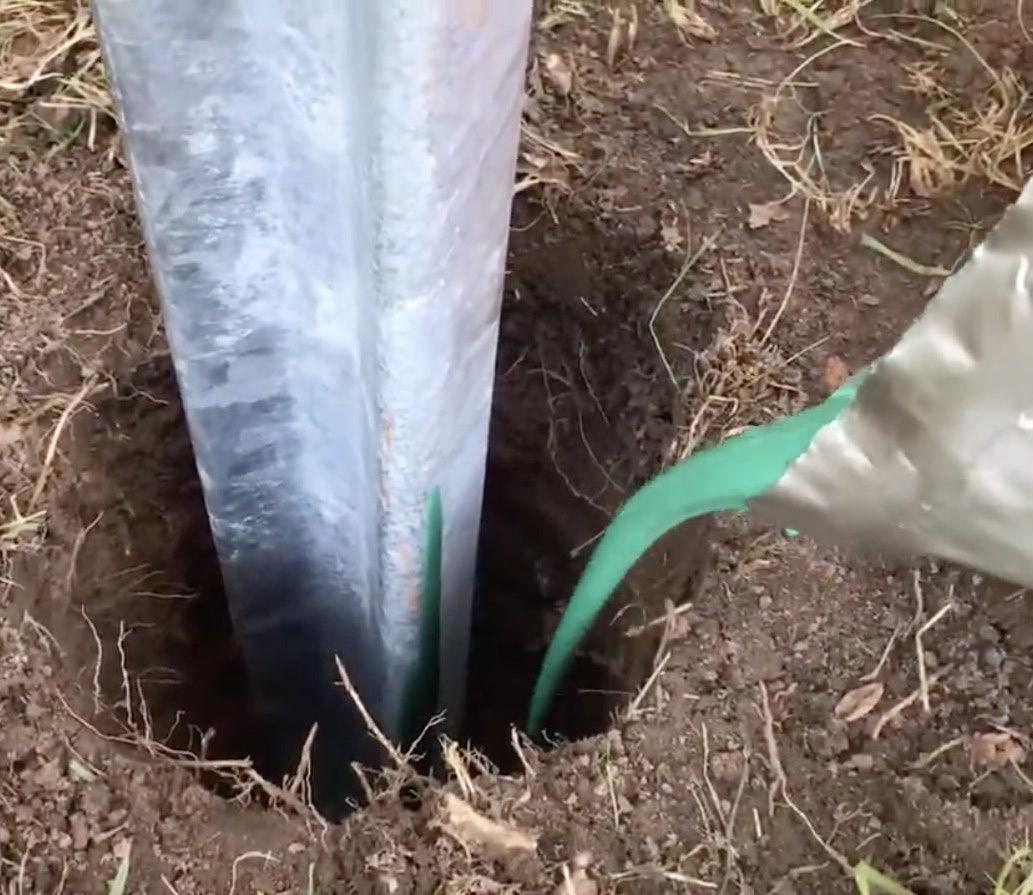
Directory
Track & Infrastructure
Track & Trackside Materials 29
Concrete Comparison
Concrete works by virtue of mass of material. In order to fill a typical 300mm diameter x 600mm deep fence post hole, 3 x 20kg bags of concrete post mix plus 20 litres of water are required. TECHNO-CRETE®, however, uses skin friction to its advantage and that same post would need just one 1.8kg bag of TECHNO-CRETE® — and no water — to support it.

A major project involving 40km of fencing with posts at four-metre centres would require 10,000 holes. Filling those 10,000 holes would use 600,000kg of concrete post mix and 200,000 litres of water: a total of 800 tonnes of material. At 18 tonnes of payload per truck, that’s 45 truckloads of material.

But filling those same 10,000 holes over 40km the green way — using TECHNO-CRETE® — would only require 10,000 x 1.8kg bags of TECHNO-CRETE®. That’s 18 tonnes of material, requiring just one truckload, resulting in a vast saving on transportation costs throughout the job.
Environmental Benefits
Cement, which makes up approximately a quarter of concrete post mix, is the world’s third-largest source

30
You can see TECHNO-CRETE® in action via a demonstrative video here.
of human-generated CO2 emissions. Producing one tonne of cement generates an estimated 1.25 tonnes of CO2. So the 800 tonnes of concrete mix required for the 10,000 holes job referenced above would generate approximately 150 tonnes of CO2.
In contrast, the 18 tonnes of TECHNO-CRETE® required for the same 10,000 holes project would produce 18 tonnes of CO2. That’s over 130 tonnes less CO2 emissions generated than when using concrete (equivalent to over 130 return flights from London to New York), not accounting for the additional CO2 emitted whilst transporting the materials to the site.
Operator Safety
With fewer tonnes of material to deal with on site, TECHNO-CRETE® reduces manual handling and results in less back damage and muscle fatigue amongst operatives. With fewer health and safety issues on site, injury claims are therefore decreased. In a recent COSHH assessment by a Tier 1 contractor run through market-leading risk management system Sypol, TECHNO-CRETE® was deemed to be harmless when used with standard PPE.
Another key advantage of using TECHNO-CRETE® is, if trackside access is poor, an operative can carry ten bags of TECHNO-CRETE® in a backpack, effectively allowing them to serve ten posts on their own. Carrying 30 bags of concrete post mix and 200 litres of water would require more time and labour, heightening the chances of operatives suffering cement burns, one of the highest health and safety issues contractors have.
Who’s Using It?
More than 25 companies, including the likes of Network Rail, Siemens, and Cleshar, have used TECHNO-CRETE® and are delighted with the results and savings.
TECHNO-CRETE® has been used to support a GRP handrail system for the upgrade of the Transpennine Route between York and Manchester, while the foundation system was also chosen to support the installation of a demarcation barrier on the London Docklands Light Railway network. TECHNO-CRETE® was also the ideal option during a challenging installation on the Northern City Line’s re-signalling project at Drayton Park in London.
TECHNO-CRETE® is a green alternative to traditional concrete post mix that:
• Dramatically reduces the amount of CO2 emitted into the atmosphere compared to concrete
• Saves on the cost of transportation and distances travelled compared to concrete
• Reduces operator injuries and therefore injury claims, boosting health & safety records
• Ensures faster installation times with less possession
• Can be used in all weathers, unlike cement-based products that require water — which would freeze in low temperatures — for mixing
For enquiries about TECHNO-CRETE® please contact the technical experts at CCS, the product’s exclusive UK distributor:
503 Broadway, Letchworth, Hertfordshire, SG6 3PT
Tel: +44 1462 379000 or +44 7860 147863
Email: info@completecomposites.co.uk
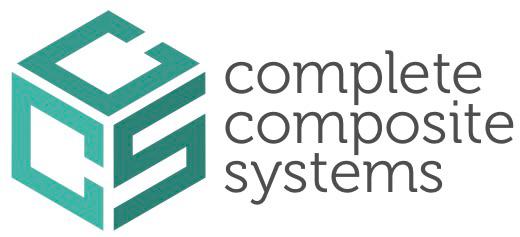
The exclusive UK rail stockist of TECHNO-CRETE® is Scott Parnell:
Asheton Farm Business Centre, Stapleford Abbotts, RM4 1JU
Tel: +44 208 8055797
Email: rail@scottparnell.com
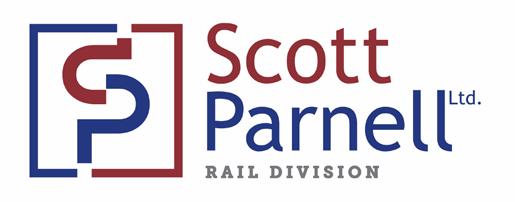
TECHNO-CRETE® is developed by Strucsol
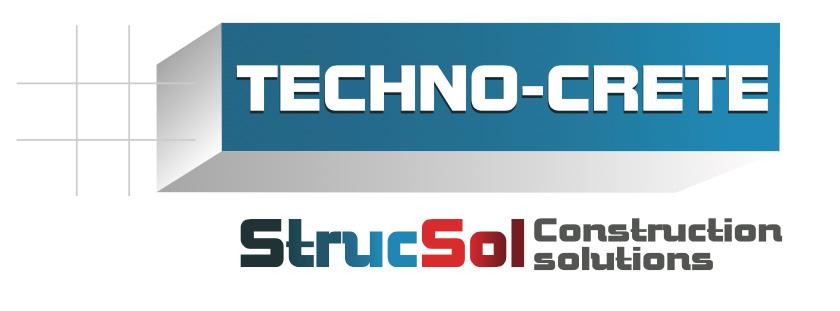
31
Trough-Tec Systems (A HIRD Group Company)

Trough-Tec Systems: Supplying Sustainability, Safety and Efficiency to the Trackside as Standard

Trough-Tec Systems (TTS), part of the Hird Group of companies, prides itself on supplying the Green Trough product range, an environmentally friendly cable management system (CMS) manufactured from 100% recycled polymer. In addition to its core range of CMS products, and in response to clients’ needs, TTS has consistently designed and introduced innovative products including an elevated system for Green Trough, composite replacement lids for existing concrete troughs, and safe, anti-slip walkways.
All products within the Green Trough range are manufactured from 100% recycled household waste, demand for which has increased year on year. Last year alone seven thousand tonnes (or 7 million kg) of household plastic were recycled globally to
manufacture Green Trough cable-management and anti-slip walkway systems. In consumer terms this equates to approximately 467,000,000 average water bottles. To help visualise this, the image below shows our colleagues Gary and Kyle holding 14kg of plastic
Directory Track & Infrastructure
TTS combined CMS and anti-slip walkway system
32
between them – the amount of plastic that goes into every single unit of a 200 series trough, its lightweight nature being demonstrated by Lucy.
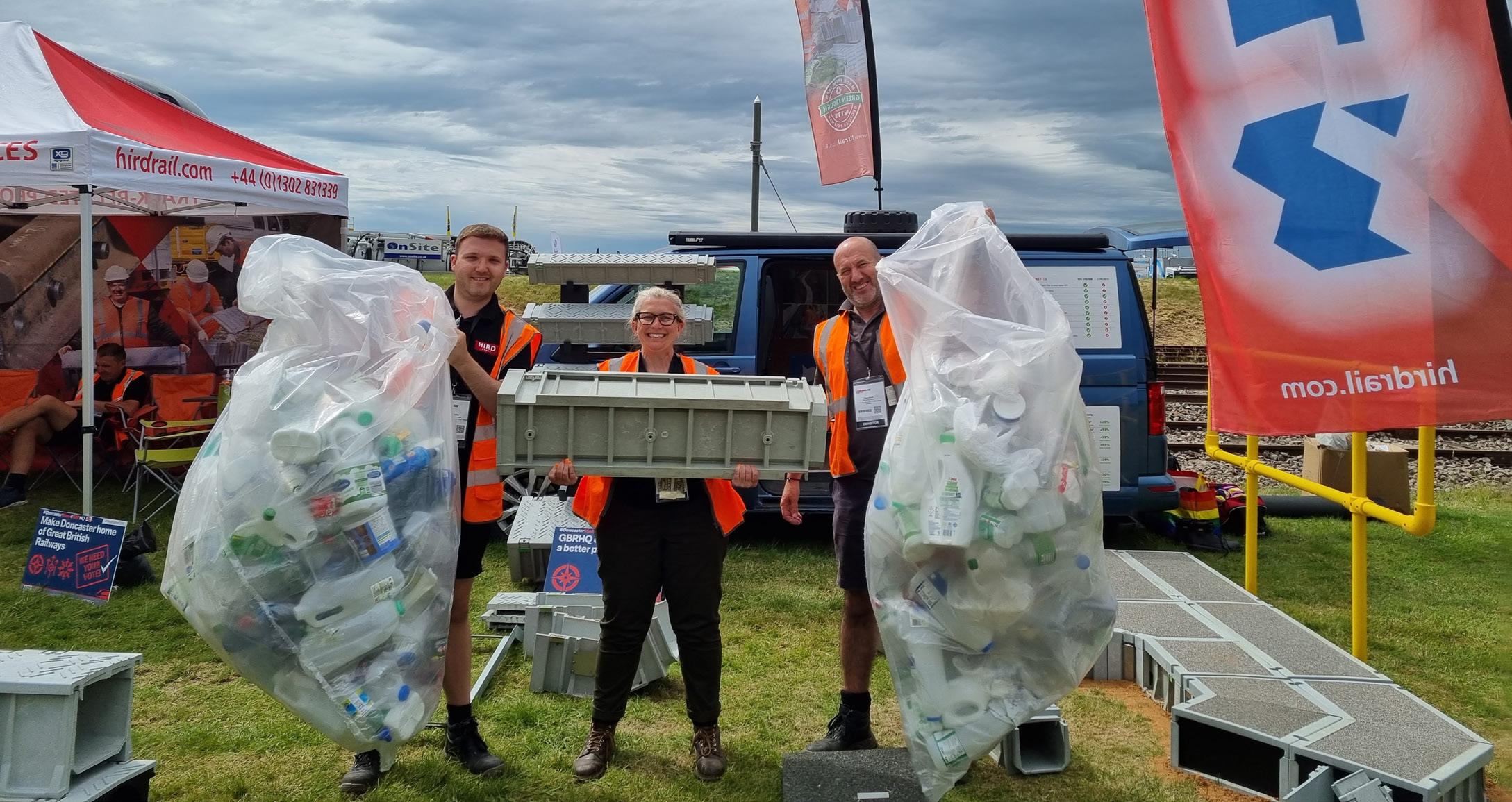
Whilst the product’s sustainability credentials are arguably second to none, the boost in efficiency and safety that Green Trough offers should not be underestimated. Green Trough is much lighter than traditional cable management alternatives and offers many material advantages. As a result, installation times are reduced significantly and it is a much safer product to handle, weighing up to 80% less than the concrete alternative. This means less resource is needed on site, and the need for lifting and handling equipment is negated: all of this maximises the costefficiency of possessions or installation programmes. Even with less resource on site, many more units can be laid per hour, resulting in a much more cost-efficient possession cost per metre.
TTS is acutely aware however of the role it plays in contributing to the improvement of its clients’ value chain emissions, also referred to as Scope 3 emissions. TTS’s product range demonstrates benefit to a client’s up and downstream emissions, which ultimately contribute to the sector’s net zero targets. Having been awarded with ISO14001 in 2021, TTS is wholly committed to environmental sustainability. TTS’s already significant value add will increase further as localised manufacture is also on the group’s agenda.
Commenting on TTS’s progress, Gary Elliott (MD) states “Our growth and reputation continue to encourage us but in parallel to we are committed to our environmental responsibilities and are moving ever closer to a real-world circular economy.We are working closely with our manufacturing and logistics partners to actively reduce the carbon footprint of the product. At the same time we are constantly scrutinising our wider supply chain and in-house production processes to ensure our operational emissions are being lowered. Sustainability and excellent customer service influence everything we do across the group,and by extension we are committed to helping our clients reduce the carbon footprint of the projects we support.”
Trough-Tec Systems has become a trusted supplier to infrastructure projects, its products having been used across many major projects including Crossrail, the North West electrification programme, Transpennine Route Upgrade, Great Western electrification programme, Midland Main Line Upgrade and East West Rail.
Clients regularly vouch for the company and its products.
London Underground explains: “Installing TTS troughing during midweek nights: [despite] limited time during midweek possession we managed to install a significant quantity in a safe and efficient manner.”
Track
Trackside Materials 33
Team TTS demonstrating the amount of recycled plastic contained in each 200 series unit
&
TTS’s products have an equally significant impact on the efficiency of major projects as well as time-constrained maintenance possessions. Client testimonials describe the product and its design as making work easy and efficient with undeniable benefits to a project’s carbon footprint: “On site,we have found the product really easy to work with…lightweight,adaptable,diverse in range with numerous supporting accessories,[its] capacity is proportionally improved over traditional trough route of equivalent size and is securable with the bolt-on lids.There have been many comments from staff on how the experience of walking lineside on the combined trough/walkway has improved.With
“Our growth and reputation continue to encourage us but in parallel to we are committed to our environmental responsibilities and are moving ever closer to a real-world circular economy.We are working closely with our manufacturing and logistics partners to actively reduce the carbon footprint of the product.“
Gary Elliot, Managing Director, HIRD Group
excellent green credentials the product is a fantastic addition to the rail industry in the UK.”
This commitment to sustainability and customer service excellence is shared by TTS with its sister companies, Hird Rail Development, Hird Rail Services and Hird Rail Development BV (operating in the Netherlands and Belgium). Across the group our mission is to provide high-quality, innovative and sustainable infrastructure products and services to the rail industry and beyond. From track infrastructure products, anti-trespass and suicide prevention and cable management and anti-slip walkway systems we mean green.
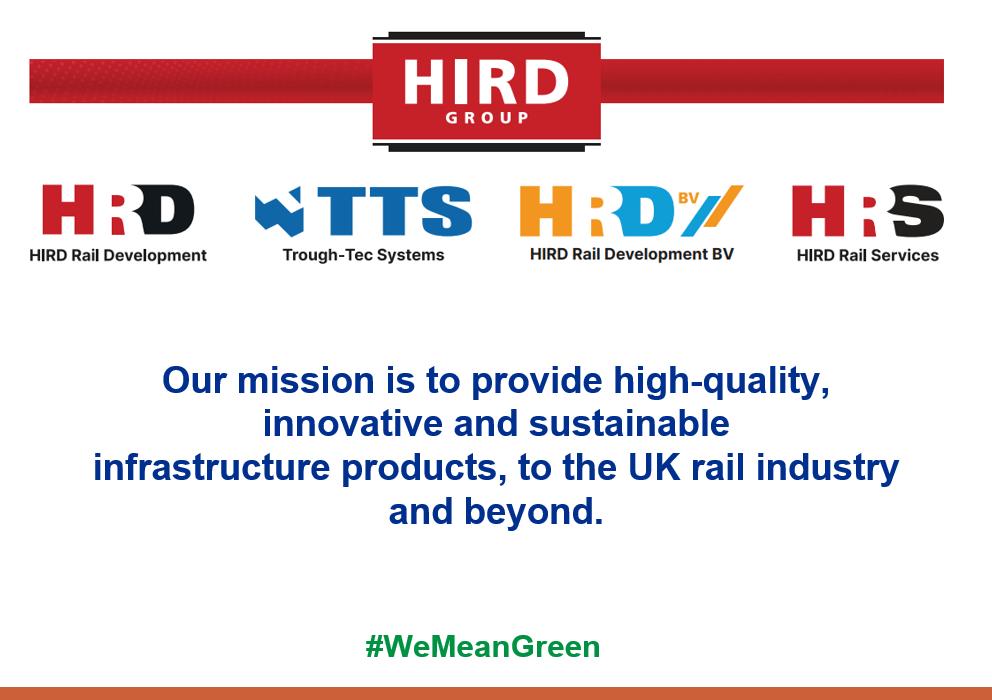
Check out our YouTube channel.
For more information on any of the above please contact Lucy Prior, Business Growth Director:
www.ttsrail.co.uk
info@ttsrail.co.uk
The Hird Group mission statement
34
DURABLE TRACK GEOMETRY STARTS WITH A SOLID FOUNDATION
Reinforce ballast and sub-ballast materials with the 3D GEOWEB® confinement system—proven to keep materials confined and track bed layers stable under the heaviest loading stresses.

BETTER PERFORMANCE with less settlement, less ballast attrition, less maintenance, less downtime and LESS COST!
www.prestogeo.com
AP-9146
3D GEOWEB® Geocells
Presto Geosystems

Ballast Stabilisation Using Geocells: The Often-Overlooked Importance of Junction Efficiency as a Key Design Consideration
Asignificant number of research studies have been carried out to investigate the benefits of using geocells in railway trackbed applications.
Combined with an ever-expanding list of successful projects from around the world, the benefits of using geocells in rail ballast stabilisation is welldocumented. Rail operators understand that durable track geometry starts with a solid foundation, and geocells have emerged as a powerful value engineering tool for reinforcing ballast and sub-ballast layers while optimising layer thicknesses.

Many practitioners may not be aware of the critical role that geocell junctions (both mechanical and internal) play in ensuring that the installed system performs in a uniform and consistent manner. In trackbed stabilisation applications, non-uniform junction performance can lead to differential settlement and localised subsidence – which in turn can lead to serviceability issues and a reduction in overall design life. In essence, poor junction performance can nullify all the intended benefits of a geocell system.
This article will succinctly discuss the different types of junctions present in geocell systems, failure mechanisms and test methods, and the concept of junction efficiency as a performance parameter.
Types of Geocell Junctions
There are two types of junctions present in any geocell system: internal junctions, the factory-welded seams that create the interior cells of the panel, located within the body of a geocell panel; and mechanical
junctions located around the perimeter of an individual panel, formed during installation when adjacent panels are connected in the field, creating mechanically joined cells along panel joints. Since a primary mechanism by which geocells provide benefit is through lateral confinement of the infill, it is vital that both types of junctions remain intact during construction and throughout the design life of a project.
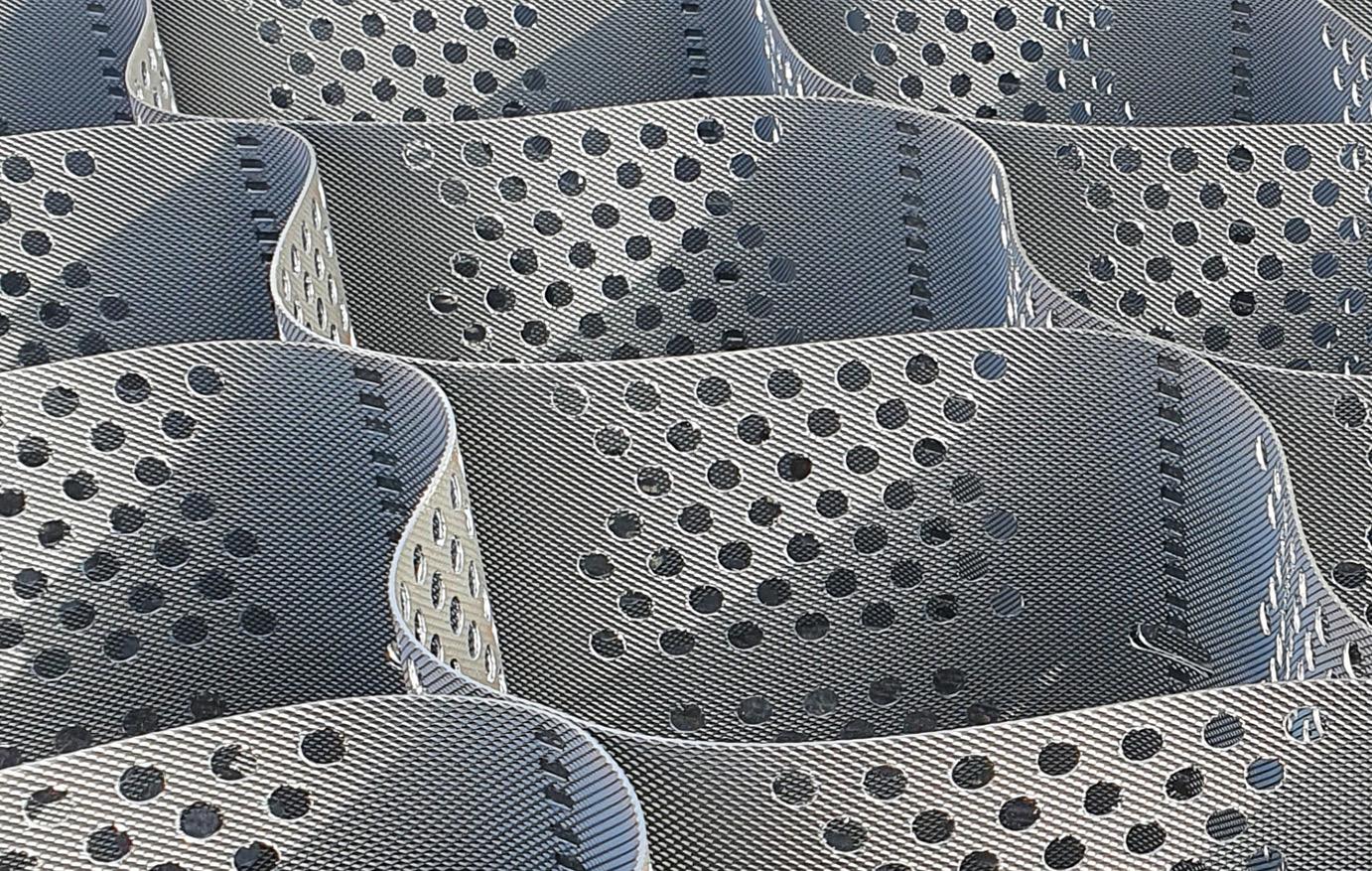
Junction Performance: Failure Mechanisms, Current Test Methods
Dating back to original research performed by the U.S. Army Corps of Engineers in early geocell development, much of the focus on junction performance was limited to peel strength of these internal junctions, with less consideration for mechanical junctions or other potential modes of junction failure. International Standard ISO 13426-1, “Strength of Internal Structural Junctions – Part 1: Geocells”, presents standard test methods for evaluating several possible failure mechanisms for geocell junctions, including failure
Directory
Track & Infrastructure
36
in shear, peeling and cell splitting. What is lacking in ISO 13426-1 and similar standard test methods is a way to relate these failure mechanisms to the tensile characteristics of the cell wall itself.
Geocells are comprised of single strips of high-density polyethylene (HDPE) joined together. From a structural integrity perspective, these junctions should be expected to perform at a level that is equal to or better than that of the cell wall itself to ensure uniform and consistent performance. This is where the concept of junction efficiency comes in.

What Is Junction Efficiency?

Junction efficiency is a ratio (typically presented as a percentage) accounting for all three primary modes of potential junction failure (shear, peeling, splitting), and compares measured junction strength values to the tensile properties of the perforated cell wall. Separate values must be determined for internal and mechanical junctions.
In the case of mechanical junctions, the type of connection must be specified, with laboratory samples consistent with in-field installations. If the mechanical junctions will use staples, then representative laboratory tests must incorporate all relevant aspects of the stapling method, including material (stainless steel vs. aluminium), gauge, minimum number per junction and vertical/horizontal spacing necessary to achieve junction performance requirements. Similarly, if cable ties or two-piece connectors are the recommended connection device, then their break strength, material composition, durability, length and
assembly instructions must be specified and tested. In the case of GEOWEB® geocells, mechanical junctions utilise Presto Geosystems’s patented ATRA® Key. ATRA Keys are simple to use and provide consistent, reliable mechanical junction performance for the life of the project. As shown in the table below, GEOWEB geocells facilitate junction efficiencies in excess of 100% for both internal and mechanical junctions, offering robust protection against the primary modes of junction failure.
Presto Geosystems
Presto Geosystems is the leading manufacturer of geocells and high-quality construction products, supporting the civil, industrial, stormwater and construction industries with solutions to meet the most demanding soil and water problems. GEOWEB Geocells offer the most trusted, longest-lasting performance of any geocell system in civil applications, supported by a worldwide network of engineers and sales professionals.
www.prestogeo.com
Geotechnical Solutions 37
The Power of E³

Thelinchpin to operating a construction site in an environmentally friendly manner is the strength and flexibility of alternative drive methods.
That’s why all battery powered Robel machines work with the same battery pack, available in different capacities – 400, 800 and 2,300Wh. This modular system is characterised by the fact that everything fits together. And because this was considered from the

outset and taken into account in the design, the energy storage unit can be used universally.
The yellow plug-on cuboids with the E³ logo already signal on the outside: I am practical, I am strong, I last for a whole work shift – or longer. The entire setup time ultimately consists of two hand movements: attach the battery, secure it and get started, whether it’s drilling, sawing, tamping, stressing or other tasks. A must for the smooth running of a construction site, as all required machines have different power requirements.

Directory Track & Infrastructure
38
The battery-powered E³ construction site – from left: ROTAMP 62.20L,ROGRIND 13.49,ROMPACT 30.20,ROCUT 13.90 © Robel
The 2,300Wh battery not only moves forward power wrenches an clipping machines, but is strong enough to cover even the activities on the track that require the strongest performance from a machine – grinding and cutting:

• ROGRIND 13.49 E³ is the master of effortless operation. Constantly high grinding power is supplied either by battery, power supply or hybrid petrol power pack. The operator only has to carry half the weight to the site, profits from low handarm vibration, a perfect view of the work area and full spark protection.
• Compact, mobile and emission-free, ROGRIND 13.45MD E³ is ideal for operations in tunnels and urban environments. With the most powerful electric motor in its weight class, 13.45 can also be used in switches and for grinding grooved and crane rails.
• ROCUT 13.90 E³ is a true lightweight, but sturdy enough to cut even the strongest rails in under one minute. Again, sparks are controlled downwards and HAVs kept to a minimum. Together with an articulated arm to support the machine weight, the cutter provides full operator comfort.
NEW: Modular Rail and Switch Grinding and Deburring
Who wants to carry heavy machines to worksites if you could have one modular system consisting of a lightweight frame and a total of eight different grinding modules?
With ROGRIND 13.63 there’s no question about it any longer. The frame holds every grinding disc or cup wheel module ever required for reprofiling rails. Those are combined with various drive options – petrol, 400VAC or battery – which is again the same type as used for the disc cutter, welding joint grinder and power wrench.
Another time-saver is the tool-free gauge adjustment and module exchange. And, as with every machine of the Robel E³ family, the operator works ergonomically comfortable and in a well lighted, low emission and noise-reduced setting.
To watch our video on the power of E³, click here! Click or scan the QR code to find out more about the modular grinder
For more information, contact Robel:
 One frame,eight modules,covering all grinding applications on track © Robel
One frame,eight modules,covering all grinding applications on track © Robel
Robel’s UK
Plasser UK Ltd +44 2089984781
robel.com Maintenance & Equipment 39
Agent
robel@plasser.co.uk
Holmatro

Rerailing Systems
Founded in 1967, Holmatro has more than 55 years of experience in designing, developing and producing high-pressure hydraulic tools and systems for both the industrial and rescue markets. With this experience, we challenge ourselves every day to deliver safe, reliable, durable and innovative solutions to our customers.

That is exactly what drew us to the world of rerailing. How can we use our knowledge and experience to get the job done safer, faster yet controlled and, in the end, create more (cost) efficiency in the operation? “We help make the world move forward.”
When developing a system with these parameters, you want to make sure you understand your customers’ needs. So we teamed up with ProRail; the leading
Dutch rail infrastructure management company, and responsible for recovery of all derailed trains within the Netherlands.
With this co-operation, we studied and examined the rerailing systems available in the market and were able to combine years of experience in rerailing, years of experience in high-pressure hydraulics and modern technology in one single system.
Johan Knuivers, ProRail: “The result of our close collaboration was astounding.We have three sets of Holmatro rerailing systems in use and together they are deployed 50–60 times per year.Due to the lower weight,safety features and ergonomics of the components,the system enables us to work faster and safer. This has resulted in the fact that we could do our job in two hours less per deployment.This time reduction and more ergonomic and safer deployment has also led to less absenteeism of our employees.”
Directory Track & Infrastructure
40
Discover Holmatro’s Rerailing Systems Safe
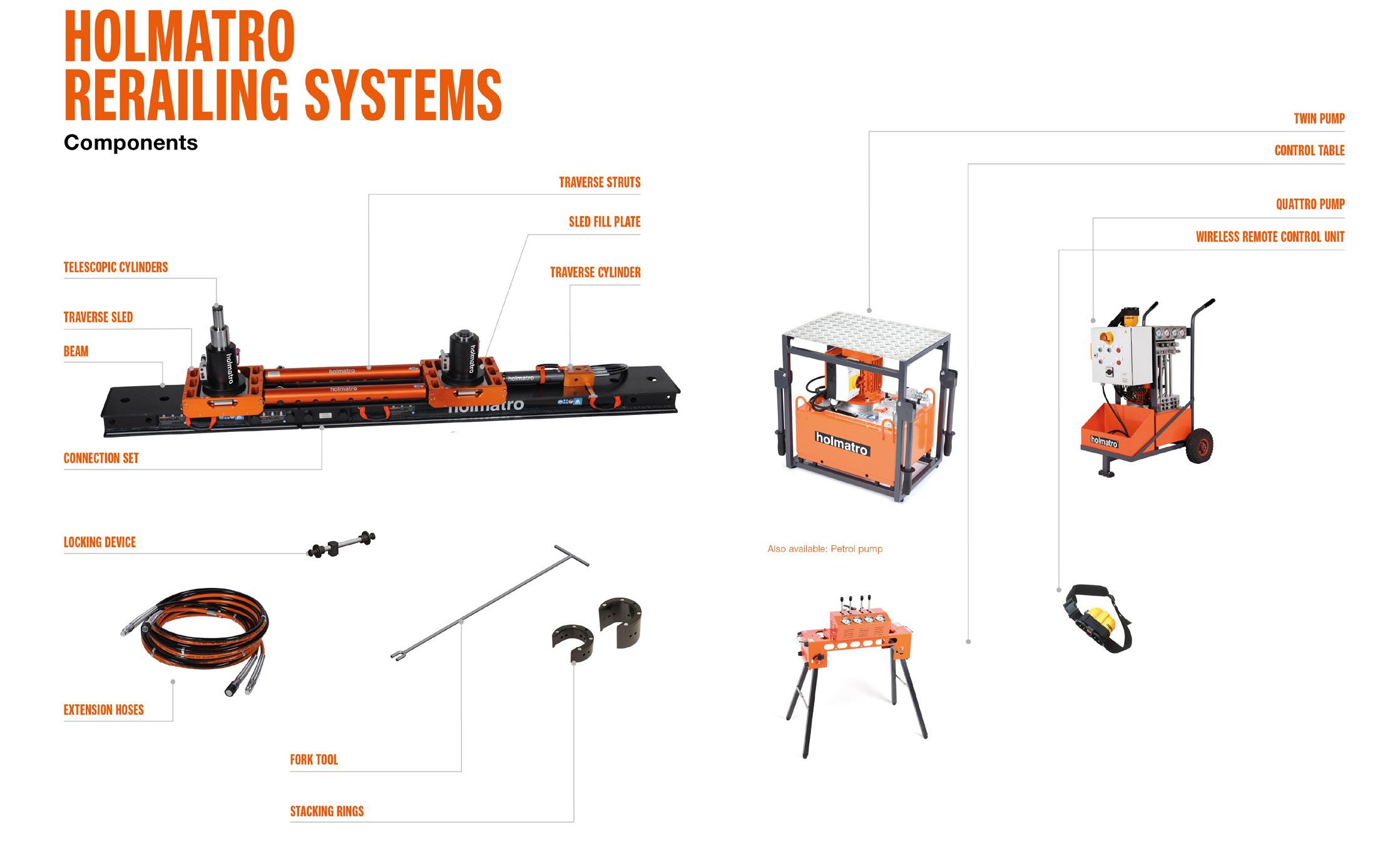
When working in demanding circumstances and when time is of the essence, you want to ensure a safe work environment above all.
• To increase stability and safety we use stacking rings when the cylinders are extracted:
• Easy to safely place around the plunger of the lifting cylinder
• Mechanically locks the load in position for a longer period of time
• Enabling you to work safely near and under the load
• Easily replaceable slide bearings both under and in the traverse sled; safer operation with less stress on the railway vehicle and the equipment; no steel wheel rollers needed, decreasing maintenance and weight
• An indicator on the traverse sleds will alert the operator to the traverse limits; prevents instability of the railway vehicle and the equipment
• Coloured hoses and matching colours on the outlets of the pump unit and/or control table; reduces the possibility of incorrect assembly and thus faulty operations
• Load-lowering valves on each cylinder; ensuring lowering is possible in a controlled manner without the load being of influence on lowering
• Integrated hose rupture security feature in the lowering valves on each lifting cylinder; ensured safety, because of the load-holding function, even in the event of a hose rupture
Controlled
Working with high-pressure hydraulics, requires great responsibility. Holmatro high-pressure hydraulic systems are designed to offer you controlled power.
• We offer a wireless, remote-controlled pump unit; no need to carry out a heavy, noisy pump unit into the field.
• Our traverse cylinder carries an equal capacity for both pushing and pulling; enabling you to both push or pull the vehicle into position; it is usable in any position and in either direction.
• Inside the traverse sleds, you will find an additional internal sled, compensating the radius the train makes; you can work with less or even without repositioning of the system during operation.
• An indicator on the traverse sleds will alert the operator to the traverse limits. This prevents instability of the railway vehicle and the equipment.
• Sled fill plates are used to place the cylinder closer to the lifted object and not lose the stroke of the plunger to reach it.
• Adapter plates are used to position the cylinder directly at the centre of the traverse sled or filling plate.
System Components Works Vehicles & Machines 41
• Last but not least, we added a locking device. Should you work in a sloped position, this device prevents the system from shifting downwards and therefore prevents an unsafe situation from developing.
Fast
A system with maximum performance at a minimum weight.
• Holmatro rerailing cylinders are fully made of aluminium; this makes them light and easy for one or two people to carry.
• Fully aluminium beams, which are lightweight and easy to carry. With the connecting set, you can connect different lengths of beams without the use of special or additional tools.
• Our traverse sleds contain sliding bearing made of a low-friction Teflon-like material (UHMWPE), and do not have steel wheel rollers, so you will experience:
• Less friction
• A huge weight reduction
• Less chance of damaging the beams
• Less maintenance
• Our traverse struts are fully made of aluminium and thus lightweight distance bars are used to keep the sleds in position. For stability reasons, Holmatro uses two bars.
• Since the traverse sleds have sliding bearings, decreasing friction, you can work with a lowercapacity traverse cylinder, resulting in a lighter cylinder. With the Holmatro system, only a 12-tonne traverse cylinder is required.
• All system components have optimally placed grips; easy to carry, by just one or two people and easy to assemble and disassemble without the use of any extra equipment.
Holmatro Compact Rerailing Unit
The lightest solution to rerail lightweight railway vehicles, with the highest precision:

• Weight ready for use only 54 kg
• Easy transportation towards the accident
• Easy to install due to its compact dimensions
• Equal, split flow pump unit
• Core hose technology; press and return one, single
hose enabling you to switch between control valves, while the pump is running
• Remote-controlled valves give you an excellent overview of the situation
Holmatro Premium Service Programme

When working in demanding circumstances with highpressure hydraulics, correct and periodic maintenance is key to working safely and creating (cost) efficiency:
• Minimise risks
• Reduce downtime
• Increase lifespan
To prevent unnecessary damage, downtime, frustration, costs and unsafe situations, we offer you a complete after-sales and service programme.
Watch our Rerailing system video here.
For
+31 (0)162
42
more information please contact: Harro Joustra www.holmatro.com/en/rerailing
751 500 industry@holmatro.com
Rolling Stock

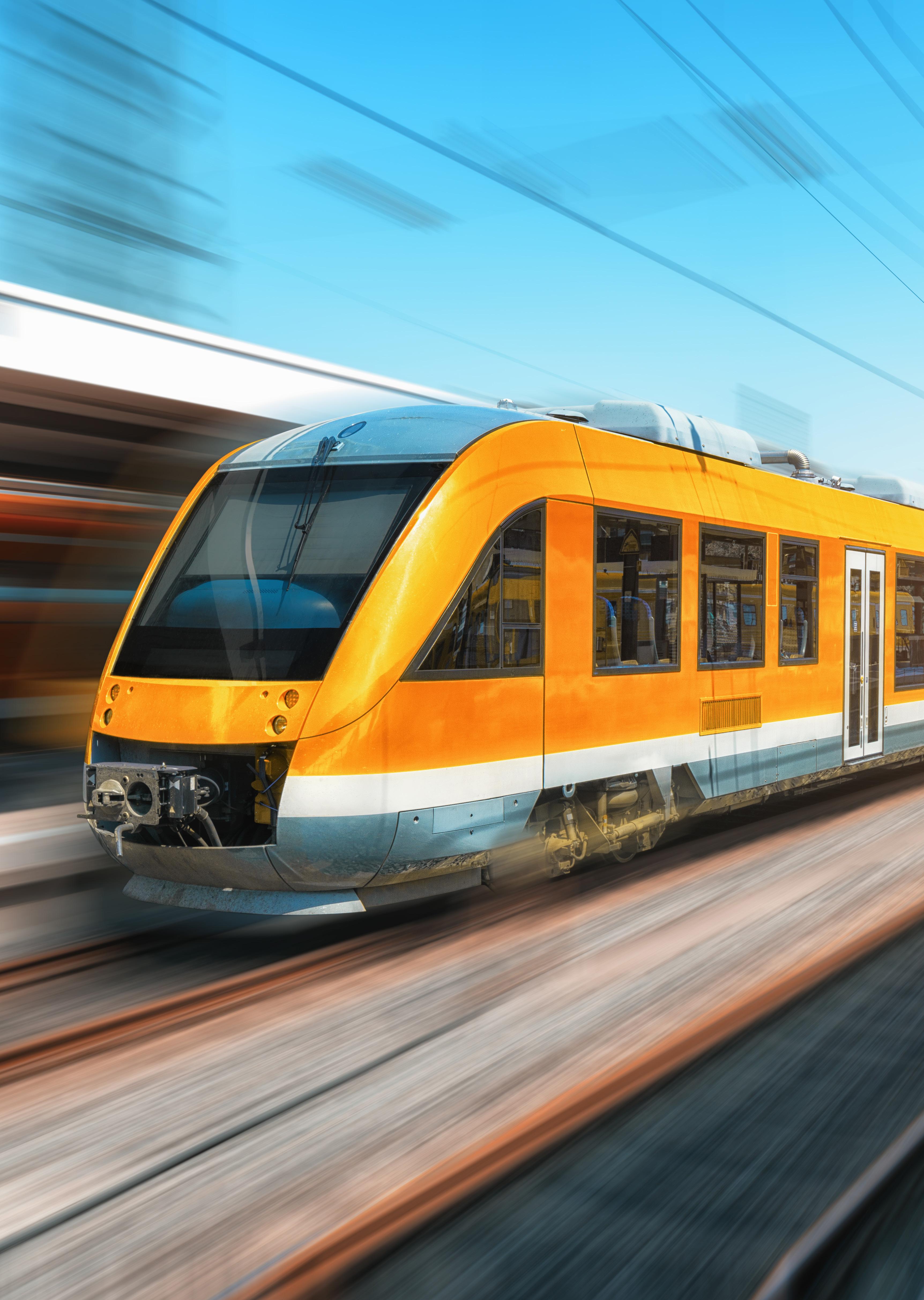
Directory
Fire Suppression Fireaway Inc. p.44 Manufacturing & Maintenance Equipment OEM Fabricators, Inc. p.47 Train Interiors U-Lift p.50 SEKISUI KYDEX p.53 Perrone Performance Leathers and Textiles p.56 Seisenbacher GmbH p.60 Axminster Carpets p.63 Complete Vehicles VR FleetCare p.66 Components & Materials THK GmbH p.69 HellermannTyton p.72
GGT GMEINDER GETRIEBETECHNIK GmbH p.75 Dürr Technik p.78 43
Traction & Power Supplies
Active Fire Suppression for Rolling Stock – Is There a Perfect Solution?
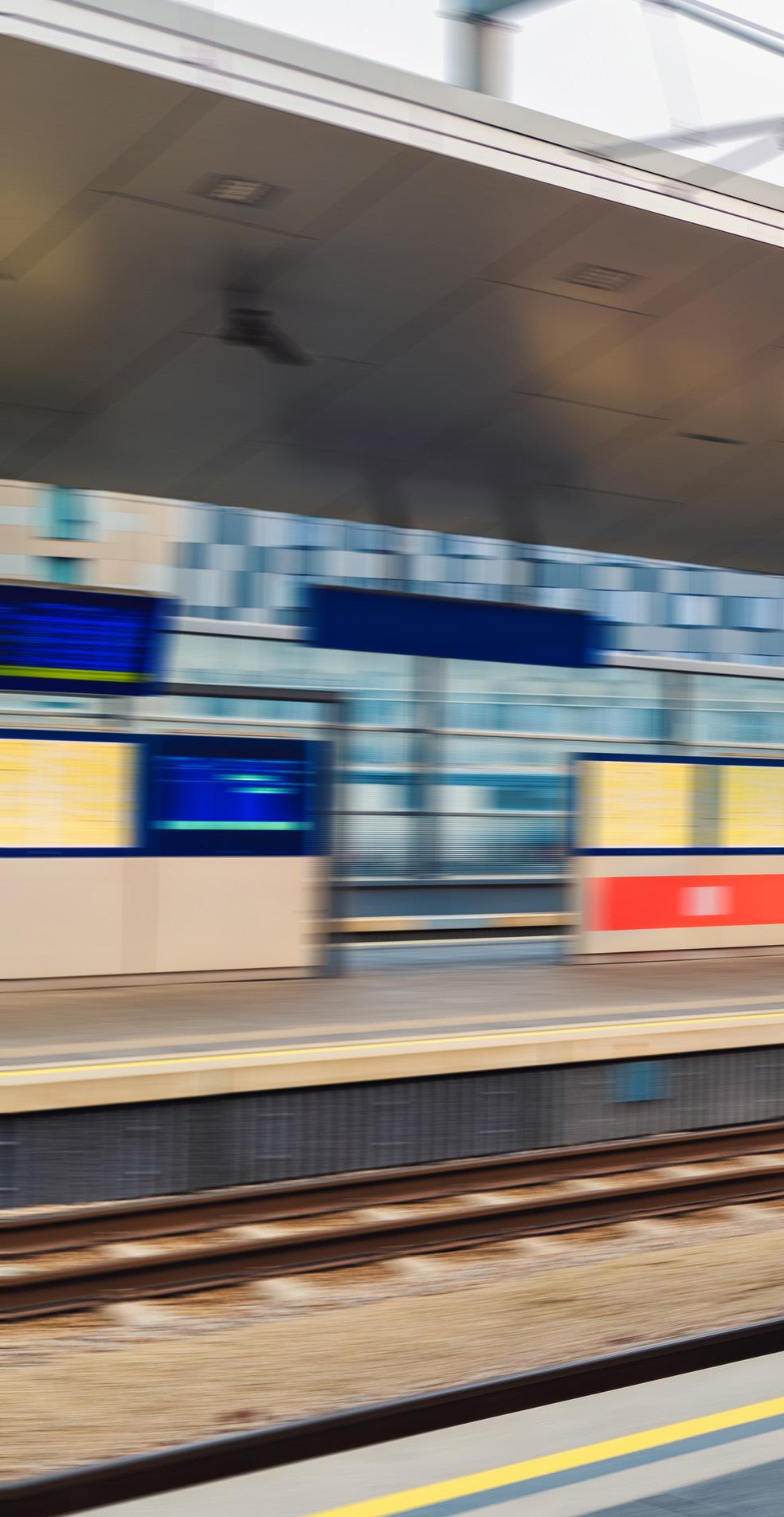

In Issue One 2023 of Railway-News, an article—of the same name—raised the following question: “When Will Rail Authorities Start Addressing Active Fire Suppression for Rolling Stock?” Therein, the need for rail safety organisations to include active fire suppression on rolling stock was emphasised. As tragic evidence of that need, the article highlighted the Kaprun Disaster in Austria that killed 155 people.
While fatal rail fire incidents are not commonplace, the Kaprun Disaster was not exactly an anomaly either. In 2002, a fire in a sleeping car in France killed twelve people while they slept. Incidents such as this and the Kaprun Disaster clearly indicate a need for active fire suppression. But what type of fire suppression systems should rail authorities consider? And is there a single type of system that can be used for all of the fire risks on all types of rolling stock?
Before delving into possible solutions, it is first important to understand the types of fire risks that exist across the varied types of rolling stock travelling today on the world’s rail networks. Those in the rail business understand that rolling stock is anything but universal.

Depending on where you are, you may find rolling stock that is powered by diesel-electric or purely electric. Also operating today are trains with motive power supplied by hydrogen fuel cells and those with largescale battery energy storage systems (BESS). In addition to the variables in motive power, passenger or freight trains carry a wide variety of things that will burn along with the means to ignite them. Each of these carries with it unique risks and hazards that must be considered and managed.
• Diesel-Electric
The diesel engine and its fuel load represent the primary risk. A fuel leak that contacts the heated engine block or exhaust manifold is a probable source of fire. Secondly, there are myriad electrical components, wiring and traction motors that all can be a competent ignition source.
• Purely Electric
Lacking the diesel prime mover and its significant fuel load, purely electric rolling stock depends on large amounts of electrical energy that passes into the train to drive the traction motors. All the electrical components, including transformers, rectifiers, inverters and traction motors pose a risk of fire.
• Hydrogen
Rolling stock powered by hydrogen fuel cells is becoming more prevalent on global rails and may even be poised to supersede diesel-electric as a source of motive power for rolling stock. While hydrogen is extremely flammable, its properties are well understood because of its widespread use in industry, and it is a very stable fuel. Hydrogen fuel cells convert hydrogen to electricity which drives the traction motors. So, the risk from a ‘hydrogen train’ approximates that of an electric train.
Directory
Rolling Stock
44
• Battery
With the success of electric vehicles (EVs) on the highway, battery-powered rolling stock is also being seen in some locations. Battery power intended as a supplement to a diesel-electric locomotive exists to improve fuel efficiency. So, a ‘battery train’ carries all the fire risks of a diesel-electric train. In addition, there are multiple racks of lithium-ion BESSs. As our experience with EVs suggests, lithium-ion BESSs carry a considerable fire risk. Once they begin to fail, the event can rapidly cascade into a thermal runaway that deflagrates and spreads the fire in dramatic fashion. BESSs are particularly vulnerable during charging as this video filmed at an EV charging station in China demonstrates.
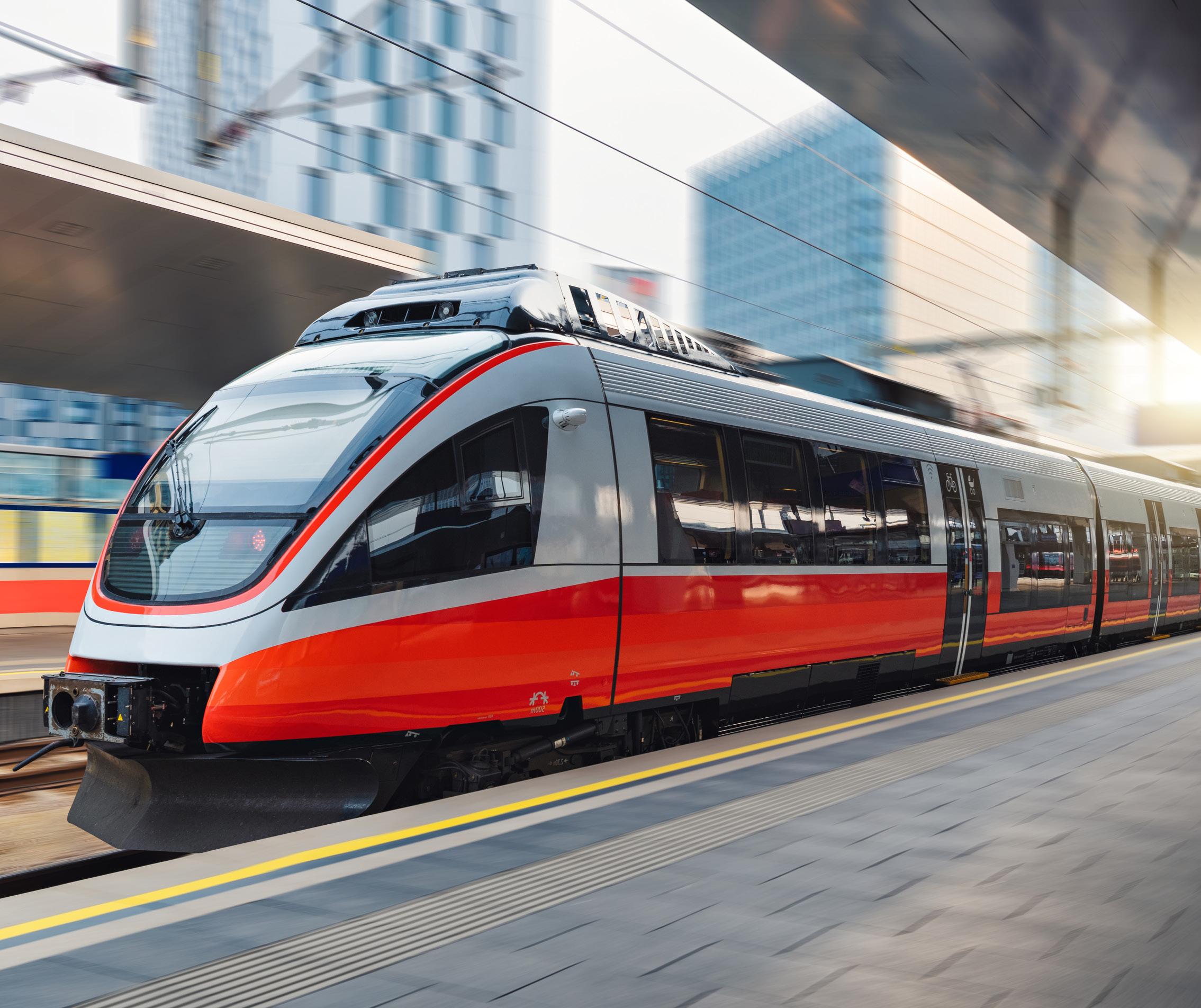
• Passenger Compartments
The fire load in passenger compartments consists of the furnishings and luggage brought onboard by passengers. Ignition sources in passenger compartments are primarily electric, which includes heaters. As with the Kaprun Disaster, heaters are a common fire cause.
So, with these myriad fire risks, how do rail authorities protect crew and passengers? And is there a perfect solution that protects against them all? As rolling stock is comprised of individual cars that are continuously linked and unlinked, this rules out legacy fire suppression systems that depend on a central system location that pipes the agent out to the source of the fire—including water-based, gaseous / clean agents and dry chemical systems.
Additionally, the system must be universal and able to extinguish multiple classes of fire. It should be designed to extinguish Class A (ordinary combustibles), Class B (flammable liquids) and Class C (electrical) fires. Furthermore, the agent must be safe to use in normally occupied areas and should pose no environmental or long-term health risks.
These are severe constraints, and when taken in total, they effectively eliminate most agents and systems on the market today. But there is an agent and delivery system that meets every one of these requirements: condensed aerosol. Condensed aerosol units require no
Fire Supression 45
piping and can be installed remotely at the individual fire risks. Upon discharge, the units totally flood the space and are effective against Class A (surface), B and C fires. Further, the agent remains suspended for several minutes to provide reflash protection. Some condensed aerosols have even been tested and proven effective at minimising the propagation of thermal runaway in lithium-ion BESS fire scenarios.
In addition to their effectiveness, condensed aerosol units are safe for use where personnel are present. They do not displace oxygen and have zero atmospheric life or persistence. Persistence is a real health issue facing many firefighting foams and some clean agents and has been linked to water contamination. Additionally, condensed aerosol units have zero global warming or ozone depletion potential—additional problems facing a number of clean agents currently in use, many of which are seeing their production curtailed by environmental regulatory agencies.
When rail authorities finally begin considering active fire suppression on rolling stock, they will need to consider of all the challenges described herein. While in the past, these challenges may have appeared insurmountable, in today’s world, they are not. There
is a perfect solution. And the time for making rolling stock a safer form of travel is now. Rail authorities have no good excuse to do otherwise.
About Fireaway Inc.
Fireaway Inc. is located in Minnetonka, Minnesota. Fireaway Inc. designs and manufactures the Stat-X® condensed aerosol fire suppression product line used to protect enclosed special hazards.
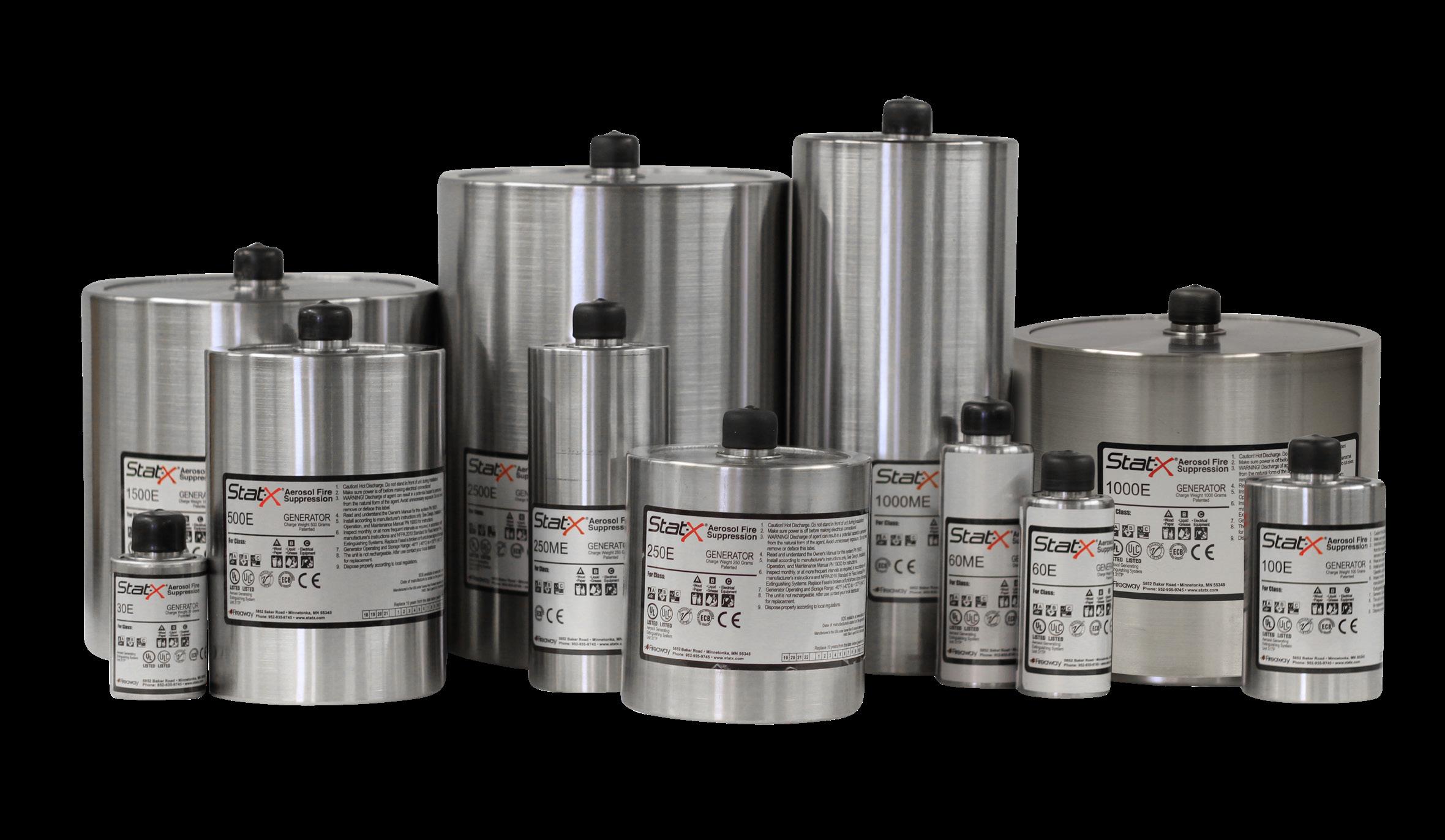
Contact us for more information!
Fireaway Inc.
5852 Baker Road
Minnetonka, MN USA
statx.com
46
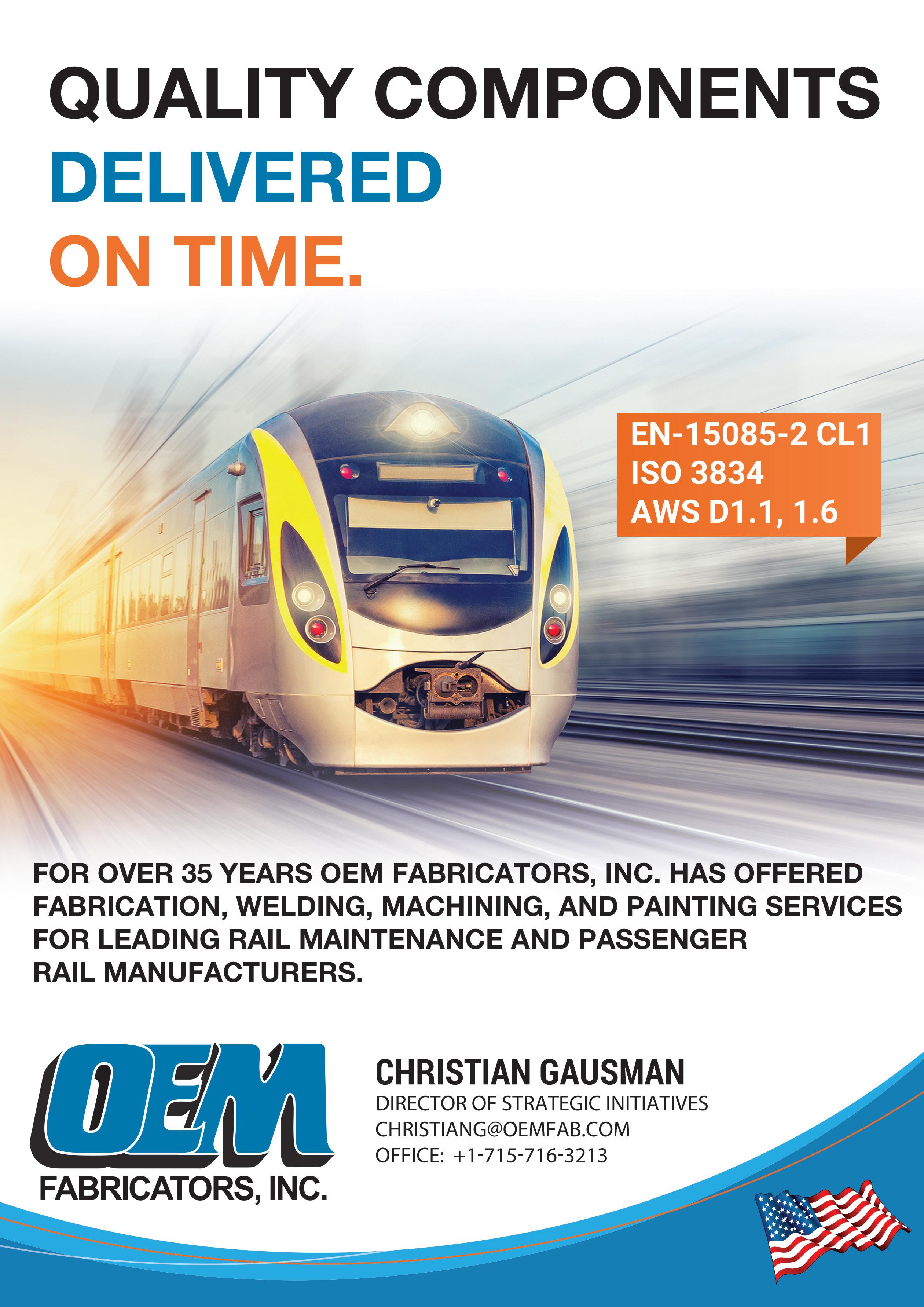
OEM Fabricators, Inc.

A Low to Medium-Volume Fabricator Adds Automation
OEM Fabricators, Inc., a contract metal fabricator with locations in the United States recently expanded its robotic welding capacity to serve its rail customers.

Initially, a volatile customer segment in the oil and gas market was the target for the first robotic welder. “The steep increases and decreases in work made it difficult to plan the workload and give stability to our workforce,” said Christian Gausman – Director of Strategic Initiatives. Since the initial robot in 2013, OEM Fabricators, Inc. has increased its number of robotic welders and capacity to serve its passenger train and rail maintenance customers, recently adding two additional units. Having previously tried robotic welders in 2003, OEM found the programming technology did not offer quick enough programming and setup for its low to medium-volume production. Improved
tools on lower to medium-volume production which increases productivity, protects the workforce from swings in demand and provides more repetitive production and improved quality.
Next steps towards automation for OEM Fabricator’s, Inc. include a collaborative robot (cobot) integrated with a machining centre. “We expect to take delivery of the cobot in May and will be ready to implement the machine shortly afterwards.We’re excited to incorporate these tools into our production and better serve our passenger train and rail maintenance,” said Gausman.
About:
Founded in 1986, OEM Fabricators, Inc. built its business by providing contract manufacturing services for local original equipment manufacturers in the Midwestern
Stock
Rolling
Directory 48
levels of service and quality, the company spent its first twenty-five years experiencing rapid growth in its customer base throughout the United States and Canada. In 2012, OEM became EN 15085-2 Class 1-certified and has used this certification to support North American and European manufacturers in the rail maintenance industry and develop into a key supplier in the passenger rail industry.
Services Offered:

OEM Fabricators, Inc. has a team of highly skilled craftsmen and women building products for leading manufacturers in the oil and gas, construction, mining, rail maintenance and passenger rail industries. OEM Fabricators provides contract-manufacturing services including design assistance, fabrication, welding, machining, painting and light assembly. The company’s strength is complex small to medium-sized components. Examples of products built are structural frames, work head components, underframes, bogey frames, coupler components, tanks and assorted large battery/hydraulic/electrical boxes.

EN Welding:
In 2012, after serving the rail maintenance industry for twenty years, OEM Fabricators became EN-certified to build components for a customer exporting rail maintenance machines from the United States to Europe. Since that project, OEM Fabricators’ highly
skilled team of welders and weld engineers have completed numerous projects either to EN standards for export to Europe, or for European manufacturers setting up localised production in the United States to service the North American market and meet Buy America requirements. Today, OEM Fabricators is one of a small number of contract manufacturers in the United States offering EN 15085-2 Class 1-certified welding.
With over twenty years of experience working with European companies, OEM Fabricators is one of a few full-service (machining, welding and painting) suppliers in the United States with a deep understanding of European material grades, tolerance standards, weld standards and testing standards. OEM Fabricators’ ability to produce product according to the original European market design, as well as help its customers navigate through the differences between standards, reduces the learning curve and serves as a valuable asset for its customers.

49
Manufacturing & Maintenance Equipment
Growing in a Wider Market
U-Lift in Backaryd, Ronneby municipality, continues to expand and grow with both existing and new customers on the world market. Recently, additional agreements were reached with world-leading train manufacturers and more business agreements are ready for contract writing.
U-Lift in Backaryd, Sweden with offices, a warehouse and a production facility, is a local manufacturer operating in the global market. With quality-assured lifts, ramps and air suspensions, primarily for rail-bound vehicles for passenger transport, the company has
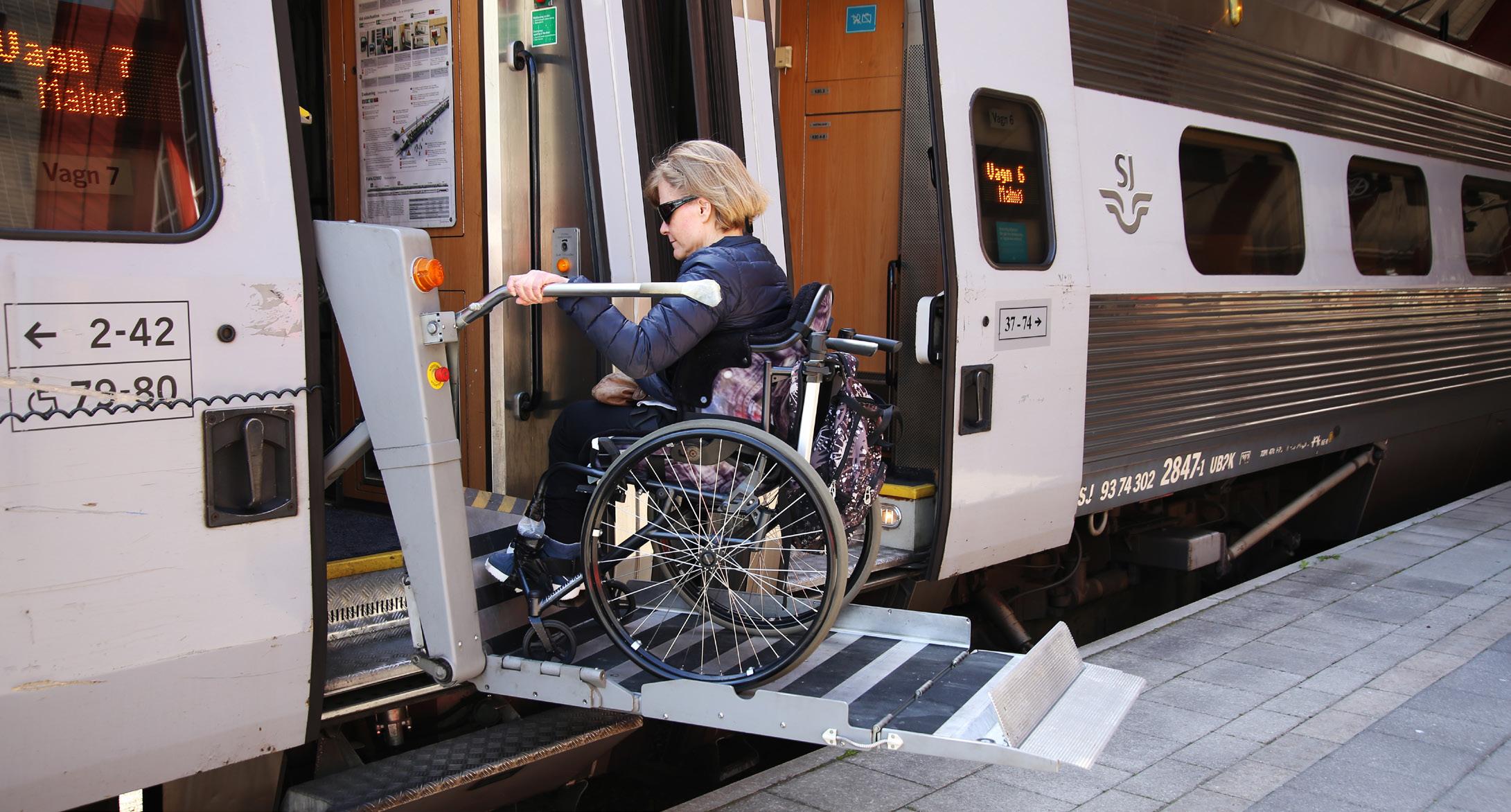


established itself as a stable and leading supplier in the industry, nationally and internationally. Since its launch in 1957, its manufacturing activities have gradually developed and today the focus is on the production of lifts, ramps and air suspensions, mainly for trains.
“We are in a strong growth phase.With the latest orders,we have taken great steps towards our growth strategy and have been able to open the doors to a wider market,” says Stephane Thomsen, Sales and Marketing Manager, U-Lift.
Specialised Manufacturing
U-Lift is a leader in the industry, with exports primarily
Directory Rolling Stock
Accessibility when travelling made possible 50
to European countries but also globally with countries as far as Brazil. The company has specialised its manufacturing, and will continue to specialise in trains and rail-bound vehicles.
“The situation in the outside world obviously affected our production.Our business with Russia and Belarus is fully discontinued in accordance with the restrictions. At the same time,we have opened up co-operation with new countries,including Thailand and China.We are, and will continue to be,‘best in class’ for rail-bound vehicles,” says Stephane Thomsen.
The trend in the market shows that more and more countries are prioritising higher accessibility when it comes to passenger transport. Higher demands from clients, manufacturers and users mean adaptations for U-Lift as a supplier as well.
“Our business model is based on us being able to adapt the products to the current structure but also being able to adjust and meet the requirement specifications
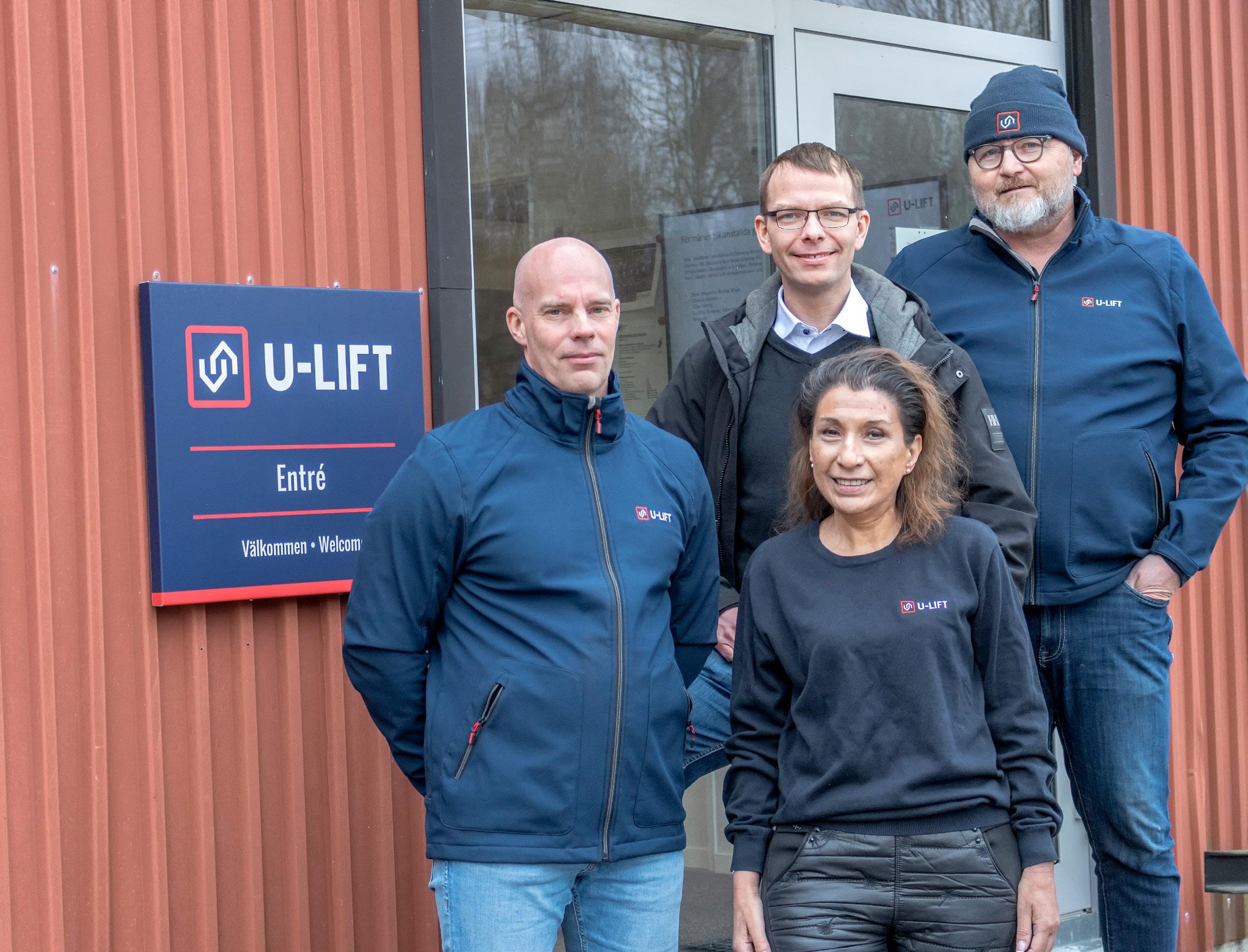 U-Lift in Backaryd have faith in the future and have recruited several new employees.From the left: Lamine Sternkult,new Sales and Project Manager; Stephane Thomsen,Sales and Marketing Manager; and Mattias Olsson,CEO and Co-owner.In the middle: Velia Ekström,new Quality Manager at the company
U-Lift in Backaryd have faith in the future and have recruited several new employees.From the left: Lamine Sternkult,new Sales and Project Manager; Stephane Thomsen,Sales and Marketing Manager; and Mattias Olsson,CEO and Co-owner.In the middle: Velia Ekström,new Quality Manager at the company
“We are in a strong growth phase.With the latest orders, we have taken great steps towards our growth strategy and have been able to open the doors to a wider market.”
Train Interiors 51
Stephane Thomsen, Sales and Marketing Manager, U-Lift
The company has specialised its manufacturing in trains and railbound vehicles
in new infrastructures.Our very largest products are still wheelchair lifts such as the INV–300 and UPL–300, they are product platforms that can be adapted to new requirement specifications in each unique project,” says Stephane Thomsen.
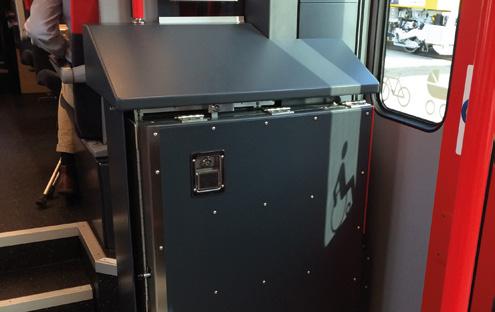
New Business Partners
In the latest investments, expanded production areas
and warehouse space are accommodated in parallel with new recruitment for the facility in Backaryd.
“Our goal is to grow 15 percent a year,which we have exceeded.By strengthening the flow through expanded surfaces,we have been able to increase the production rate in accordance with our target.The fact that we continue to strengthen competence with new employees means that we can connect with new partners and business partners.There is a strong belief in the future at U-Lift,” says Stephane Thomsen.

U-Lift AB
Värmansmålavägen 11 372 77 Backaryd Sweden
+46 (0)457-450 650
u-lift.se/en
U-Lift AB med huvudkontor i södra Sverige tillverkar och säljer rullstolslyftar och ramper för järnvägsapplikationer, samt minibussar, låggolvsstadsbussar och lätta lastbilar. U-lift är ett ledande företag inom fordonskomponenter med produkter för resenärer med nedsatt rörlighet.

U-Lift AB based in South-Sweden develops and markets wheelchair lifts and ramps for railway applications, as well as for minibuses, low-floor city buses and load lifts for light commercial vehicles. U-Lift is a leading company in the automotive market with products for people with reduced mobility.
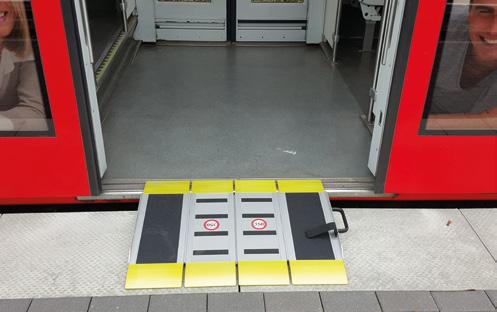
U-Lift AB mit Sitz in Süd Schweden entwickelt und vermarktet Rollstuhllifte und Rampen für Bahnanwendungen, sowie für Kleinbusse, Niederflur -Stadtbusse und Lastaufzüge für leichte Nutzfahrzeuge. U-Lift ist ein führendes Unternehmen im Automotive mit Produkten für Reisende mit eingeschränkter Mobilität.
Webb: u-lift.se
U-Lift AB SE-370 11 Backaryd, Tel: +46 (0)457-45 06 50, Fax: +46 (0)457-45 00 62, E-mail: info@u-lift.se Copenhagen Stockholm Berlin U-lift is certified according to ISO9001 and 14001, for welding to EN3834 and EN15085 and the TSI PRM 2008/164/EC. All of our lifts meet the requirements regarding fire resistance EN45545 U-Lift ist zertifiziert nach ISO9001 und 14001, Schweißen zu EN3834 und EN15085 sowie der TSI PRM 2008/164/EG Alle unsere Lifte erfüllen die Anforderungen in Bezug auf Brandbeständigkeit EN45545 Vi underlättar tillgängligheten för personer med nedsatt rörlighet We improve the accessibility for persons with reduced mobility (PRM) Wir erleichtern die Zugänglichkeit für Personen mit eingeschränkter Mobilität
”U-Lift is a leading company in the automotive market with products for people with reduced mobility.”
DURABLE SUSTAINABLE CUSTOMIZABLE

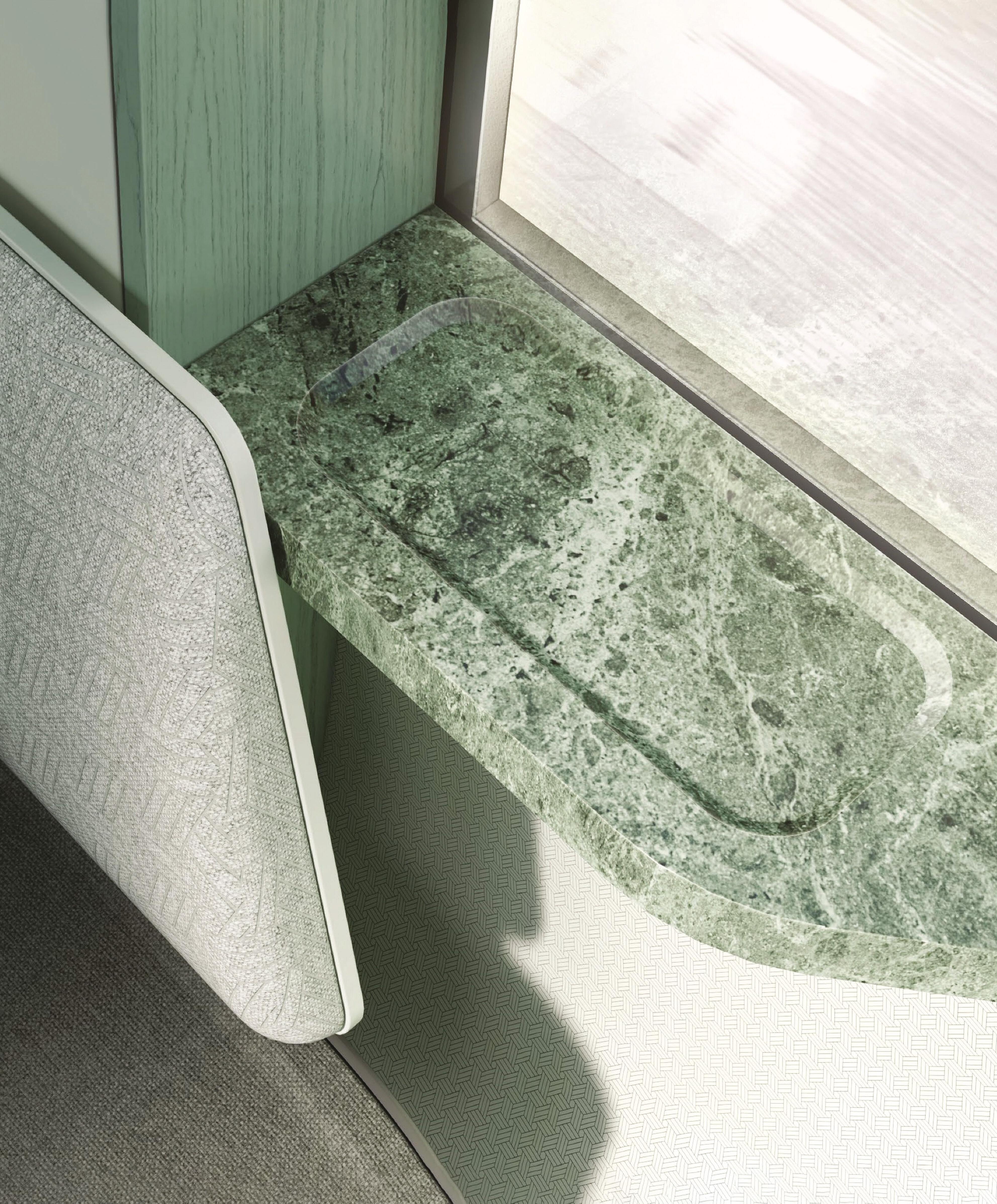
Make the journey as exciting as the destination. kydex.com
Rolling Stock
SEKISUI KYDEX
Rapid Prototyping KYDEX® Thermoplastics Seatback for Rail Interiors

KYDEX® Thermoplastics offer ample design flexibility while meeting the most stringent fire, smoke, heat release and toxicity requirements.

As a lightweight and durable alternative to FRP, KYDEX® Thermoplastics are not only graffiti resistant, but offer unlimited design possibilities for shape, colour and embossed features, including texture.
As a globally recognised leader in high-performance speciality polymers for mass transit interiors, KYDEX® Thermoplastics provide long-term durability and weight savings over FRP, aluminium or steel, making them the sustainable choice for customers who expect rail cars to last 20 years or more. With the rolling stock industry growing worldwide, the rail industry is in a position to become more sustainable through its material selection process. As a replacement to
FRP, thermoplastics can transform rail car interiors to improve the passenger experience.
The SEKISUI KYDEX mass transit interiors team set out to showcase how thermoplastics can provide better aesthetics, enhanced durability and improved sustainability for rolling stock interiors.
To do this, the designLab™, appLab™, business development teams and SEKISUI KYDEX summer interns from the Pennsylvania College of Technology’s plastics and polymer programme collaborated to create a pressure-formed sample using PVDF capped KYDEX® 2200LT rail material with Infused Imaging™ technology. The mass transit prototype project offered an opportunity to educate the interns on the rapid prototyping process while creating an educational tool for customers to illustrate different thermoforming processes within one part.
“Our internships give students the opportunity to work on real projects as part of the learning process.This project is an excellent way for our interns to get handson experience in the field they are interested in,while also providing us with an educational tool for use with customers.The final part provided a physical sample of how KYDEX® Thermoplastics perform in different thermoforming processes,” said Shawn Gum, Business Development Engineer. To kick off the project, a competition was held among the interns to design and present mass transit-inspired parts for consideration, with Elijah Peltz’s design for a mini seatback with the KYDEX® Thermoplastics logo being ultimately chosen.
During his experienceship, Peltz learned to programme design for both RenShape® and aluminium tools. Ideally, the final tool would be made from aluminium because
Directory
54
KYDEX® Thermoplastics with Infused Imaging™ Olive Ash woodgrain design
Thermoforming process inside appLab™ Innovation Center
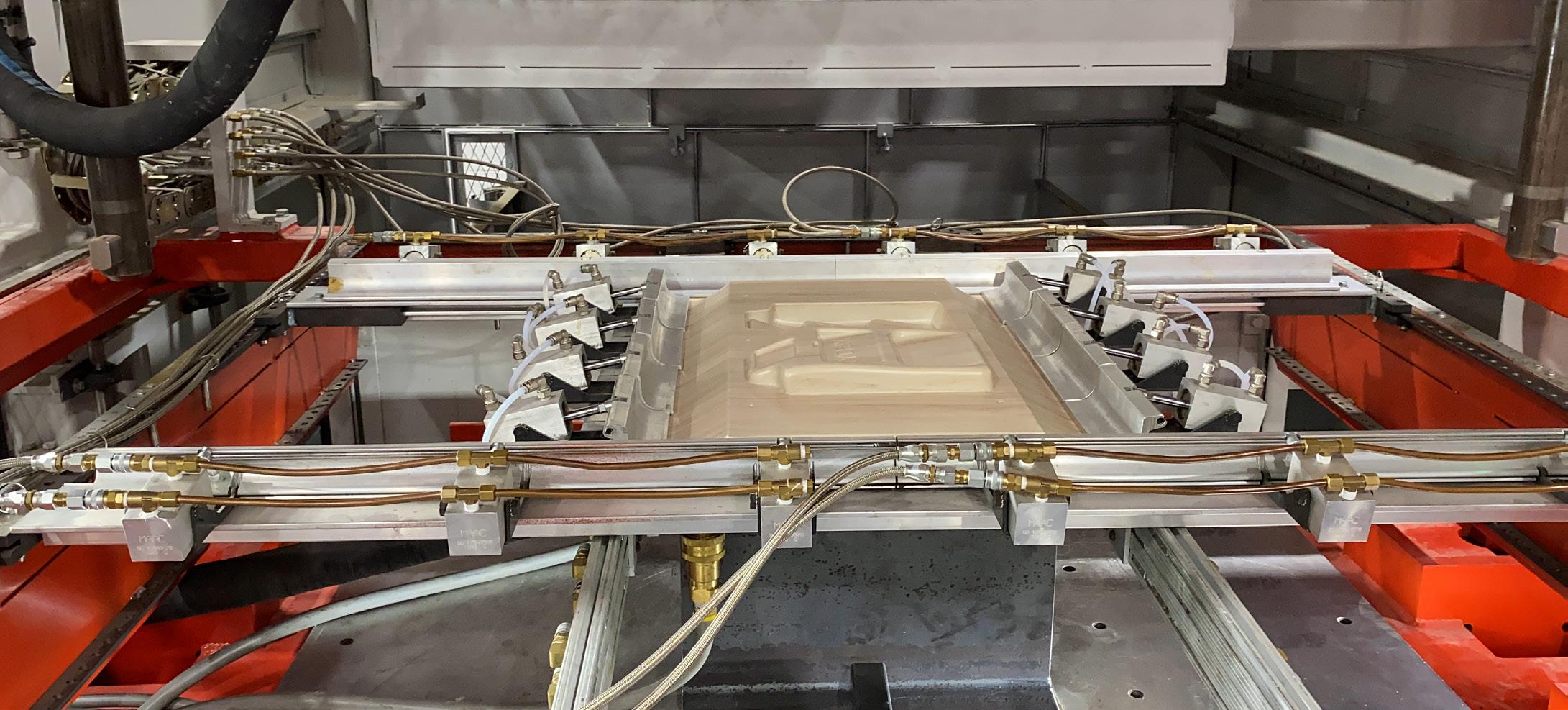
the moulds are temperature-controlled and provide better consistency from part to part. They are also more durable and can be used for thousands of parts. RenShape® is an inexpensive polyurethane modelling and styling board that can be quickly and easily CNCrouted into specific shapes but is not temperaturecontrolled. Although the temperature of the mould can fluctuate over time and the part dimensions can vary from part to part, it is ideal for rapid prototyping.
The initial parts pulled from the round were excellent talking pieces for the InnoTrans summit. “Several seat manufacturers I visited at InnoTrans were impressed with the design capabilities of the thermoformed mini seatback.They were particularly interested in the patterned samples as great alternatives to laminates. They also provided us with some pattern direction which we were able to implement in our next round of samples,” said Ruben Bake, Mass Transit Business Manager.
While the appLab™ team was working on tool design, the designLab® team was developing patterns and selecting colours for the final parts. Their goal was to showcase the benefits of integral colour and Infused Imaging™ technology utilising PVDF-capped materials, compared to metal or fibreglass that is traditionally painted. “One of the greatest benefits of using Infused Imaging™ on capped KYDEX® Thermoplastics is that customers can create custom panels with orders as low as one sheet!” said Karyn McAlphin, Creative Design Lead.
Infused Imaging™ technology embeds the pattern into the sheet rather than on it, allowing custom quantities and increased quality. Importantly, it won’t chip, fade or delaminate like other materials, and because the design permeates the capped material, it retains the anti-graffiti and cleanability properties of the PVDF film. The team then pressure-formed a full set of positive and negative parts using the textured tool in time for the RedCabin Railway Interior Innovation Summit.
Utilising rapid prototyping and industry-leading design, the teams delivered on their mission to create a versatile and educational part for the mass transit industry. As collaborative partners, SEKISUI KYDEX puts innovation at the forefront of its business by guiding customers through the project from beginning to end. The experts inside the Innovation Centers, designLab® and appLab™, are available to our partners to help identify the best solutions for their applications.
For more information contact Ruben Bake: kydex.com

570-387-6997
info@kydex.com
 Watch our mini seatback case study video!
Watch our mini seatback case study video!
Train Interiors 55
Monulite™ interior surface covering
Monulite™ is a state-of-the-art, non-woven backed polyurethane coated material designed specifically to meet the certification requirements for headliner and side wall surface applications. Monulite™ is made to order and can be produced in any custom color with a wide variety of custom finishes, including decorative gaufrage embossings.
In addition to its leather like appearance, the proprietary composition of Monulite™ yields superior noise reduction characteristics, contributing to a more pleasant in-cabin experience.

Ecolite™ synthetic seating upholstery
Ecolite™ is an antimicrobial polyurethane coated fabric, featuring the look and feel of genuine leather at a fraction of the weight. At only 330g/m2, Ecolite™ boasts a weight savings of 30-60% versus traditional leather. Its closed cell surface coating makes Ecolite™ graffiti and stain resistant, in addition to providing an inherently antimicrobial solution.
Perrone is performance. Perroneco.com

Perrone
Perrone Performance Leathers and Textiles
Perrone Performance Leathers and Textiles is a leader worldwide specialising in high-performance, sustainable leathers and textiles for the transportation industry.

Perrone manufactures a full range of genuine leathers suitable both to high-traffic applications as well as for the most bespoke passenger environments. Perrone’s focus has been on weight reduction and the development of sustainable, lightweight leathers and synthetics that meet the stringent regulatory demands of the transportation market.
Perrone offers three genuine leather options for rail clients: Featherweight, Elite and Skyline. Featherweight offers a 25–35% reduction in weight versus standard leathers and is made from a raw state to maintain durability. Elite features a minimally corrected surface, and a finish which provides enhanced performance plus a soft supple hand similar to the finest grain leathers. Skyline provides enhanced performance and is designed for price-sensitive applications.

Perrone’s flagship synthetic leather product for rail is Ecolite™. Ecolite™ is a polyurethane-coated synthetic developed by Perrone exclusively for the rail industry. Ecolite™ weighs 330g/sm, a weight savings of 30–60% compared to traditional leather. Compared to fabric, the closed-cell surface coating of Ecolite™ ensures an inherently stain and graffiti-resistant surface that is also antimicrobial. Ecolite™ is easy to maintain with periodic soap and water cleaning, eliminating the need for environmentally damaging dry-cleaning and treatment chemicals. Rail seats dressed in Ecolite™ can also be cleaned without any need for removal. This removes costs and carbon emissions from transport.
Traditionally, fabric has been the preferred choice for rolling stock upholstery due to a limited number of customisation options for leather and synthetics. “Our
new printing capabilities are closing this gap,giving the rail market a unique design option for their seating,” explains Perrone.
An additional textile innovation offered by Perrone is Monulite™, a state-of-the-art, non-wovenbacked polyurethane coated material. Monulite™ was specifically developed for headliner and side wall surface applications, meeting all certification requirements. Monulite™ can be produced in any colour, a wide variety of finishes or with gaufrage embossing. Monulite™ co-ordinates well with other materials due to its leather-like appearance. This significant and innovative Perrone textile offers superior noise abatement characteristics and offers a complete range of customisation choices, including custom printing.
Perrone’s innovative rail textile products meet or exceed the highest standards for required performance and durability specifications including BS EN 455452:2013+A1:2015: Annex C – R21 – HL1, HL2, & HL3, Boeing Test Method BSS 7239 Rev-A, and NFPA 130 Standards for Seat Upholstery.
“We are very excited,” explains Perrone. “Our new portfolio of options elevates our product offerings to a completely new level not available elsewhere.Our customers are sending us fabric swatches and asking us to match their existing patterns.It is incredible to see the huge development of this truly unique innovation.”
perroneco.com
518-853-4300

Stock 58
sales@perroneco.com Directory Rolling
BEAUTIFUL TO TRAVEL WITH...
WOOL BENEFITS FOR RAIL
Wool’s acoustic absorption abilities help to reduce noise in carriages


Quality craftsmanship ensures long term appearance retention and performance

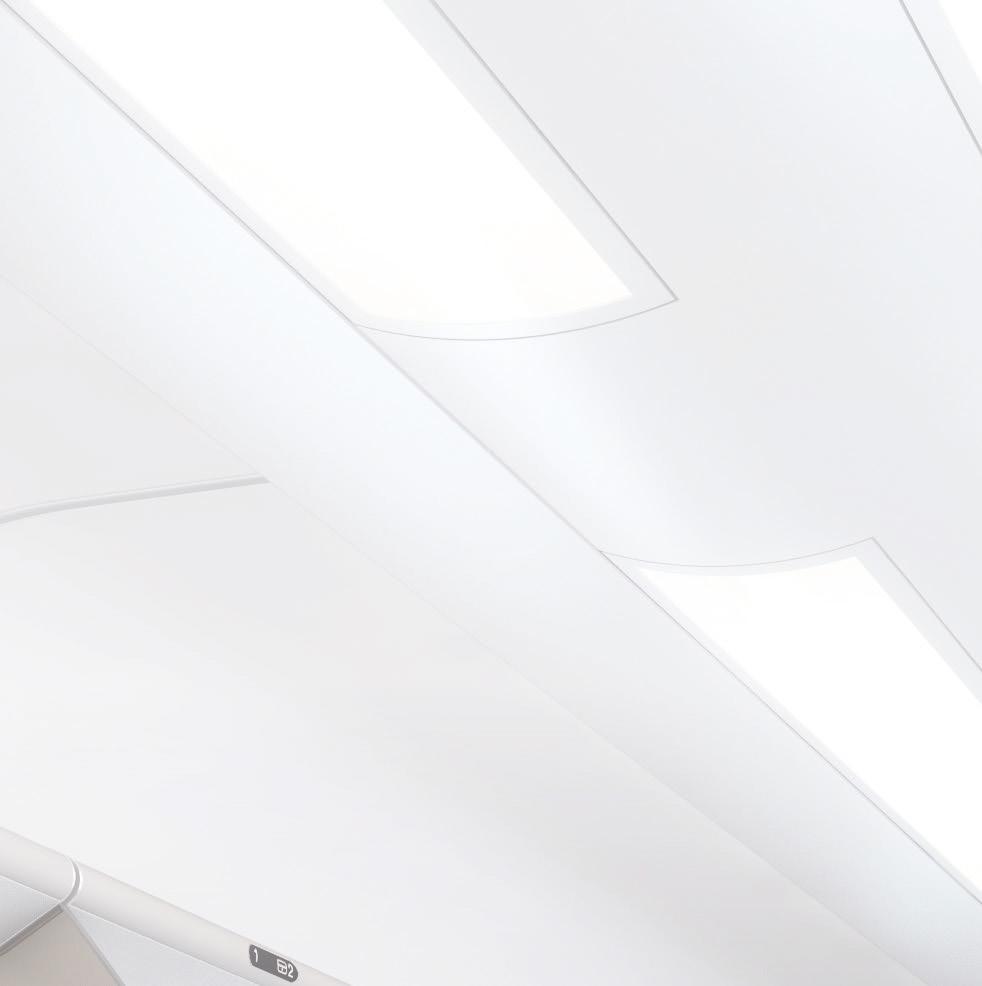
Hypoallergenic properties ensure air quality
Wool is a natural fibre and therefore biodegradable
BESPOKE DESIGN
Our in-house design team craft your perfect bespoke carpet
MADE IN THE
UK
All of our carpets are handcrafted in Devon
Contact | transportinteriors@axminster-carpets.co.uk

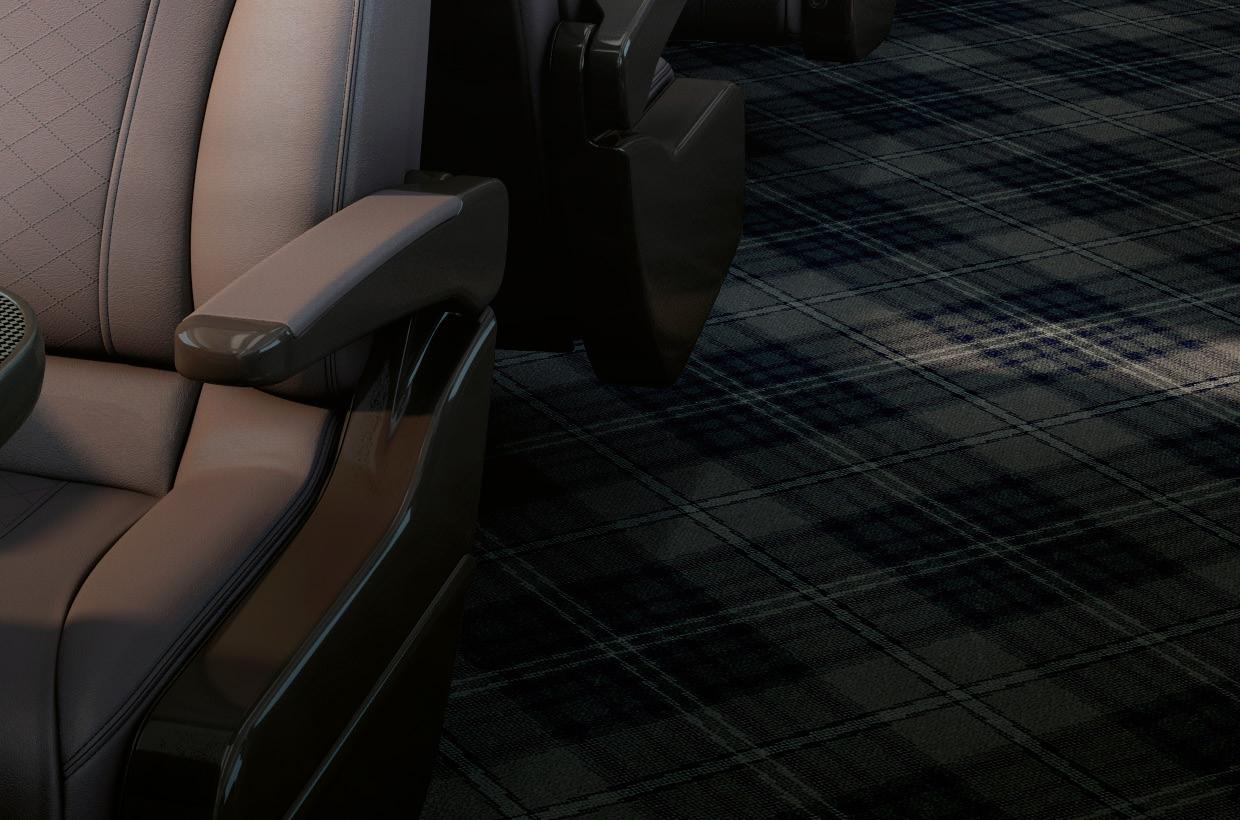

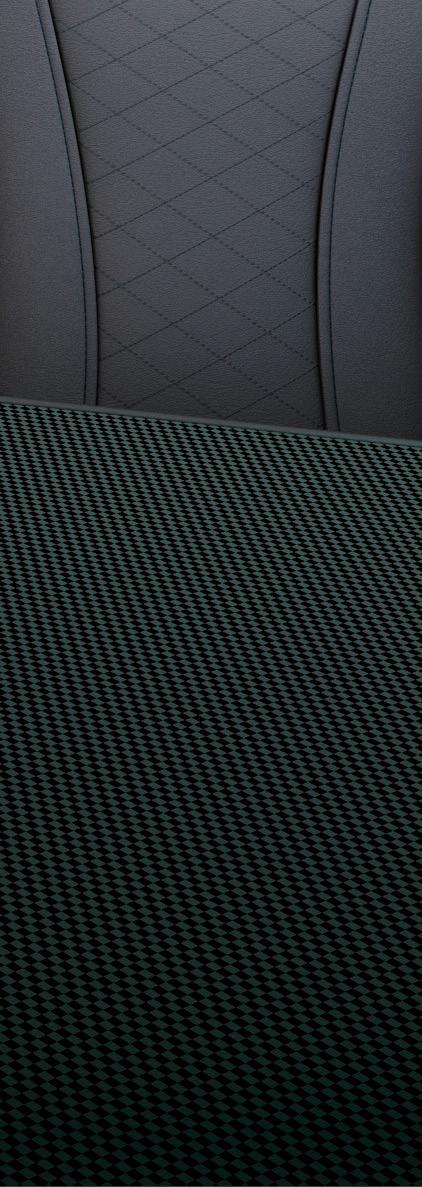

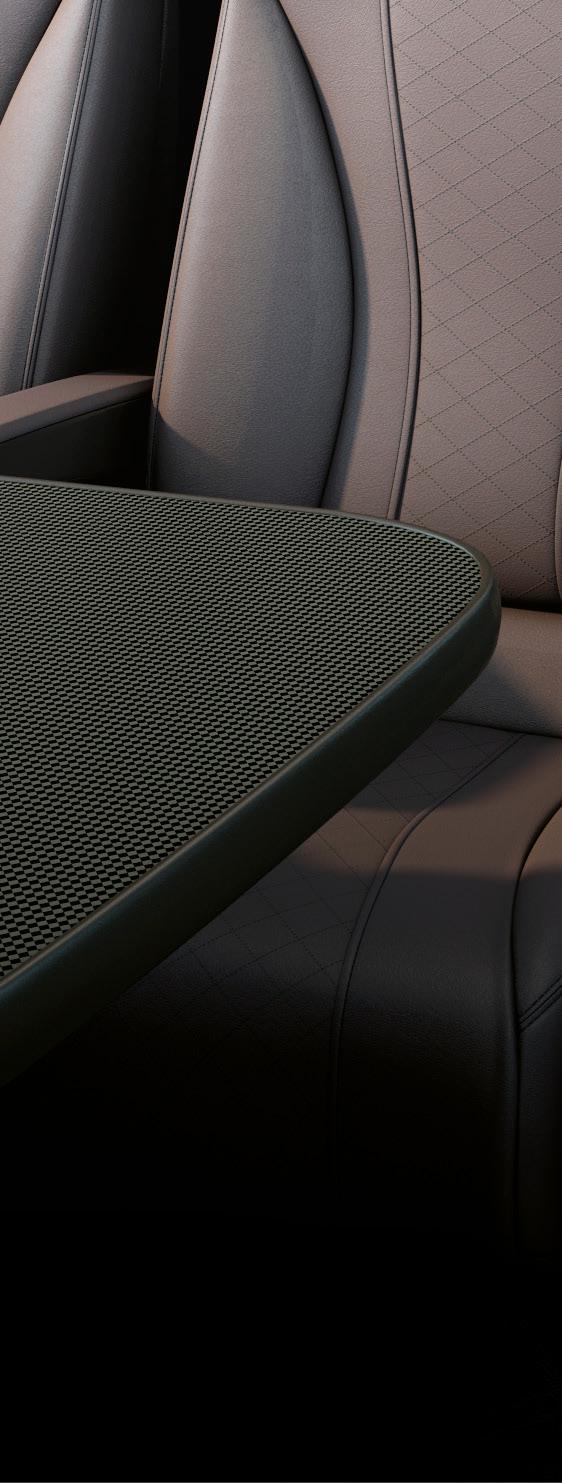


Website | www.axminster-carpets.co.uk/rail



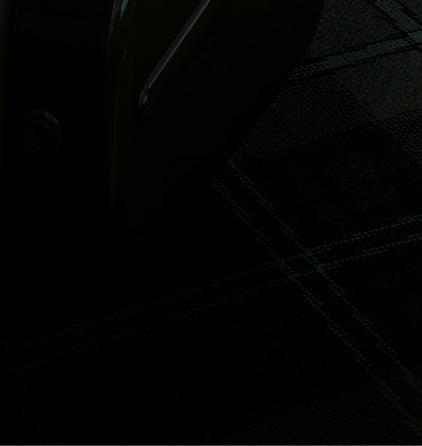
Rolling Stock
Seisenbacher

Setting the Table for Safety
Ensuring Rail Passenger Safety with Virtual Validation
Simulation
solutions help service provider and railway interior manufacturer Seisenbacher gain valuable insights in the development of its new patented table system.
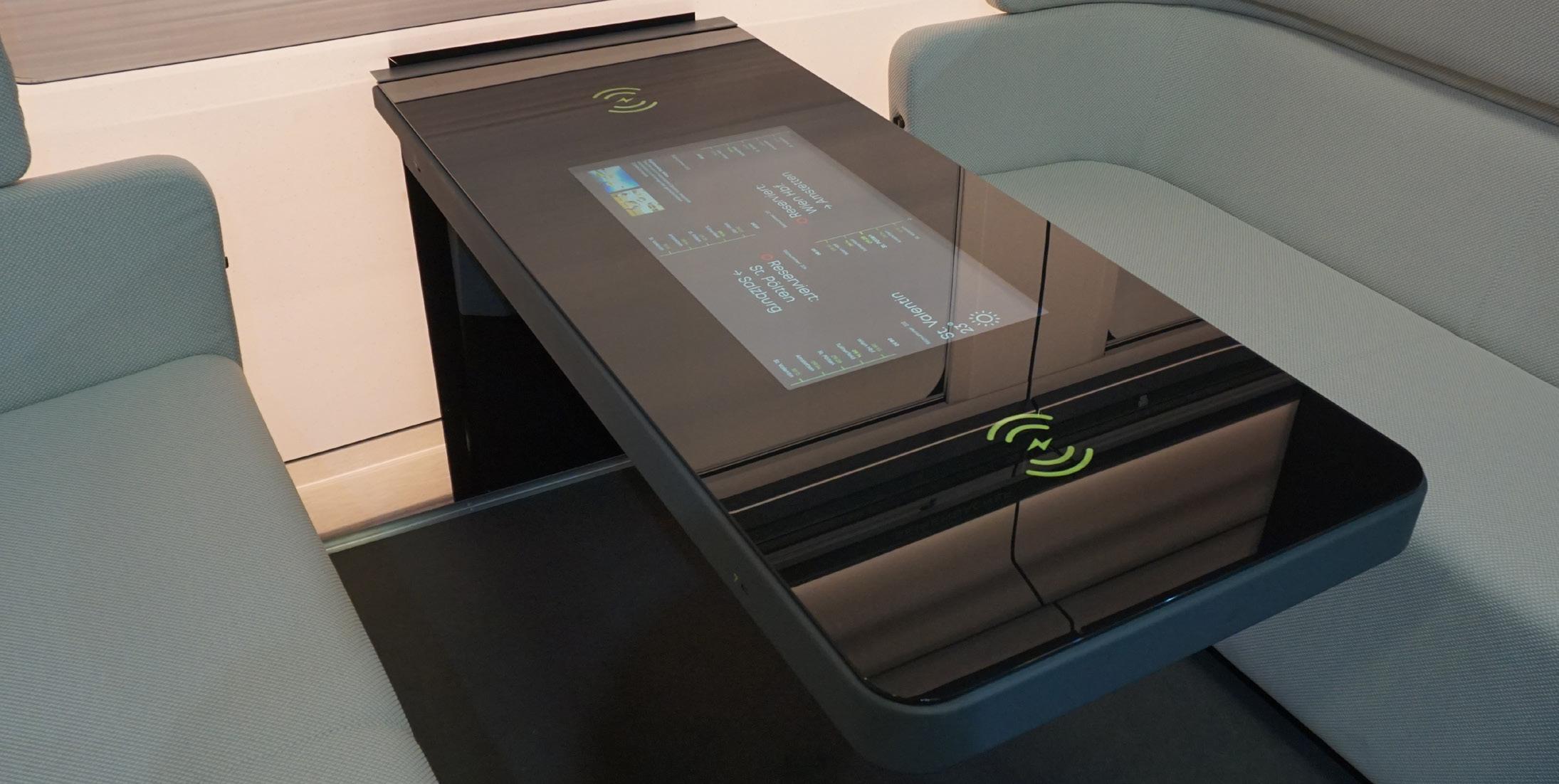
Simulation reduces the need for physical testing, increases product quality and ensures passenger safety in railway vehicles – ultimately paving the way to make every physical test pay off.
What do you need to feel comfortable when travelling by train: an aisle seat with a table to work at? A plug socket? A USB port? Workstation tables in trains (and other vehicles) have become a crucial element that increases passenger comfort, especially for people
“Without simulation,costly physical testing results are almost worthless because there’s nothing our team could compare the results with.In other words – no simulation,no insight.Using simulation,we can evaluate and understand the impact of different parameters better,gain insights from the physical measurements,and build better products.”
who have to work while travelling. Since they’re so popular, these tables have to withstand a lot. As such, manufacturers must ensure that their designs comply with quality and durability standards, pass operational tests and can withstand repeated long-term use.
Directory
Jakob Anger, R&D Mechanical Engineer Product Development, Seisenbacher
and Testing
60
Seisenbacher, a service provider and manufacturer of innovative railway interior solutions based in Ybbsitz, Austria, knows these tests all too well. Until now, these tests only made sure that nothing happens to the table when hit by passengers or objects. But Seisenbacher looked at the other side, too, asking: How can we protect passengers in a collision should they be thrown against the table? Fortunately, train collisions are rare in Europe. That said, any crash is a threat to passenger safety. When Seisenbacher started to include its innovative table systems in its list of interior solutions, the company wondered why no international applicable safety standard existed for these types of train tables.
As an innovative development partner for the railway industry, Seisenbacher wants to go beyond the current standards and think ahead. Thus, the idea for the new Crash Absorbing Table System (C.A.T.S.) was born – a table for the future of railway public transport that addresses passengers’ increasing needs and demands for comfort, design and safety.
C.A.T.S.: Safer Tables for European Tracks
C.A.T.S. features a crash element developed for the secondary impact after a collision, which is integrated under the table surface in a metal frame to absorb and diffuse impact energy through friction and shock absorption. Seisenbacher wanted to perform comprehensive simulations and tests to show that C.A.T.S. significantly reduces injury risk.
Upon realising that there were no international applicable safety standards regarding train tables, Seisenbacher drew upon the American Public Transportation Association (APTA), which outlines passenger safety regulations in seating scenarios with fixed workstation tables in railway vehicles. APTA’s goal is to reduce the serious injury risk should passengers be thrown against a table during rail accidents.
Safety Needs Testing
It’s no secret that product testing is an expensive investment for manufacturers, particularly for the railway interior sector. For a one-week test series (five tests) that’s supposed to provide meaningful results, you need a test hall, meticulous preparation and a special crash test dummy equipped with the right sensors. For the test series with the new table design, Seisenbacher used the H3 and THOR-50M model. The preparations, prototypes, test hall and dummies alone cost the company €100,000 per week, or €20,000 per test. It’s obvious that with these enormous costs, each test must give manufacturers usable, insightful results so their money is used in the best possible way.
How to Maximise Costly Physical Testing
The main development challenge for this table system was developing the crash absorber that would make this table system stand out. Seisenbacher immediately

Train Interiors 61
saw the need to virtually model its product to better prepare and select conclusive test scenarios. With that in mind, it turned to Altair for simulation solutions that would empower them to build virtual prototypes.
The Seisenbacher team started with creating the model in Altair ® HyperWorks ® and then performed several crash simulations with Altair® Radioss® using the Humanetics crash test dummy models provided via the Altair Partner Alliance to compare the simulations with the physical test results. Together with Altair, the team created a simulation model that provided reliable information that helped them identify possible improvements. “The Altair solutions and comprehensive support were key to derive insights from the physical testing,” said Jakob Anger, R&D Mechanical Engineer Product Development, Seisenbacher. “Without simulation,the costly physical testing results would be almost worthless because there would nothing to compare the results with. In other words – no simulation,no insight.Using simulation,we can evaluate and understand the impact of different parameters better,gain insights from the physical measurements,and build better products.”
Additionally, with simulation, the test series can be optimised since the simulation results can be considered in the test setup. “Thanks to simulation, we were able to focus on the most important issues during the five days of physical testing,” Anger said. “With simulation,you can even draw knowledge from a physical test that’s considered a failure.Without simulation,it simply wasn’t possible to incorporate optimisations since there’s too little knowledge.”
Virtual and Traditional Testing: Harmonising for Greater Insight
Seisenbacher goes beyond the given ‘vandalism’ load case scenarios to develop a new design that focuses on safety, a topic which has received little attention in Europe so far. The final product is C.A.T.S., which enables the adaptation of passenger areas and customer preferences in compliance with all applicable passenger safety regulations, the APTA PR-CS-S-018 Rev. 2 guideline in particular. The new table design is both safer and more visually appealing; best of all, the new safety features are invisible to passengers, creating a seamless user experience.
Comprehensive simulations using Altair solutions and lab tests prove that C.A.T.S. is more effective regardless of travel direction or seat orientation and that risk of injury is significantly lower in all possible seating configurations. At the same time, the modular system offers a great deal of seating area customisation, enabling increased consideration of passenger needs and customer design requests. Seisenbacher’s C.A.T.S. shows how virtual testing complements and augments physical testing and ensures that manufacturers are getting their money’s worth on every euro spent on physical testing. Ultimately, C.A.T.S. paves the way towards a new rail travel table system and, in the long run, the travel experience of the future.

“It does not matter if train collisions are exceedingly rare in Europe – if we save just one life with this development,then it was worth the effort,”
For more information contact:
Christian Forstner Head of Sales and R&D

+43 50 119 181
christian.forstner@seisenbacher.com
 Christian Forstner, Head of Sales and R&D, Seisenbacher
Christian Forstner, Head of Sales and R&D, Seisenbacher
62
Axminster Carpets

Axminster Carpets Delivers Sustainable Floor Coverings for Refurbished Pendolino Fleet
• Sustainable woollen carpeting integral to the interior transformation of the Avanti West Coast’s iconic Pendolino
• Investment in Devon-based SME helps secure skilled jobs and boost to local economy
• Bespoke design helps deliver improved travel experience for wheelchair users
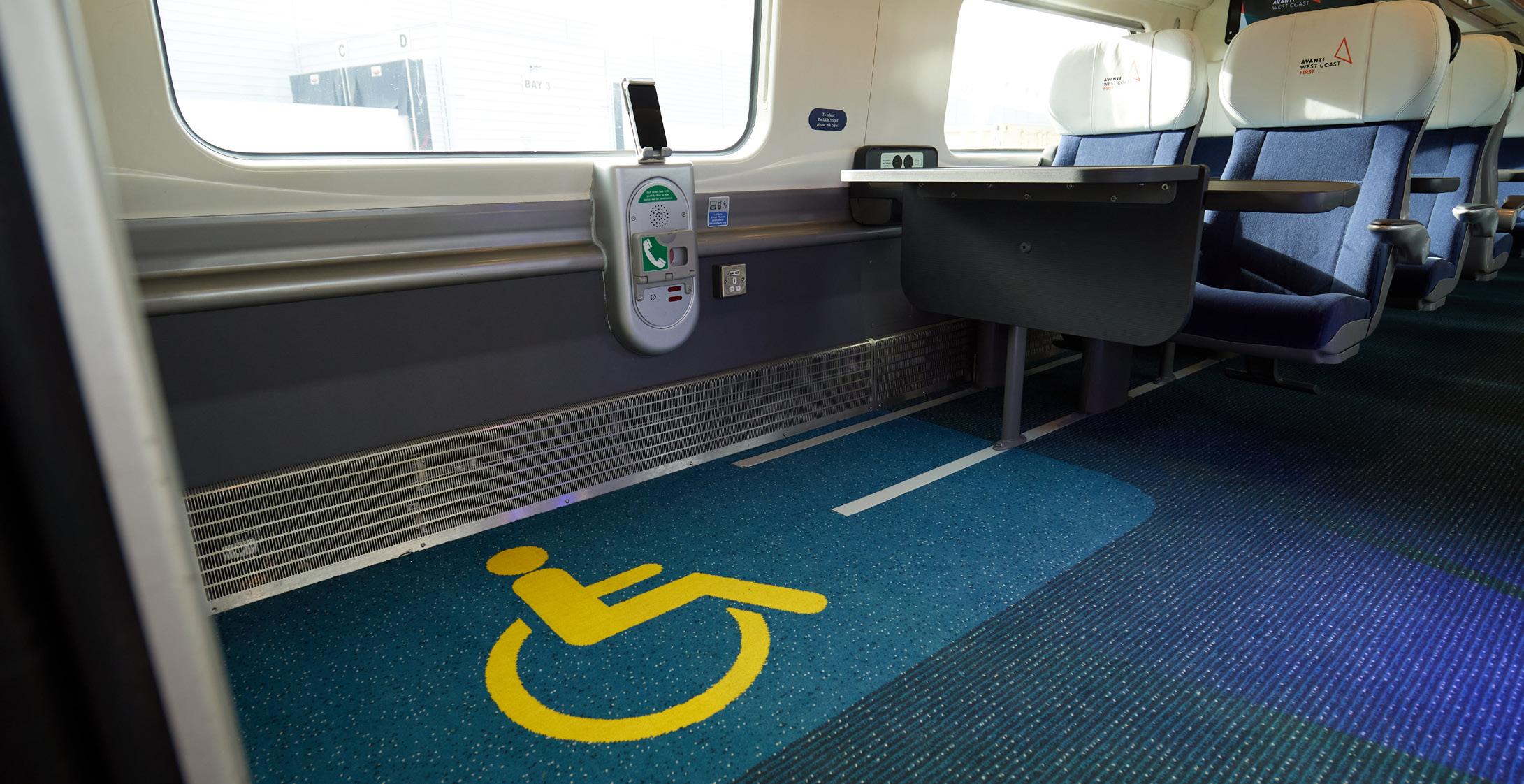
As work on the largest ever rail passenger fleet upgrade approaches the halfway mark, Avanti West Coast has highlighted the importance of sustainability in the choice of the new Pendolino interior as part of its £117m refurbishment.
World-renowned manufacturer, Axminster Carpets has been enlisted by the intercity operator to help transform the iconic tilting train’s appearance. In a
two-year contract, worth over £1.5m, it has helped the Devon-based company secure jobs and preserve vital weaving skill sets amongst the 40 strong workforce.
Renewable and biodegradable, woollen carpets naturally absorb humidity and volatile organic compounds (VOCs) to improve air quality. As an insulator, wool also absorbs sound, helping to reduce noise. It also retains heat and releases it slowly – helping to regulate on-board temperature and reduce heating costs.
“We wanted a flooring solution that was both sustainable and helped to improve our customers’ travelling experience,” explained Steve Wightwick, Head of Fleet Transition at Avanti West Coast.
“Wool is one of the most eco-friendly fibres available. It’s 100% sustainable and 100% renewable,with very
Directory
Stock
Rolling
63
Train Interiors
little environmental impact throughout its production process.It is also durable and capable of standing up to the rigours of Pendolino operation,widely regarded as the hardest-working fleet in the UK.”
With upwards of a 10-year life span, Axminster’s policy of sourcing UK materials also helps to greatly reduce the environmental impact when compared to other synthetic surfaces.
With over 5.6 million tufts of yarn in one carriage, each overseen by eye as part of the quality control, the entire fleet of 56 trains requires over 20,000 square metres of carpet – using the wool of more than 30,000 sheep. This is enough to cover 86 football pitches. Or laid end to end, over five and a half miles of carpet, the equivalent of 94 Big Bens.
In addition, the carpets in three carriages of each train have a bespoke design to help better identify the designated areas for passengers with restricted mobility (PRM).

“We spoke at length to our Accessibility Panel when drawing up the specification for the Pendolino’s refurbishment,” explained Brandon Peat, Accessibility
and Inclusion Manager at Avanti West Coast. “High up on their list was the need preserve the wheelchair spaces.Doing that in such a visual way with a bespoke design in the carpet has really made a difference,reducing the incidences of luggage being placed in those areas and the difficulties that presents to wheelchair users.”
Overseeing the operation is Axminster Carpet’s Production Director, Barry Searle.
He said: “There’s nothing more we like than a challenge. It’s the first time we’ve built into a weave a bespoke PRM design.Its where art meets engineering and we’re pleased it’s had such a big impact.”
“And thanks to wool’s natural qualities,it will maintain its appearance and performance,to keep the Pendolino carriages looking pristine for longer,and minimise maintenance costs.”
Axminster Carpets provided the floor coverings for Pendolino fleet when new. Twenty years on the carpets have stood the test of time. You can find out more from Barry and the team here
64
Within Barry’s team is Trainee Weaver Ethan Huxford. Coming from a family of weavers, he follows in his grandfather and father’s footsteps.
“It’s incredible to think that our carpets will be seen by millions of customers each year,clocking up over a quarter of a million miles each year on the West Coast Main Line,” enthused Ethan.
Read about the Pendolino £117m refurbishment here.
About Avanti West Coast
Avanti West Coast, operator of intercity rail services on the West Coast Main Line, is a joint venture between FirstGroup and Trenitalia, delivering a cleaner, greener railway that drives the West Coast forward.
We’re on a mission to revolutionise train travel. Our refurbed Pendolinos are returning to the rails, with a £117m investment that’s delivering best in class comfort. Rebuilt using sustainable materials wherever possible, including tables made from recycled plastic bottles, our upgraded fleet offers 25,000 brand new seats, free Wi-Fi, onboard recycling and much more.
New Hitachi trains are set to replace our Voyager trains from 2023, leading to a 61% cut in carbon emissions. Quieter and roomier, with more reliable Wi-Fi, wireless charging for electric devices and a real-time customer
information system, the new 23-strong fleet is the result of a £350m investment in sustainable travel.
We’re tackling climate change wherever we can, from reducing energy and water use to training drivers in eco-driving techniques and sourcing food and drink from local suppliers. Our goal is to be net zero carbon by 2031. We’re on track.
For the latest news, visit the Avanti West Coast Media Room.
About Axminster Carpets
Britain’s best known and most prestigious carpet designer and manufacturer, Axminster has been manufacturing the world’s finest carpets, of the highest possible standard for over 250 years.

Founded in 1755, by Thomas Whitty, Axminster has become synonymous with quality, craftsmanship and the invention of the modern-day woven carpet, the Axminster Weave.

With over 20 years of experience in supplying the rail industry, Axminster Carpets is proud to be the largest supplier of sustainable, woven rail carpet with the longest life cycle in the UK.
To speak with the Axminster Carpets Rail project management team:
01297 32244
transportinteriors@axminster-carpets.co.uk
www.axminster-carpets.co.uk/rail
65
VR FleetCare Expands Its Service Offering – Strengthens the Small Series Production of Freight Wagons
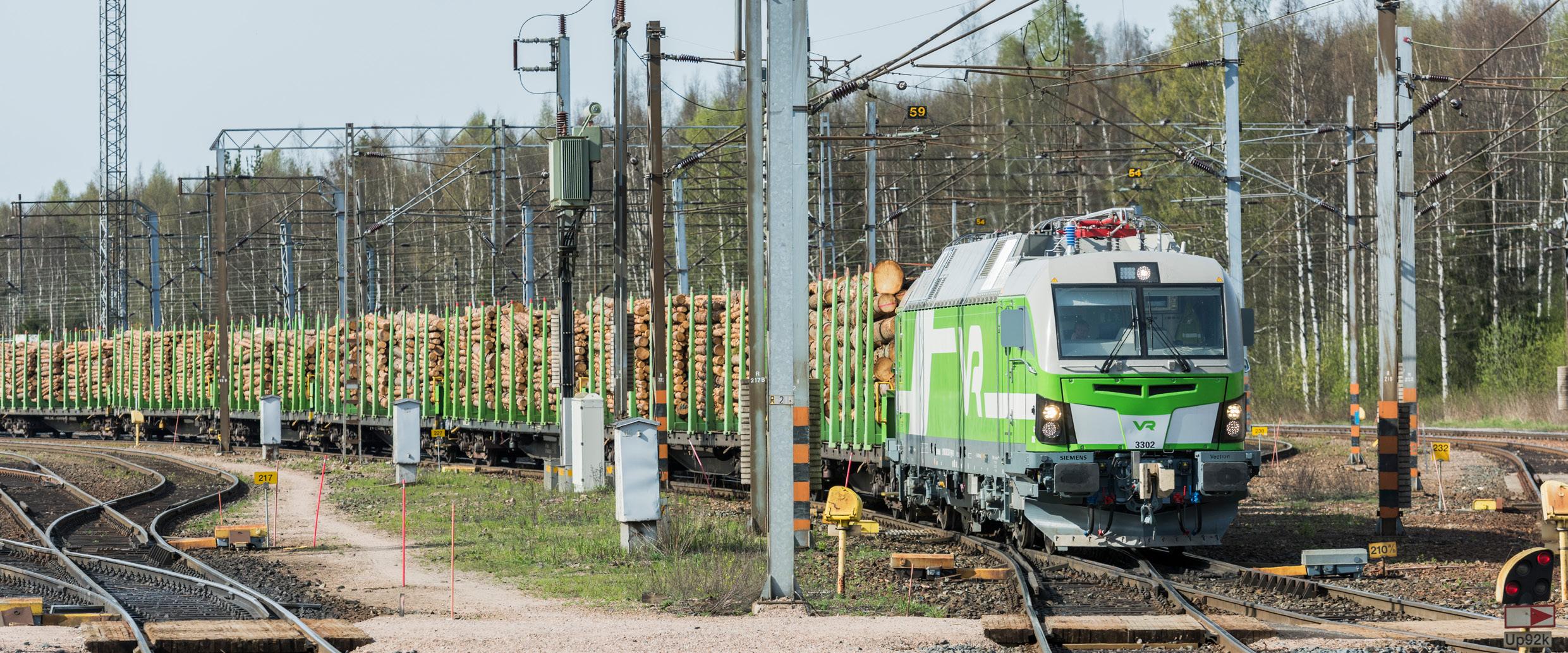
The promotion of more efficient and sustainable modes of transport has been ongoing in both the EU and Finland for decades.
VR also wants to promote the growth of rail traffic, which increases the number of journeys and the transport of goods by rail. VR FleetCare offers the manufacture of freight wagons in its service workshops and specialises especially in the manufacture of small special series.
“The popularity of railway transport is increasing and there is a desire to shift more freight on to railways for climate reasons,” says Peter Guldbrand, Vice President, Commercial, VR FleetCare. “If necessary,we are able to start manufacturing new freight wagons in line with the EU standard on a very fast schedule for both existing and new customers.Our production line is ready for commissioning,and the new wagons would be in service within six months of the order. FleetCare’s market area for wagon manufacturing could well be the whole of Europe.”
At an accelerating pace, various industries are looking for solutions to meet the green transition and strict environmental standards. Logistics solutions are an

essential part of these. FleetCare is involved in the development of new transport solutions together with the steel and mining industries, among others, as the company is willing to find more innovative and sustainable transport solutions in terms of rail equipment.
The design and manufacture of special series requires different capabilities and agility. FleetCare reacts quickly to the changing world situation in Europe and now maintains GOST-standard wagons in Finland in addition to EU-standard freight wagons. The competence to maintain GOST wagons, acquired in record time, is backed by strong expertise in wagon maintenance and an extensive partner network. The freight wagon fleet maintained by FleetCare in Finland currently comprises approximately 10,000 wagons, which includes nearly 100 different wagon types.
Expertise in Several Different Wagon Types
The Pieksämäki service workshop has decades of experience in manufacturing EU-standard freight wagons and wagon modifications for different industrial uses. In addition, FleetCare has developed modular wagons which are suitable for transporting
Directory
Stock
Rolling
66
Raw wood wagons manufactured by VR FleetCare for the needs of the forestry industry
several different raw materials. Technical solutions for freight wagons must also support new kinds of service concepts. The company adapts existing wagons to the changing needs of business models, which is lifecycle management at its best.
FleetCare has good production facilities and tools for manufacturing wagons, as well as expertise in the different areas of manufacturing. Its production line is ideally suited for efficient small series production, and the goal is to manufacture wagons with the best technical features that meet the new types of transport needs. Wagons are manufactured as a turnkey service. As an example, a total of almost 500 raw wood wagons have been completed by the service workshop’s production line since 2008. The last batch of 80 wagons was launched in autumn 2022.
“For two decades now,we have applied the lean methodology in our production operations,which is also known as the principle of continuous improvement. This has enabled us to standardise the quality and efficiency of our production.We have a very broad range of competencies and a safe work environment, which produces highly committed employees.Finns are also known for their reliability.We keep our word and do things exactly as agreed,” Guldbrand says.
Case Study: Metro Tunnel Cleaning Wagon
Located in the middle of Finland, in Pieksämäki, VR FleetCare’s service workshop also produces slightly more specialist equipment. Helsinki City Transport’s metro tunnels are cleaned regularly, as careful cleaning of the tunnels improves both the safety and durability of the track and rolling stock.
FleetCare was tasked with designing a metro tunnel cleaning wagon that combines the circular economy, environmental friendliness and user ergonomics. The tunnel cleaning wagon that is currently in use has been built on top of a freight wagon that was previously in other use, and only ecological detergents are used in it.
“In accordance with the wishes of City Transport,we designed and implemented an environmentally friendly solution for City Transport to clean the metro tunnels and improve the air quality and general operating environment of the platforms.The service workshop’s
production line is ideally suited for this kind of small series production of freight wagons and special equipment that use rails,” says Guldbrand.
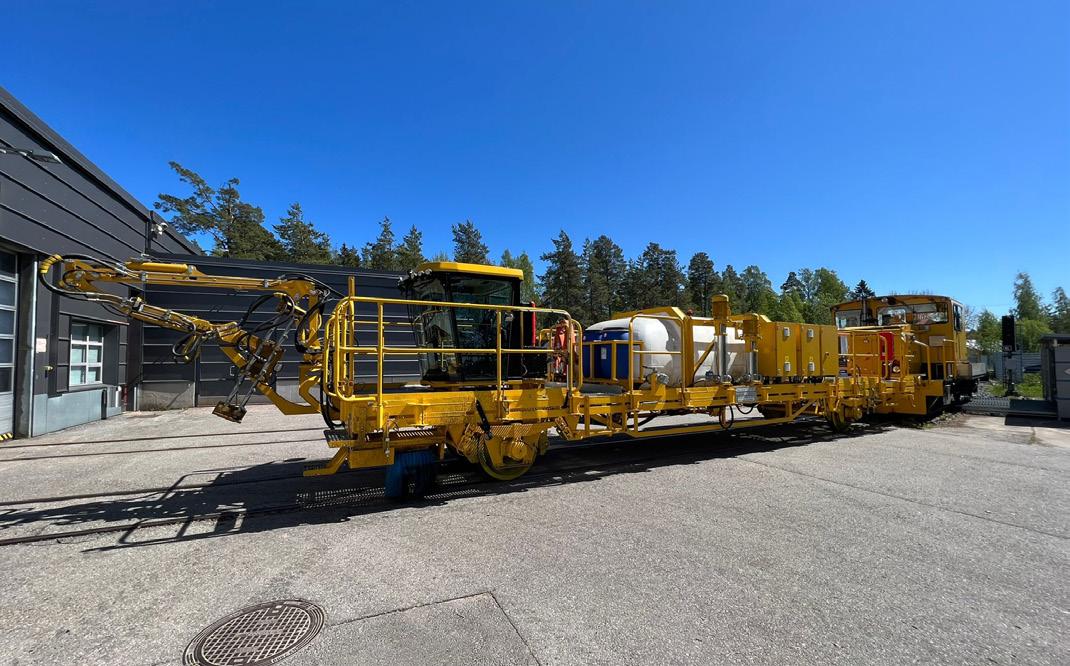
The frame of the metro tunnel cleaning wagon is based on a modified freight wagon and is operated from a cabin equipped with cameras. The device is equipped with a water tank of eleven cubic metres filled with water from fire hydrants and a nozzle that can reach up to six metres, with pumps operated by a diesel generator. Furthermore, the wagon is equipped with front bristles that are suitable for washing the protective housings of the conductor rails.
Jaakko Laurila, Procurement Engineer at City Transport, is satisfied with the device: “Unlike with the previous wagon,the user now has a well-illuminated closed cabin where they can sit instead of standing.The new scrubber is also more reliable and cost-effective: the washing tip has a range of 360 degrees,the washings are more efficient, and the water tank needs to be filled less frequently.In addition,the detergent for the conductor rail housing is now applied by the machine, whereas it was previously performed by spraying manually.”
Click here to watch our tunnel cleaning video.
For more information, contact Mika Häkkinen: www.vrfleetcare.com/en
mika.hakkinen@vr.fi
+358451222955
Complete Vehicles 67
Tunnel-cleaning wagon manufactured by VR FleetCare
Built to serve in Nordic conditions. Efficient small series production to meet today’s requirements VR FleetCare is a maintenance services provider and a partner in responsible lifecycle management. As a rail traffic expert with over 160 years of experience, we have the best expertise in freight wagon modifications and manufacturing. We manufacture freight wagons for demanding industrial needs. 100 different wagon types I Efficient production facilities I New service concepts I Circular economy utilised www.vrfleetcare.com Digital solutions for rail infrastructure and rolling stock Comprehensive rolling stock modernisation services Component maintenance and repair services Lifecycle management, freight wagon manufacturing, and rolling stock leasing services SmartCare ComponentCare ModernCare AssetCare

THK GmbH
Linear Technology for the Railway Industry
In mechanical engineering and in automation technology, the use of components from the field of linear technology is a common standard.
What is less known, however, is that these components also lead to improvements in many areas of railway technology both for railway vehicle technology as well as interiors.
But What Is Linear Technology?
The moving parts of a machine can perform rotary, linear or a combination of both movements. With the development of ball bearings 125 years ago, rolling contact became the standard method of supporting rotary motion. This led to a technical revolution. The rolling contact not only reduced the kinetic energy required, but also reduced the frictional resistance to a minimum and thus drastically increased the performance of the machines. Although a similar development in linear motion would have been very valuable, it took many years for linear motion through rolling contact to become a reality.
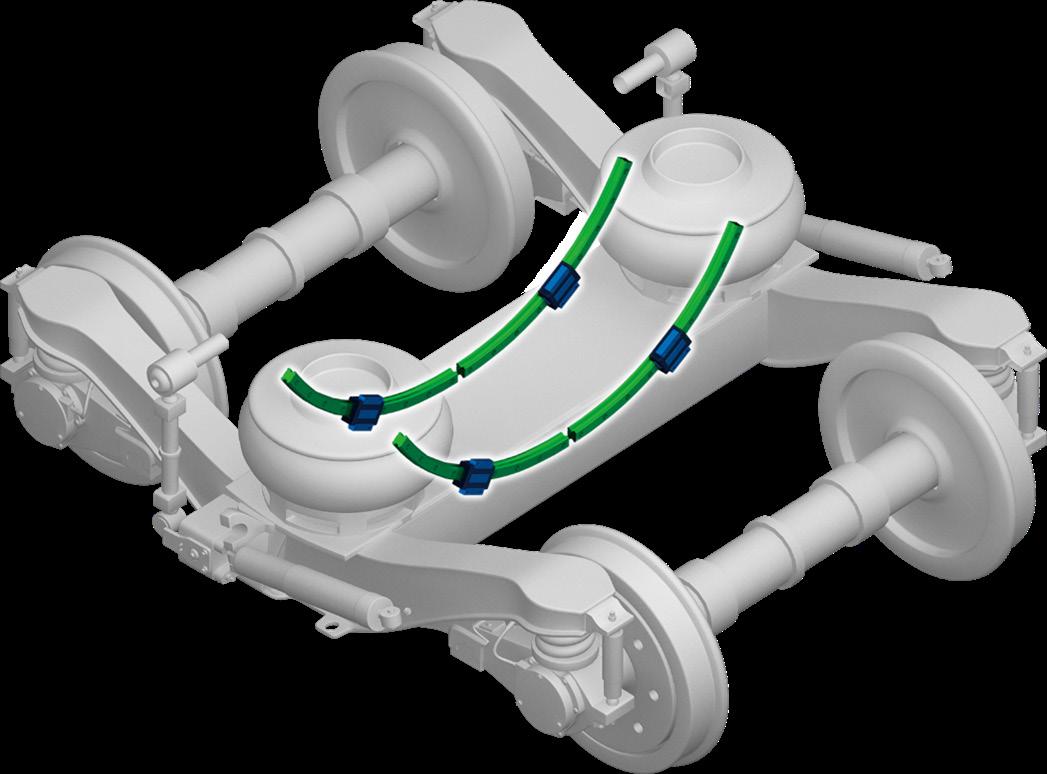
The Japanese company THK eliminated the hitherto unsolvable problem of linear guides with rolling contact and, in 1972, was the first company in the world to develop and market linear guides.
The new linear guide systems enabled significant improvements in accuracy and speed and delivered labour savings on demanding mechatronic machines, like machine tools, industrial robots or semiconductor manufacturing equipment.
The following product examples are offered today by THK, the pioneer of linear technology:

Curved Guides for Tilting Train Bogeys
Curved or R-guides are a unique development by THK that transfers the concept of the linear guide to a curved rail enabling highly precise circular movement. Capable of receiving high load from all directions, curved guides are an ideal product to guide the tilting movement of pendulum trains. By arranging linear motion blocks on the load points, efficient structural design is achieved.
Different radii and sizes are available up to a diameter of 12m, allowing freedom of design as well as easy assembly.
Directory
Rolling Stock
70
Bogey of pendulum train with curved guide for tilting movement
Solutions for Train Doors
Several products are offered for train and platform doors. The ball-related utility slider ATG distinguishes itself from conventional slide rails by heat treating to increase surface hardness and strength. The result is a high load capacity and improved permissible load and service life. The slider features two-point circular arc groove technology with allows easy installation adjusting to slight inaccuracies and it experiences less differential slippage which helps to prevent locking at the stroke end. The ATG is also well suited for applications like sliding steps and storage spaces for railway vehicle maintenance. Another solution for train doors is roller guides, that can carry high loads.
Railway Interiors
THK is experienced in providing development support of the mechanical engineering for customised applications like shown in Deutsche Bahn’s IdeasTrain project. The use of combined mechanical components such as linear guides, ball screws and rotary bearings enable flexible train layouts, the greatest possible capacity at rush hour and maximum comfort whenever possible.

In addition, the company offers solutions for sliding tables and chairs as well as cost-effective products for seat reclining.
THK aims to provide the following values to the train industry:


Motorisation: driving motorisation development with actuators and rolling motion products that help reduce CO2 emissions.
Reliability: providing high-quality products with proven success to the railway market.
Comfort: offering products that are optimised for passenger comfort on long journeys.
Convenience: Offering products that require less frequent maintenance and are customized for tilting trains and other specialized railways vehicles.
For more information please contact Wayne Evans:
+44 7775 580400 w.evans@thk.eu www.thk.com
Components & Materials 71
HellermannTyton
Specialised Fasteners Are Helping Electrical Engineers Save Processing Time
As demand for new trains continues to rise around the globe, manufacturers are under pressure to raise production volume.
Expectations have risen from one train car per week to one per day. Add increasing amounts of cables per train to the equation and the task of meeting targets is challenging. Enter HellermannTyton: the company has developed a host of innovative parts that improve the efficiency of wiring harness installation.
Designing Components for Efficient Assembly
A typical high-speed train contains over 200km of wiring. The process of fabricating and installing cable sets is manual and time-consuming, but applying cable management expertise can help manufacturers achieve greater process efficiency. For example, threading ties through cable trays by hand every 20 to 30cm is necessary, but laborious. This process is repeated thousands of times for each harness, and for a train with 20 cars, it takes a huge amount of effort. To save time and money, it’s important to take fastening components back to the drawing board and design them for more efficient assembly.

Utilising Existing Holes More Effectively

HellermannTyton’s product developers have extensive experience in designing fastening parts that streamline processing. The One-Click Mount is a prime example
of this know-how, drawing on cable management best practices from the automotive industry to benefit rail OEMs. With an arrowhead foot part and disc, the OneClick Mount is easy to insert and lock in place with an audible click. A version for oval holes also prevents the mount from twisting under load. It also comes with a cable tie pre-inserted, saving production workers time. Instead of bending ties all shift long, all they have to do is take the two-piece part out of the bag and push it into place. It can be pre-installed on the tray, or beforehand on the harness and simply clicked into place in one assembly step.
Directory
Stock
Rolling
72
Pushing on to Edges Instead of Fitting Butts
Alongside power, today data and signals are constantly transmitted between cars and the locomotive – for passenger comfort but also for more intelligent and more efficient operation of the train. Electrical designers increasingly face challenges in routing such cables once they leave the ducts and trays in the floor or ceiling, for example, around the doors.
The traditional method of fastening wiring harnesses in trains with welded or riveted metal butts is also labourintensive and adds weight to the train without any additional structural benefit.
EdgeClips are a cost-effective alternative to butts. These tried-and-tested mounts are easy to apply, even in narrow spaces and are ideal wherever drilling or adhesives are impractical. Even the largest variant for 8mm wide edges is easy to push on by hand without the need for tools. Thanks to the spring steel clamp at the heart of the EdgeClip, this tiny mount easily holds the weight of cables under vibration.
A recent development even allows cables to be routed in parallel – on each side of an edge – which saves time during construction and provides a natural barrier for electromagnetic interference. EdgeClips can even be pre-assembled on the harness automatically, which saves a lot of installation time.
EdgeClips and One-Click Mounts are already helping train manufacturers recoup valuable processing time and keep train production output high. When factoring in that time saved during installation, these small components can have a big impact.
Would you like to explore the potential for time-saving part solutions in your rail projects? Click here to discover more and contact HellermannTyton’s local rail experts.
For more information visit our website www.hellermanntyton.com
About Us:
HellermannTyton manufactures cable management products for fastening, fixing, routing, connecting, insulating, protecting and identifying cables.


Components & Materials 73
Rodent damage? Stop it effectively with sleeving!
Prevent rodents from turning your cables into a gnawing problem with Twist-In RR, the woven protection sleeve made from polyester and glass fibres that is easy to retrofit and stops damage from teeth.
















Check out the details here: www.HellermannTyton.com/twist-in-rr










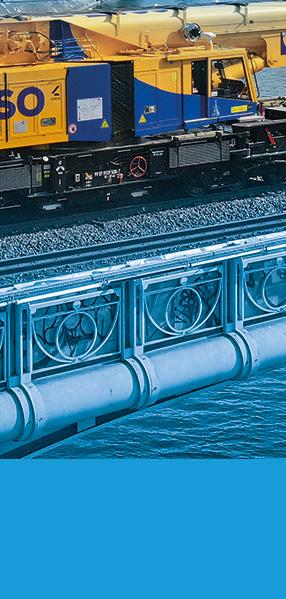


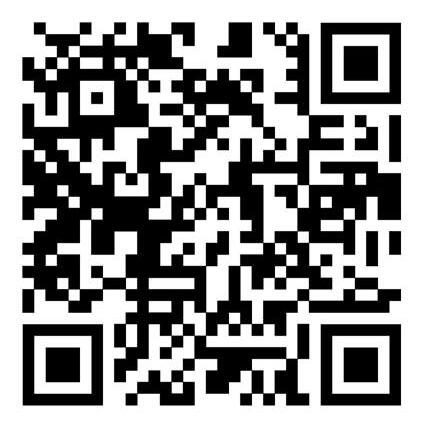
See our new video: GGT-GearSaver® Condition Monitoring System
Gmeinder
110 Years of Gmeinder’s Gears
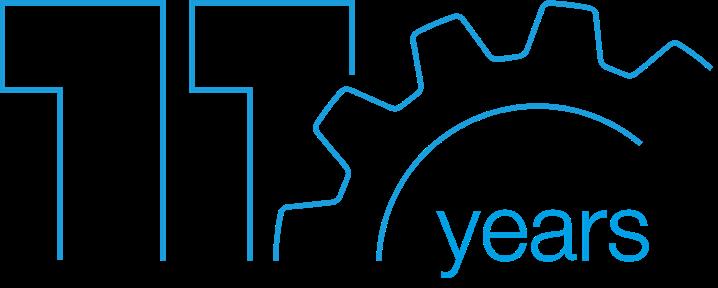
GGT GMEINDER GETRIEBETECHNIK GmbH
(hereafter referred to as Gmeinder Getriebe) from Mosbach swears by its truly rich history.

It was founded in 1913 by August Steinmetz and Anton Gmeinder, who started the company Steinmetz Gmeinder KG. Six years later, the former retired, and the company was renamed Gmeinder & Cie, with a specialisation in the production of small locomotives. It launched Germany’s first diesel locomotive (1921) and developed and produced its own gearboxes. In 1932 it became the exclusive supplier of shunting locomotives for the German railways.
Although the company changed its name several times during the 20th century, it never abandoned the Gmeinder name. At the beginning of the 21st century, it sold its locomotive division (2003) and turned its attention to the production of gearboxes for special railway vehicles and locomotives. Today, in addition to these, it supplies gearboxes for diesel multiple units, owns complete bevel gear technology and is one of the most important companies that repairs all brands of gearboxes for rolling stock. It has added GGTGearSaver® remote diagnostics to its already broad product portfolio.
Gmeinder Getriebe is among the medium-sized companies with more than 100 employees and an annual turnover of approximately EUR 20 million. During its existence, it has delivered around 80,000 gearboxes of its own production to the world. In 2019, it became part of the engineering group Wikov Industry, which produces, in addition to other items, gearboxes for rolling stock. Wikov focuses on mass production of gearboxes and drives for trams, electric suburban units and subways. In this way, Gmeinder and Wikov complement each other. With a global distribution
network, Gmeinder Getriebe is able to reach all key territories.
Strengthening Its Position
A strong partner enables Gmeinder Getriebe to achieve its bold plans. Gmeinder Getriebe is a market leader in gearboxes and drives for special purpose vehicles, railway cranes, track inspection vehicles, tampers, machines for track construction and renewal, maintenance vehicles, etc. Decades of experience and know-how of the Gmeinder Getriebe company, passed down from generation to generation, is your guarantee of quality and reliability.
Last year, the company introduced a comprehensive range of gearboxes specifically for the Yellow Fleet, i.e. rail vehicles for maintenance and repair work on railways or for clearance work on railways.
The GGT 224S range of shiftable gearboxes for cranes and multi-purpose vehicles was the first one. This is a two-stage helical gearbox with two different ratios optimised for cold environments (-40°C). The gearbox is equipped with a switching mechanism for the three positions: travel mode, working mode and position for towing. This type of gearbox is not powered by an electric traction motor, as is common on most rolling stock, but by one or two hydrostatic motors on one or both sides of the gearbox.
Another type is the GGT 263S/630 two-stage helical gearbox with a fixed gear ratio. The gearbox housing is made of aluminium alloy for the necessary weight reduction. The gearbox is optimised for very low working speeds under full load (< 1 km/h).
The GGT 275 two-stage helical gearbox range has undergone another major innovation. The GGT 275 gearbox series allows the use of several fixed gear
Directory Rolling Stock
76
ratios without changing the size of the gearbox housing. Three different fixed gears and two motor interfaces can be used. This gearbox series has been optimised for very low working speeds under full load (< 1 km/h). It is also important to note that the gearbox is available in two versions, one standard version directly mounted on the axle shaft and a suspended version with hollow shaft in the gearbox and a coupling to the axle shaft.
Multi-Brand Gearbox Service Expert

With the latest technology and decades of experience, Gmeinder Getriebe offers technical, cost-effective and quality-controlled services. Gmeinder Getriebe proves its competence, its know-how and its flexibility every day. Its new service workshop provides optimal conditions for the handling of the complete wheelset. The scope of services includes analysis and investigation inspection, general inspection, all-around carefree package, modification and adaption, nondestructive examination and education and training. In the service centre, you can find all the well-known brands of gearboxes for rail vehicles.
GGT-GearSaver® – ConditionMonitoring System
Gmeinder gearboxes could be equipped with a remote condition-monitoring system that was developed in-house at Gmeinder Getriebe. GGT-GearSaver® is a unique system using only one complex sensor that is capable of monitoring the operating temperature of oil, relative oil humidity, oil level, oil conductivity
and ferromagnetic particle contamination. This system brings the customer a completely new and measurement databased solution for preventive maintenance, which saves valuable resources, minimises or even prevents damage incidents and reduces maintenance costs.
Green for Investments in All Directions
In the year in which the company celebrates 110 years of its existence, Gmeinder Getriebe started with massive investments in order to continue its healthy growth. Investments are going into technologies –whether in production, logistics, assembly or testing. Gmeinder Getriebe is also stepping up its marketing and sales activities and targeting new collaborators, even beyond its region, in order to be able to fulfil its bold plans. This is today’s Gmeinder Getriebe. World of Rail Drives.
For more information contact GGT GMEINDER GETRIEBETECHNIK GmbH: www.gmeinder.com +49 6261 806 121

Traction & Power Supplies 77
info@gmeinder.de
Dürr Technik
Oil-Free, Customisable Air Compressors for the Rail Industry
DürrTechnik is a well-established manufacturer of oil-free air compressors. Over the past decade the company has focused on developing a number of products designed specifically to meet the needs of the rail sector.
Railway-News caught up with Can Bora, Dürr Technik’s Sales Director Mobility, to discuss the company, its solutions and its focus on sustainability, customisation and ongoing support.
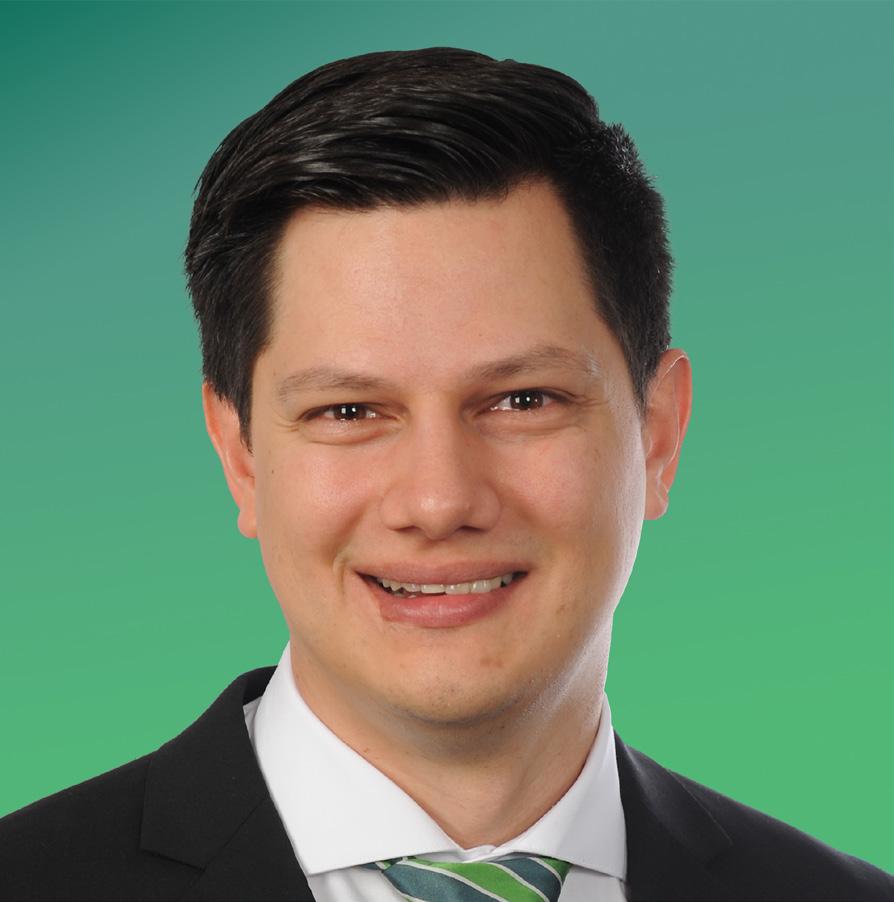
Railway-News: So, could you tell me about Dürr Technik?
Can Bora: Dürr Technik is a low-volume specialist manufacturer of oil-free, customisable air compressors. The company began life in Germany in the 1940s making dental tools and over the years has expanded to support a much wider range of industries.
We were the first company to bring out an oil-free compressor, and continue to invest in innovation in order to offer our customers products they can’t find anywhere else.
Just under a decade ago, we purchased a main air compressor company in France which had extensive experience fitting these to trains. We added this knowledge to our own to develop a new oil-free main air compressor perfectly suited for today’s rail industry where sustainability is key.
RN: And what is your role at the company?
CB: I’m head of the mobility business unit and deal will all the rail-related projects coming in from around
the world. Whether that’s Asia, Europe, the Americas or Africa, they land on my desk and I co-ordinate the stakeholders within the company.
I also make sure that our products meet the stringent requirements of the rail industry.

RN: You provide solutions for a variety of mobility sectors – what specifically have you developed for the rail industry?
CB: We not only offer state-of-the-art, low-noise, low-vibration oil-free compressors – both main and
Directory
Rolling Stock
78
Can Bora Sales Director Mobility,Dürr Technik
auxiliary – for railway applications, but also system solutions with air dryers and control units. Air quality is becoming ever more important – especially for new builds, so this is an important solution, which takes advantage of the newest developments in the market.
With 40 years of history in this area, we know exactly how compressors work and behave and what’s required to make them reliable. Originally, we offered small compressors, but over the last eight or so years our experts have developed larger units that can also supply air brakes and suspensions.
We approached our customers and asked them how we could support them further and this was the outcome; highlighting how we can provide products truly customised for the rail industry.
Following on from this, sustainability is hugely important to the rail industry right now, which is why our oil-free products are so important.
If an oil compressor leaks, the grease can trail along the track. Then when it’s time to remove and replace the lubricant, you have to think about how you will dispose of it in an environmentally-safe manner. With our oilfree solutions we remove all these concerns.
Focusing on sustainability, we’ve also looked at ways to improve the efficiency of our motors. Sure, compressors don’t play a huge role in the energy consumption of a whole fleet, but every percent saved makes a difference,

so this will hopefully allow us to contribute to the sustainable development of the rail industry.
RN: What makes your products stand out against the competition?
CB: One of the big drivers in the sector right now is passenger experience – that covers everything from reducing noise and vibrations to aesthetics and design.
Other compressors are oil-filled, noisy and produce a lot of vibration, which can impact this customer experience, and so we designed a product that improves on all this.
Just a few weeks ago in fact, a supplier of an essential part of the compressor came back to us with the results of our noise tests, and they told us ours was the quietest oil-free piston compressor they’ve ever tested!
The fact our products are oil-free is also a bonus, as they’re much easier to maintain than their oillubricated counterparts, saving time and money, and yet last for just as long.
RN: What about the benefits of working with you as a company?
CB: We also provide flexibility – most of our competitors offer off-the-shelf products, but with Dürr Technik we don’t just sell a product, we can also adapt it to the customer’s bespoke requirements. This could be
Traction &
Supplies 79
Power
anything from changing the colour to the shape of the compressor, removing the challenges customers may come up against with an off-the-shelf solution.
We also offer great global support, as we have manufacturing facilities around the world including the UK, US, Germany and China. Beyond that we also have representation and technical support in many other countries, meaning our customers can always get faceto-face contact with someone from Dürr Technik rather than having to do everything remotely.
RN: So, what interesting projects are you working on at the moment?

CB: We actually have a wide range of projects on the go right now, including a particularly interesting one in the UK where we’re working on a retrofit project for a 25-year-old oil-lubricated compressor.
The compressor we’re using to replace this is actually going to be on show at Railtex, along with the MC-900 compressor – a robust mobility compressor, and the E-Bull, our most silent one to date.

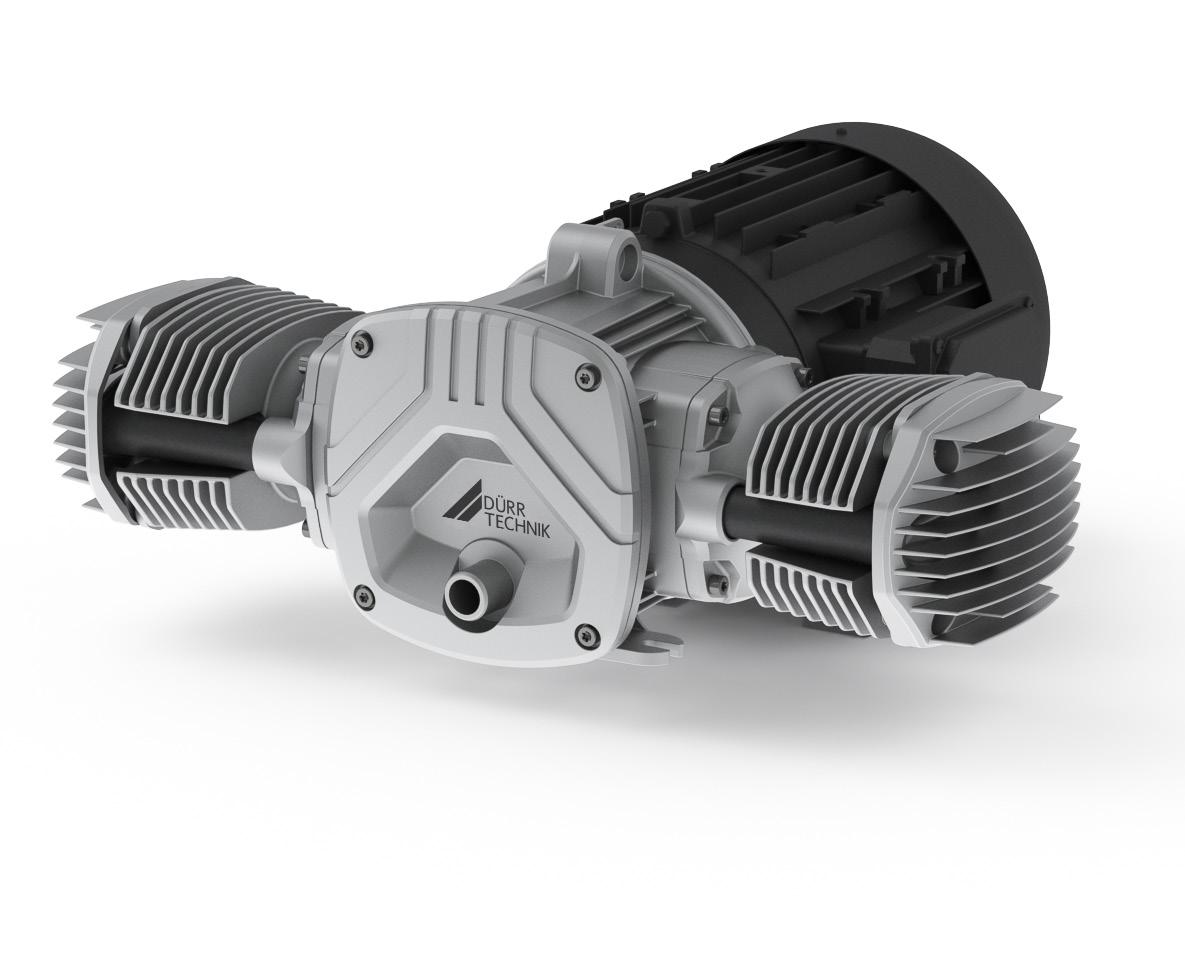
In addition, we’ll have a complete air dryer unit at the show with a compressor and frame.
We’ll be at stand L39 and would love for readers to swing by to get the full experience of what we can offer, from our standard products through to customised solutions.
Visit our website www.durrtechnik.co.uk.
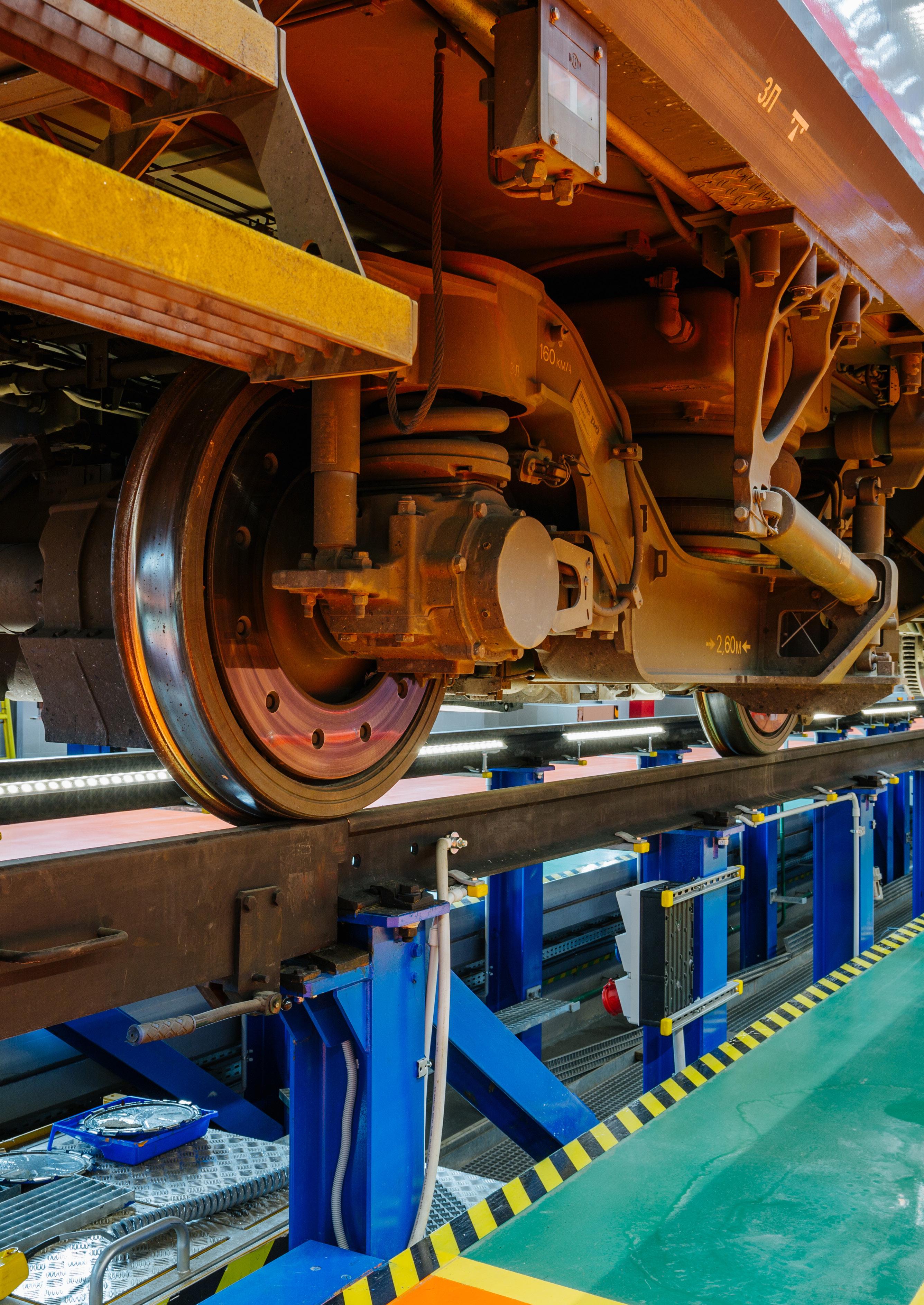

v Services Directory Staff Training & Recruitment Stahl Recruiting p.82 Financial Services KfW-IPEX Bank p.85 Want to be featured in our next Railway-News magazine? Contact us at +44 (0)1392 580002 or al@a2bglobalmedia.com 2023 Publication Dates: 05 September 2023 & 31 October 2023 81
Stahl Recruiting
Targeting North America? Stahl Recruiting Is Your Executive Search Solution

Everyone is hunting for talent. Talent to run the business. Talent to connect with key clientele. And faculty from which to manage existing affairs – both internal and external – to the organisation. The postCovid employment landscape has made this endeavour all-the-more difficult.
And when seeking entry into uncharted markets, the difficulty magnifies: cultural norms, business pacing, time zone differences and political backdrops all figure in the equation when seeking the ‘right’ individual for your company’s expansionary goals.
Within humans there exists a striving for exploration, an aiming for new ground, the creation of new works. And with the North American market garnering increased funding for capital projects, particularly in transit, it’s no surprise European firms are seeking fresh inroads into the US, Canadian and Mexican rail markets. This is true for OEMs, industry suppliers and infrastructure-centric enterprises.
What ties them all together? For one, a keen desire for entering North America. But also a tapered knowledge of the market, bringing an opaqueness to obtaining key individuals. Stahl Recruiting can assist.

Targeting specifically the North American rail market, Stahl Recruiting brings a solid track record of successfully assisting European entities in their
approach. Clients include railways, bridge and engineering firms, technology and systems suppliers, equipment manufacturers and lessors – in essence, the community which surrounds and makes rail shipments possible. And should this entail establishing a completely new beachhead – or expanding existing operations – Stahl Recruiting is your trusted partner. Professional in approach, our speaks for itself.
Save Time and Money
Utilising Stahl Recruiting will save your team hours, days, weeks – even months of time. Often misjudged is the amount of effort (and resources) necessary for sourcing the ‘right’ individual for a given role. The efforts of sorting through resumes – in addition to screening, interviewing and proper background due diligence – all take time. Lots of time. And time is money.
When partnering with Stahl Recruiting, you no longer need to spend time looking through hundreds of resumes, arranging pre-screens with candidates who may not be a fit. Your dedicated Stahl Recruiting team will manage the search process, allowing you the freedom and bandwidth to focus on your business.
When you are able to spend time on your business and entrust the candidate search to Stahl Recruiting, you save money. And time. Importantly, you gain peace of mind – the kind which allows the confident knowledge your objective is being handled effectively and professionally. As it should.
Directory Services
82
Uncover Hidden Talent
Often the topmost talent isn’t applying to job postings or displaying their resume hoping to be seen on job boards. Rather, they’re busy conducting business and being successful. Finding these passive candidates can be difficult when you do not have the right search tools or industry connections. When you partner with Stahl Recruiting, you are gaining access to a whole market of hidden rail industry talent you’d not have access to otherwise. This is key, as the topmost talent brings a heightened ability to ‘move the needle’ for your organisation. Long-term, what’s that worth?
Definition of Success
Success is all about identifying, engaging and securing talent – the right talent. At Stahl Recruiting, our processes are based on a thorough understanding of each client’s strategic, operational and financial situation.
Throughout our Executive Search process, Stahl Recruiting is committed to achieving excellence through honesty and personal integrity. Proper business ethics is non-negotiable. It’s an essential element when forming sound relationships with our clients. Harvey Firestone stated it best – “I believe fundamental honesty is the keystone of business.”
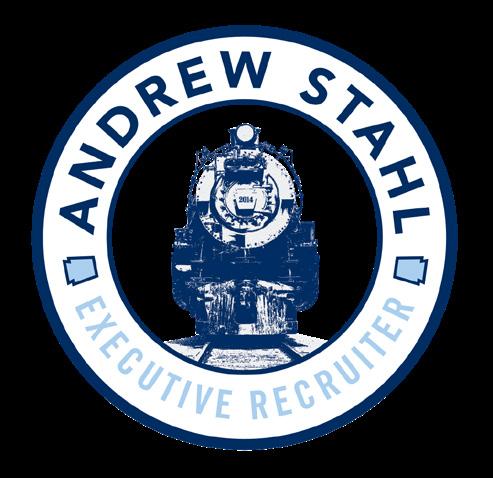

Next Step
How to begin? Reach out to our agency. Consultive in approach, we’re here to address your concerns, help you diagnose the best path forward and provide the sought-for individuals to successfully expand your enterprise.
877-557-8245
info@stahlrecruiting.com

How to reach Stahl Recruiting:
stahlrecruiting.com
© Chase Gunnoe
83
Staff Training & Recruitment
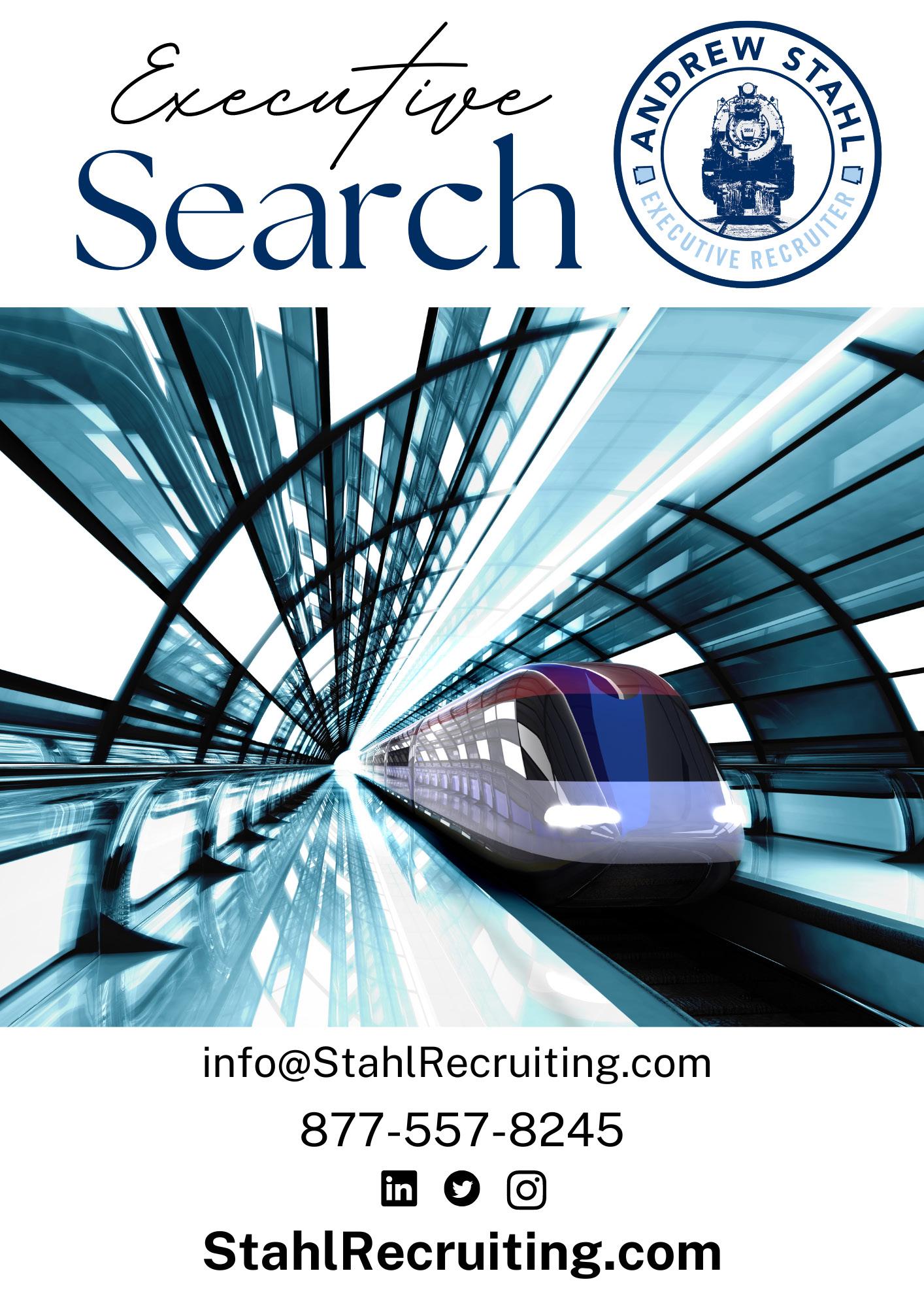
Shape the future. With a strong financing partner.
For private companies and the public sector: we work with you to develop solutions that meet your particular needs. We offer you know-how and experience gained from current projects in your industry all over the world. Together with you, we can shape the future – with long-term and individually structured financing. Because the future belongs to those who think ahead. Let’s shape it together.




Source: Verkehrsverbund
Mittelsachsen
The Heidekrautbahn Railway Network as an Innovative Financing Model
 By Dr Carsten Wiebers Global Head of Mobility at KfW IPEX-Bank
By Dr Carsten Wiebers Global Head of Mobility at KfW IPEX-Bank

TheHeidekrautbahn regional railway line in Berlin and Brandenburg that is operated by Niederbarnimer Eisenbahn (NEB), will be improved, modernised and expanded.
In the upcoming years, NEB will reactivate the trunk line of the Heidekrautbahn network. The trunk line from northern Berlin to the beautiful Schorfheide will be restored in full. The line was severely damaged in WWII and the connection was completely severed when the Berlin Wall was built. Eight new stations from Berlin-Wilhelmsruh to Basdorf will be reopened to passenger service in 2024. The diesel trains currently in use will be replaced by seven low-noise, emission-free hydrogen trains. The upgrade and expansion of the Heidekrautbahn network are part of a broader effort to improve the transport infrastructure in the region.
Attractive, Environmentally Friendly and Climate-Neutral
























The Mireo Plus H trains from Siemens Mobility are equipped with a fuel cell drive and a lithium-ion battery. These second-generation hydrogen trains deliver zerocarbon mobility. They will transport passengers not only faster and cleaner than before, but also climateneutrally in the future.
Hydrogen technology plays a key role due to the existing renewable energy supply in Brandenburg. To produce the required green hydrogen locally, a hydrogen plant is being built near the railway. The
Schmachtenhagen
Groß Schönebeck
Klandorf
Ruhlsdorf-Zerpenschleuse
Lottschesee
Klosterfelde
Wensickendorf
Zühlsdorf
Schönwalde West
Mühlenbeck







Schildow-Mönchmühle
Schildow
Wandlitzsee
Wandlitz
Basdorf
Schönwalde
Schönerlinde
Berlin-Karow
BerlinBlankenfelde
Berlin-Rosenthal

Berlin-PankowPark
Berlin-Wilhelmsruh
electricity required for this is to be generated entirely within the region from wind and solar. It is a joint project: the project developer ENERTRAG is responsible for the construction of the hydrogen plant – one part of the hydrogen infrastructure. The NEB will commission the hydrogen-powered trains on the line, and Kreiswerke Barnim will construct an H2 filling station – the other part of the hydrogen infrastructure. These new trains will save around 1.1 million litres of diesel annually, equivalent to potential savings of around 3,310t of CO2 or the CO2 absorption of 120,000 trees when green hydrogen is used.
Directory Services
–
in late 2024
Existing line RB27 Trunk line
reactivation expected
86
© NEB
The upgrade and expansion of the Heidekrautbahn will serve as a model for similar projects throughout Germany and beyond, also with regard to its financing solution.
Financing: A Challenge

For a bank, pure asset-based finance, i.e. financing based solely on the value of trains as a credit risk, is not yet possible for hydrogen trains. The technical risks and the still barely existing market for these types of trains would make financing too costly. Borrowing from public budgets would increase their debt. Even traditional public-private partnership (PPP) financing would entail high financing costs. Meeting all interests while securing low borrowing costs for a long period is an extraordinary challenge for overall financing.
Solution: Division of Tasks and Cooperation between All Parties
The funds for the overall project consisted of federal and state grants as well as loan financing for the trains of EUR 60 million from KfW IPEX-Bank.
The complexity of the project and the various interests of the parties involved require a modern and intelligent architecture for the overall project. The relationships between the partners are crucial. Financing within this structure reconciles the interests of all parties: manufacturer, buyer, mobility owner, operator and financiers.
• The mobility owner is a project company of Deutsche Anlagen-Leasing (DAL). It limits its functions to ownership, rental and financing. The financing covers the entire project term – from the approximately two-year construction period to the end of the 25-year operating period.
• Niederbarnimer Eisenbahn (NEB) focuses on running the trains for the initial ten-year transport contract term and pays leasing instalments to the project company.
• The states of Berlin and Brandenburg, as transport authorities, award the transport contract and assign parts of the grant payments to the project company. They also secure the continued use of the trains for a further 15 years and make a commitment to subsequent use.
• KfW IPEX-Bank purchases the assigned grant
payments and thus finances the trains at favourable conditions over the entire term.
• The manufacturer Siemens Mobility has security with regard to the payments of the purchase price instalments due.
The key factor in this mobility owner concept is that every participant specialises in their core tasks. The advantages are clear: financing security, favourable conditions in line with municipal needs and the greatest possible transparency for the transport authorities while securing investments in the long term: in this case, hydrogen trains.
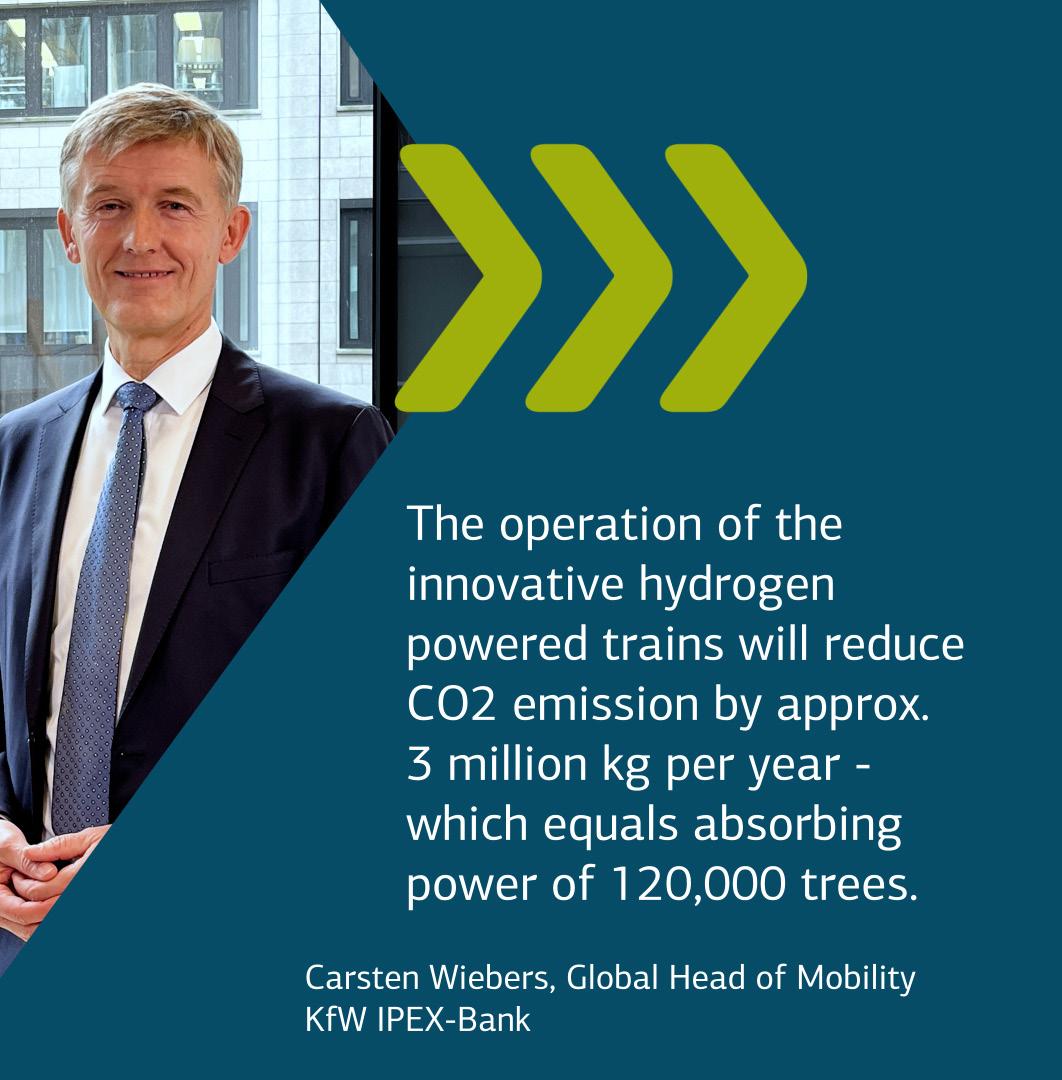
New Architecture for Innovative Mobility
New technology will address the challenges of the mobility transition. Due to the complexity of such projects, it makes sense to share the tasks with cooperation partners. This is where KfW IPEX-Bank contributes its distinct know-how and in-depth market expertise. In principle, the mobility owner concept can be applied to all public sector investments for public services. The entire project for the new Heidekrautbahn, with all its participants, provides an excellent master plan for this.
our website Follow us on LinkedIn. Watch our video! Financial Services 87
Visit
PRODUCT INNOVATION CALIPRI X: FULLY AUTOMATED ON-TRACK WHEELSET MEASUREMENT SYSTEM
CALIPRI X is a fully automated on-track wheelset measurement system that delivers significant productivity gains and operational cost savings to the rail sector.

Combined with CALIPRI Predictor - an easy-to-use cloud storage and analysis tool for all CALIPRI devices – all measurements are automatically, instantly and securely stored in the cloud and wear evolution is evaluated to enable planned downtime based on the as-is and forecasted condition of wheels. This enables predictable and safe operation of the fleet and unplanned downtime caused by wheel condition is eliminated.
To get in touch with us: nextsense-worldwide.com | hexagon.com

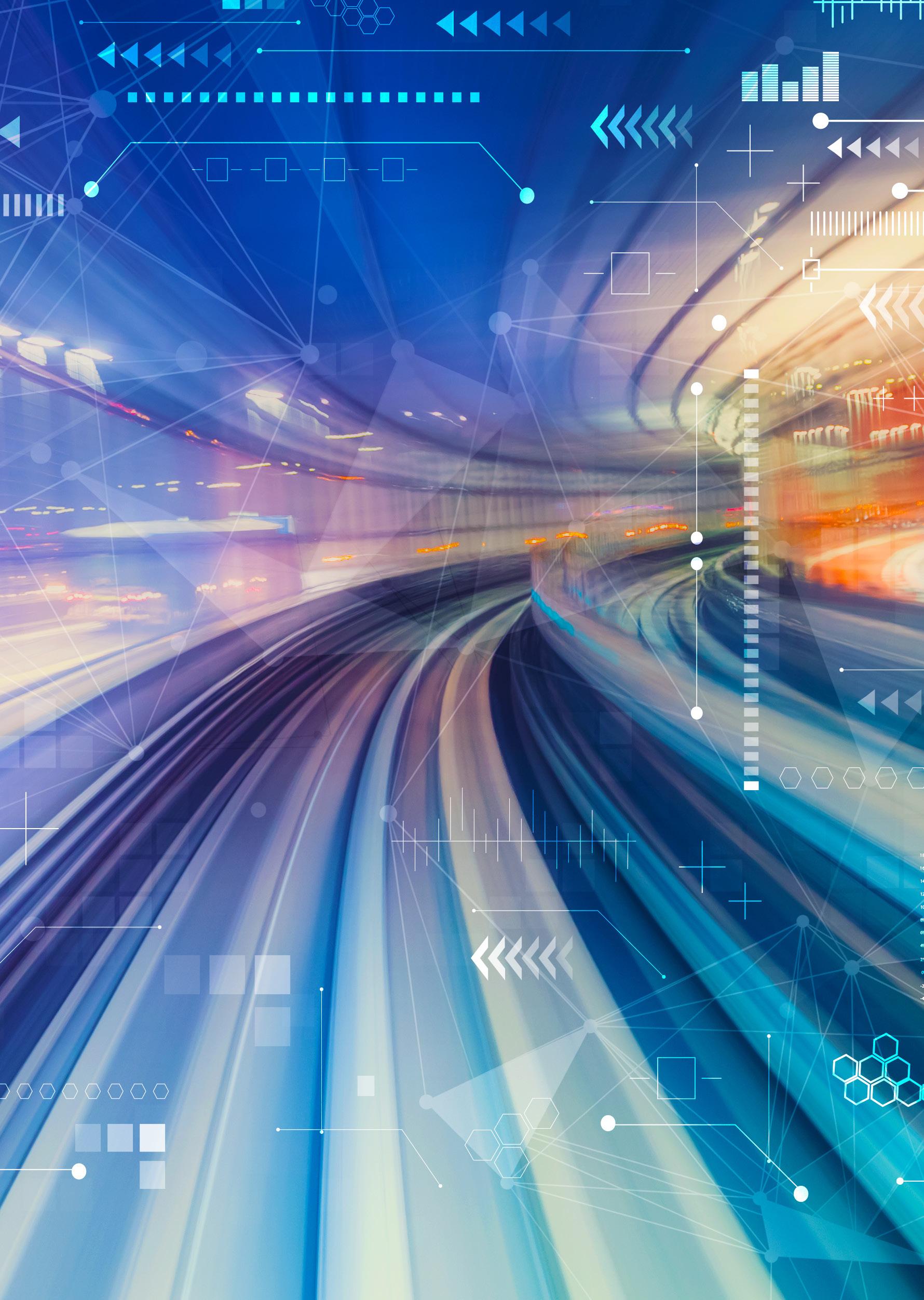

Computer & Sensors Getac Technology p.90 SENSIT s.r.o. p.93 NEXCOM p.94 Yeltech Ltd p.97 Passenger Infotainment PaxLife Innovations p.98 Netskrt Systems p.100 Digital Solutions Cisco p.103 Škoda Group p.106 Education & Training AARC Professional Services Limited p.109 Cohesive p.112 Condition Monitoring Bender UK p.114 Duos Technologies, Inc. p.117 Cyber Security VIAVI Solutions p.120 Directory Data & Monitoring 89
Building a Successful and Sustainable Future for the Rail Industry
By Tom Baldwin, Enterprise Sector Lead, Getac

Even when accounting for current commitments for decarbonisation, global transportation activity is expected to double by 2050, leading to a 16% rise in emissions.
The railway industry is a significant contributor to these emissions and while it is committed to change, there is still a lot of work to be done if long-term sustainability goals are to be met.
Key Challenges to Sustainable Rail Transport
The International Energy Agency (IEA) reports that by diversifying energy sources and providing more efficient mobility, the rail sector can significantly lower fuel consumption, as well as reduce both carbon dioxide and local pollutant emissions. This is backed up by the International Transport Forum (ITF), which believes transport carbon emissions can be reduced by up to 70% through 2050 with support from effective policies.
The good news is that rail is already one of the most energy-efficient ways to transport goods compared to alternatives such as air travel and automotive vehicles. Yet, there still remain some significant barriers to making rail transport as sustainable as it can be.
For this reason, organisations such as the International Union of Railways (UIC) are working to promote more sustainable infrastructure. They are doing so through
the use of resources such as concrete, steel and water, etc, that reduce external costs through careful monitoring and noise control, as well as reducing airborne particulates.

However, in order to succeed, the drive for sustainable rail transport must outpace the growth in emissions caused by increasing transport demand over time.
About three-quarters of passenger rail travel currently takes place on electric trains, making rail the only mode of transportation widely electrified today. However, despite being less polluting for the communities they operate in, electrified railways still rely on pollution sources such as coal or gas-fired power plants for electricity generation unless renewable energy or nuclear power options are available.
Resource scarcity is therefore another major factor for the industry to consider. Especially, as currently, humanity uses resources 50% faster than nature can regenerate them, while some resources will not regenerate at all.
Solving the Sustainability Conundrum
Sustainability is defined as ‘fulfilling the needs of current generations without compromising the needs of future generations, while ensuring a balance between economic growth, environmental care and social well-being’. With this in mind, the rail industry is well-positioned to build on its inherent efficiency and become a leader in the sustainable transportation
Directory
& Monitoring
Data
90
sector. Here are some key considerations when planning for the future of the rail industry:
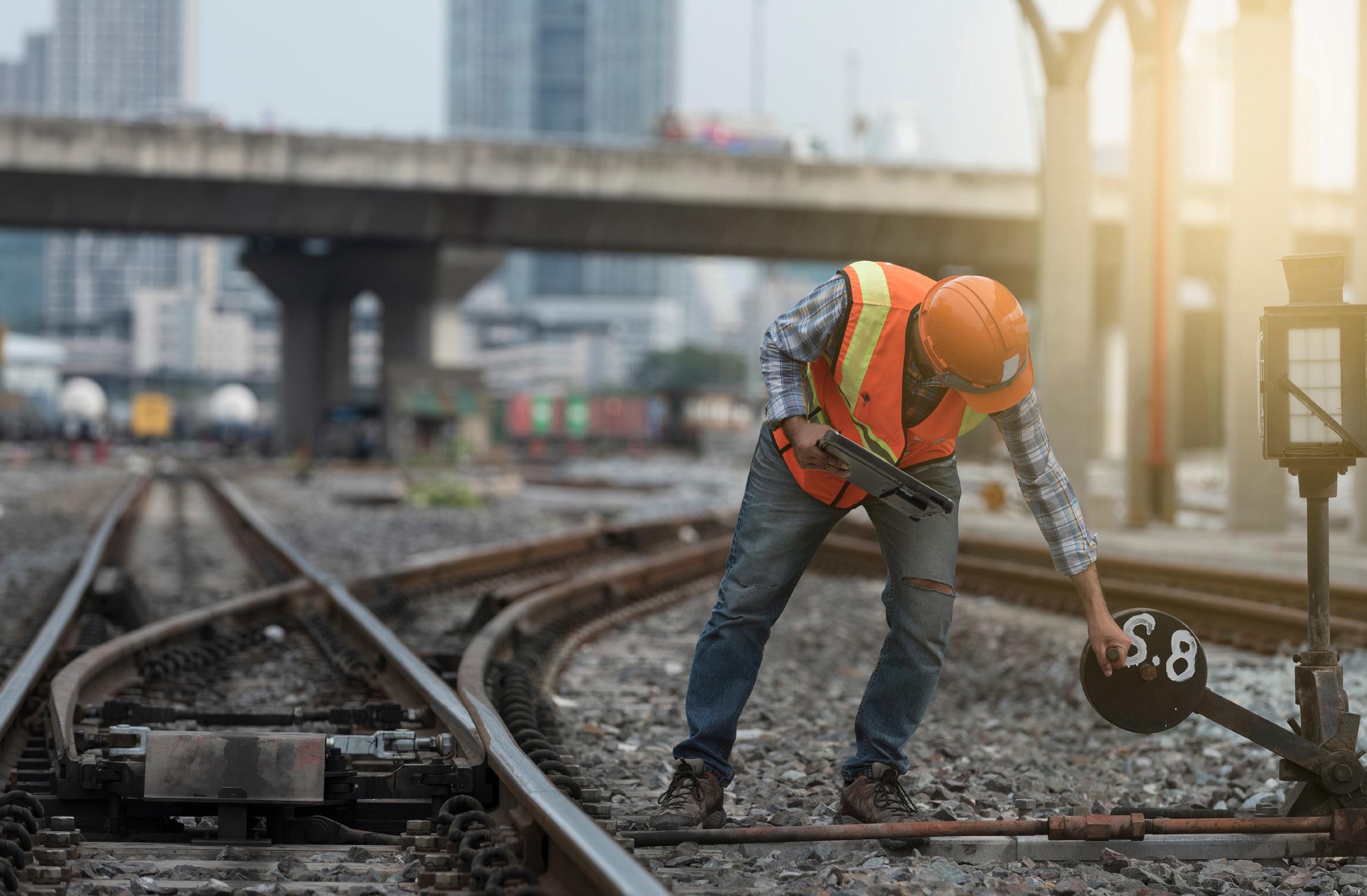
Shift Modes
Rail freight is often limited to moving high volumes of heavy commodities, but there’s so much more opportunity to shift freight from roads to rail.
For example, 65% of freight in the US moves by road, compared to just 8% by rail According to the Association of American Railroads, if 25% of the road traffic moving at least 750 miles was moved by American railroads instead, annual fuel savings would be around 1.2 billion gallons, and annual carbon emissions would fall by approximately 13.1 million tons. That’s the equivalent of taking 2.6 million cars off the road for a year.
From a passenger perspective, railway infrastructure must be constructed efficiently and powered by more renewable energy sources, as well as offer attractive onboard services to lure people away from higheremissions alternatives.
Improve Collaboration
Transport decarbonisation must be integrated with developments in other sectors. Sustainable mobility is only possible with clean energy. At the same time, low-carbon transport is central to sustainable trade and tourism. For example, in China the IEA has proposed a railway expansion project that could decrease transport emissions by 12%.
The rail industry must also work with other transport providers, customers and passengers, urban planners and stakeholders to make transportation part of a sustainability platform through greater adoption of rail.
Technology Innovation
New technologies can also improve train operations and sustainability with minimal investment. For example, reducing idling while waiting for passing trains to enter or exit freight yards can keep services moving while lowering emissions. Similarly, using rugged mobile devices to inspect railway carriages and track repairs, and work effectively in the field helps maintain efficiency with current assets and reduce the need to build more.
In the passenger sector, rail operators can employ rugged mobile devices to put information and controls closer to the front lines for faster response. For example, station employees can monitor environmental conditions in real-time to optimise passenger comfort and safety. Workers with rugged tablets can also make faster, more data-driven decisions on the spot, leading to better levels of service across the board.
As the global demand for transportation continues to grow at an unprecedented rate, the rail sector is perfectly positioned to capitalise by offering a more sustainable, environmentally friendly alternative to air and automotive travel. However, the sector must also embrace cleaner, more renewable fuels, and invest in the latest technological innovation if it is to achieve its own sustainability goals in the months and years to come.
91
getac.com Computers & Sensors
GETAC RAIL SOLUTIONS
KEEPING RAILWAYS WORKING EFFICIENTLY
AND SAFELY
In every industry we support, we’re passionate about ensuring uptime across mobile workforces. In railroad management, our rugged and complete solutions enable far greater operational effectiveness and reduce downtime. Our comprehensive range of rugged devices give your mobile workforces the tools they need to perform maintenance activities and achieve a ‘first time fix’ across your essential infrastructure.
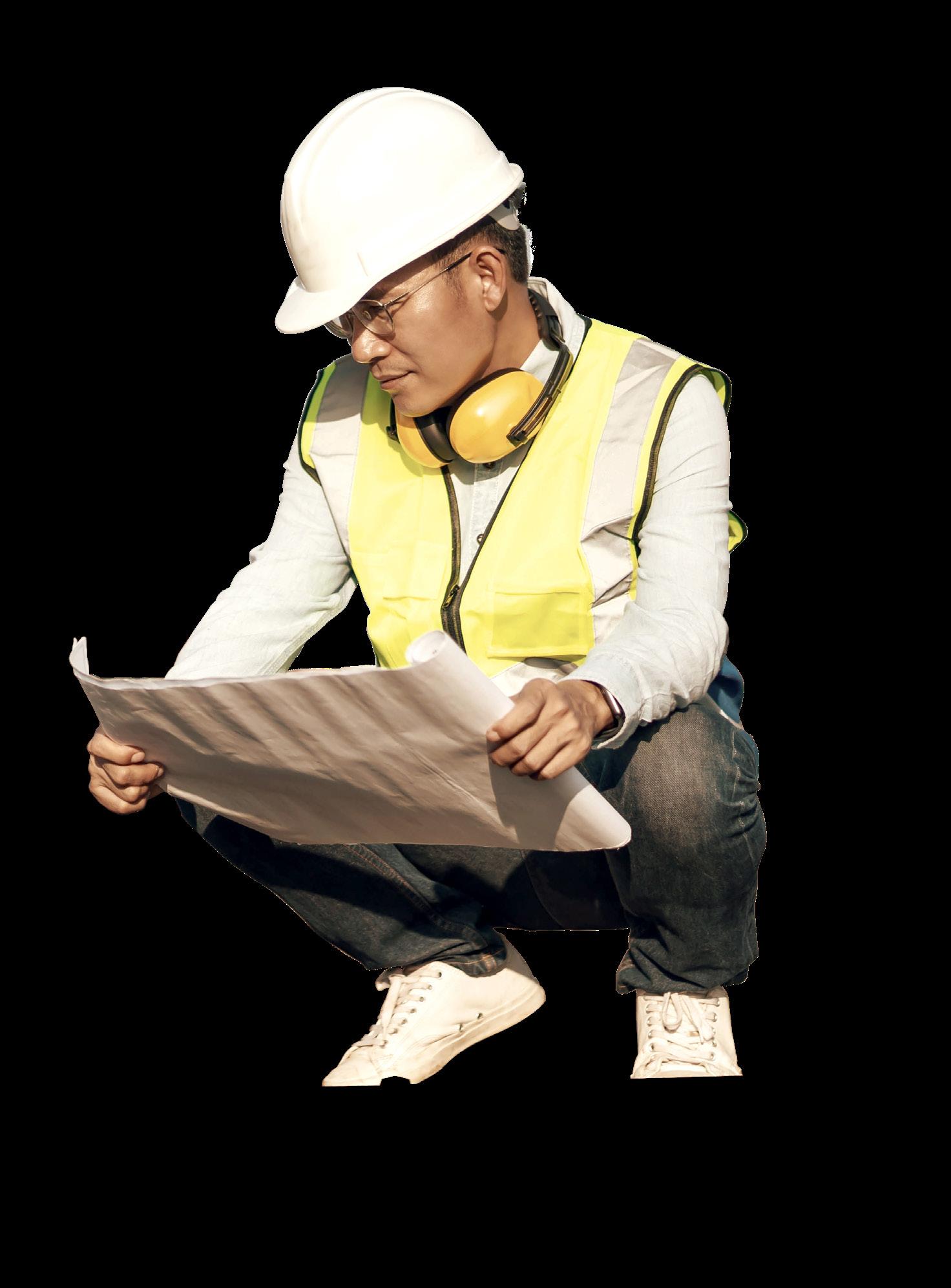
COMPREHENSIVE SOLUTIONS
Fully integrated solutions that include peripherals, mounting kits, device charging, carry solutions, security and connectivity software, and other accessories to create your total solution.
SOLUTION AS A SERVICE
Subscription models are available to spread the investment and take advantage of a strong ROI.
GETAC SELECT ® OFFERING
Getac Select® delivers total solutions for the rail industry, including a range of software solutions to support device uptime, manage your assets and streamline your deployment.
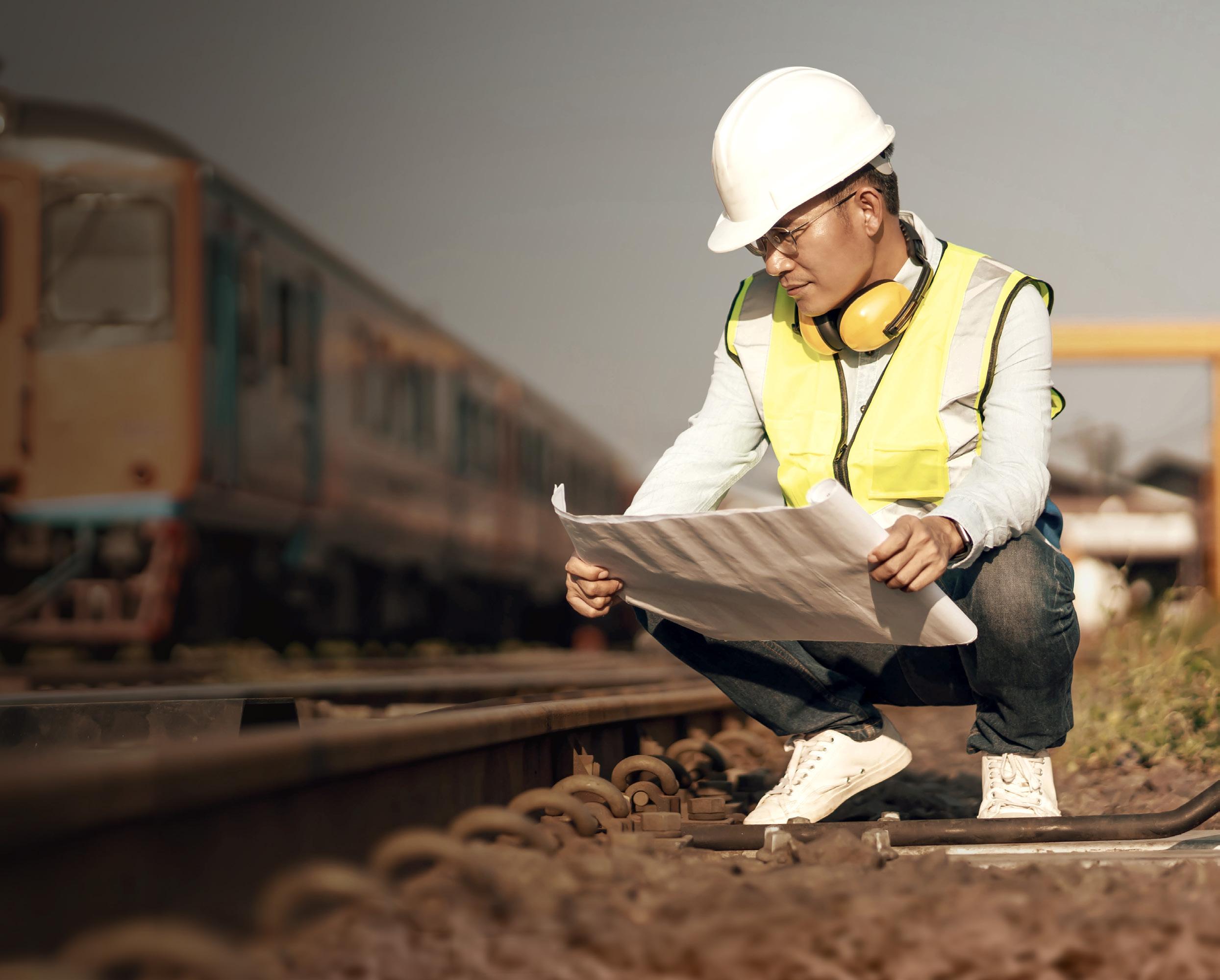
ENHANCED CONNECTIVITY
Real-time data can be collected and transmitted to our devices through a range of communications technologies such as 5G/4G, Wi-Fi 6, RFID and Bluetooth.
EXCELLENT TCO & ROI
Getac rugged computers have one of the lowest average failure rates in the industry and an industry-leading 3-year warranty that covers accidental damage with our Bumper-to-Bumper service as standard.
Copyright © 2023 Getac Technology Corporation and/or any of its affiliates. All Rights Reserved. FIND OUT MORE TODAY www.getac.com Phone: +44 (0) 1952-207-222
Mobile Computing Solutions
Rugged






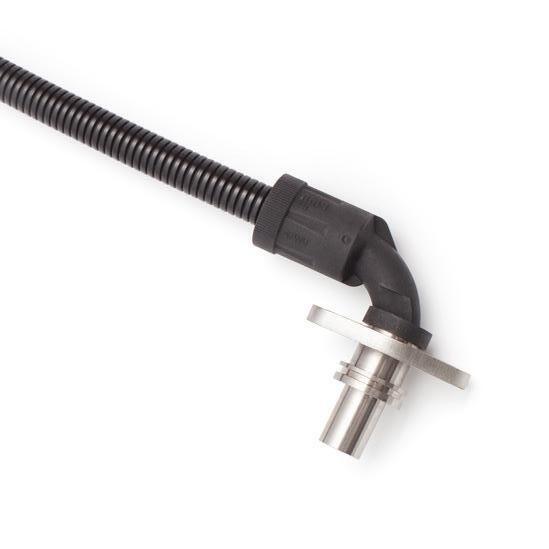
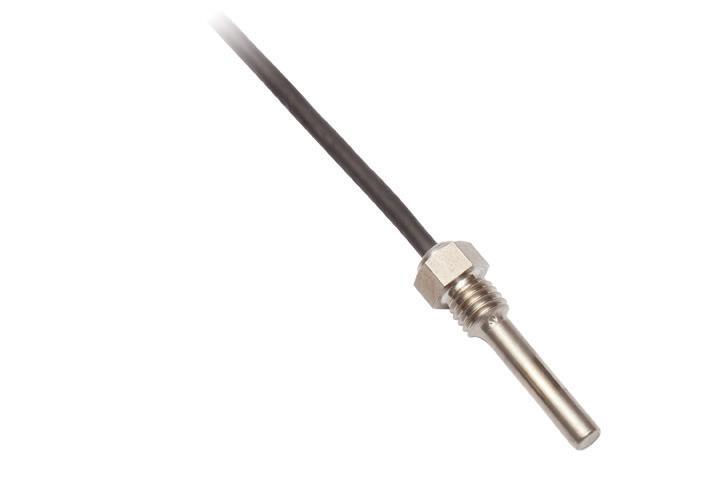
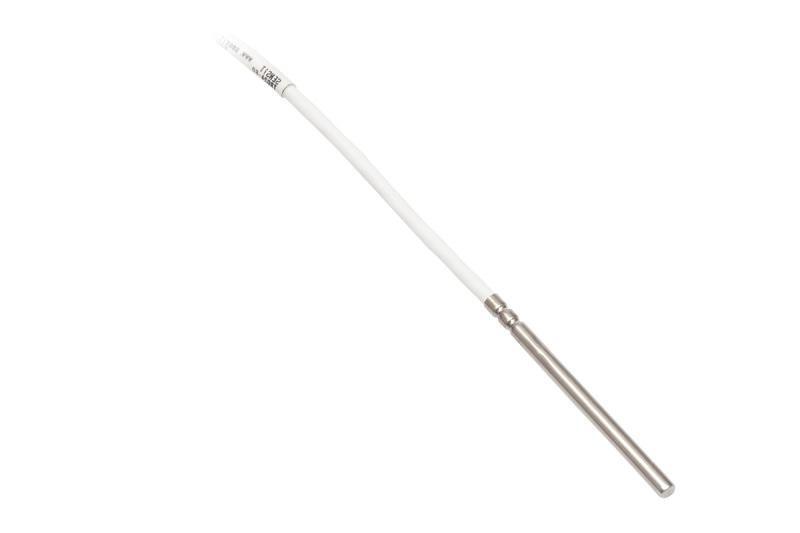

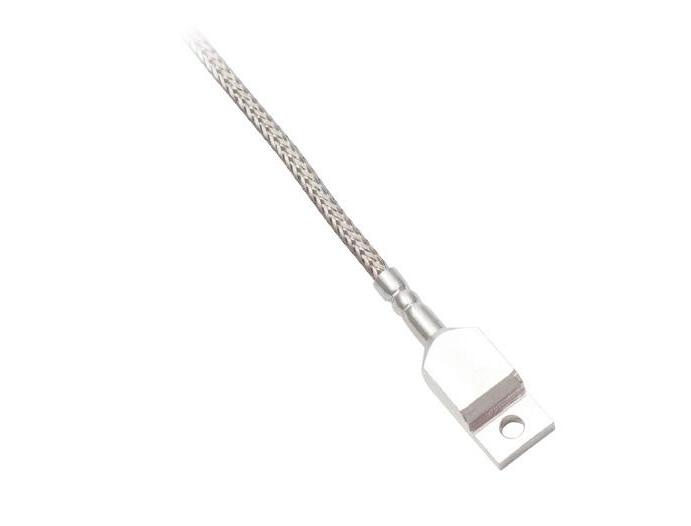


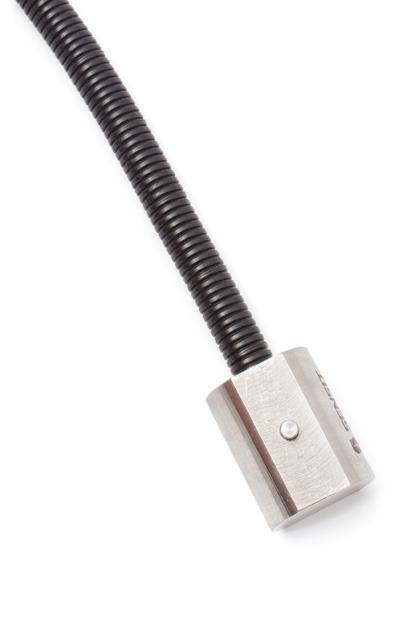
NEXCOM’s Solutions
Compliance with regulations EN50155, EN45545-2 and MIL-STD-810H for graphics cards protection
AI-powered platform with optional graphics card and AI accelerator
Power isolation and protection against voltage dips
X-coded LAN connector with PoE for IP camera for video surveillance
HDMI extender over IP solution for PIS and infotainment



nROK 1030-A
Fanless Rolling Stock Computer, Intel Atom® x6211E (Elkhart Lake)
■ 5G NR and Wi-Fi 6/6E wireless communication options
■ Compact and fanless design

nROK 1031/1031-C2

Fanless Rolling Stock Computer, Intel Atom® x6413E (Elkhart Lake)
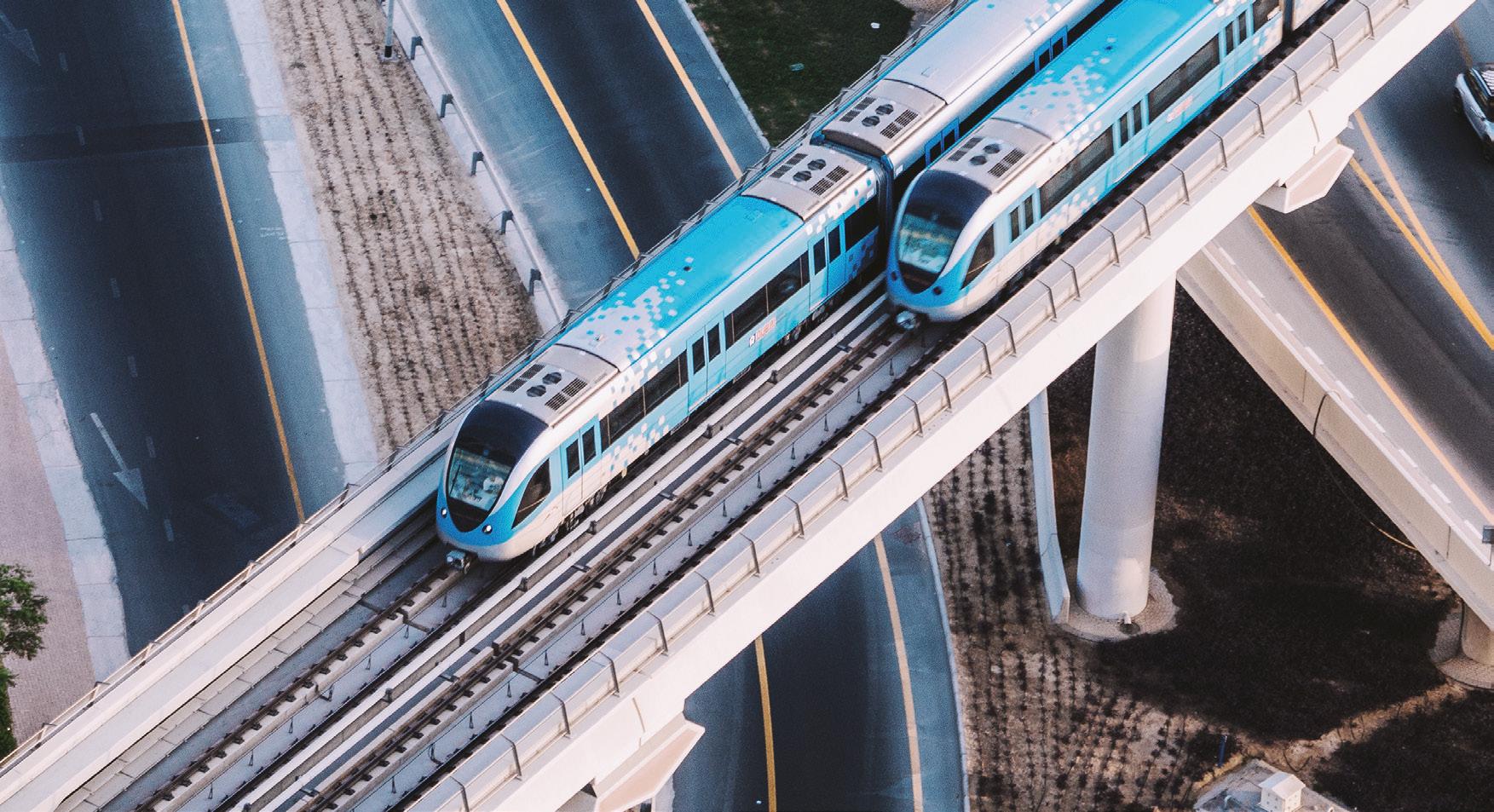
■ 5G NR and Wi-Fi 6/6E wireless communication options
■ Optional AI accelerator M.2/ mini-PCIe module



EDINBURGH Base Station WWAN AI Passenger Information System Balise GNSS NEWCASTLE 10GbEEthernet VideoSurveillance 3 2 1 AI for People Counting Passenger Information System
Committed to Customer Success ©2011-2023 NEXCOM International Co., Ltd. All Rights Reserved. 202303 NEXCOM International 9F, No.920, Zhongzheng Rd., Zhonghe District, New Taipei City, 23586, Taiwan, R.O.C.. www.nexcom.com mcsinfo@nexcom.com.tw For more info., please contact: Always Moving Forward Mobile Computing Solutions 5G NR Wi-Fi PoE 2.5GbE EN45545 EN50155 AI Acclerators Always Moving Forward Mobile Computing Solutions
NEXCOM

Fanless Rolling Stock Computer Enhances Commuting Productivity

Themodern transportation industry has undergone significant changes in recent years with the introduction of high-speed wireless communication, video surveillance technology and AI analysis playing important roles.
With operators now able to provide real-time information to passengers, speed has become more crucial than ever before. NEXCOM Mobile Computing Solutions has realised the need for speedy trends and presents the latest revolutionised nROK 1030 and nROK 1031 systems by implementing the latest Intel® Elkhart Lake Atom® processors to accomplish customer needs.
The new entry-level nROK family welcomes the arrival of new members, the nROK 1030 and nROK 1031, which enhance performance by utilising new-generation processors and memory with Intel® Elkhart Lake
processors and DDR4 instead of DDR3L, increasing the bandwidth of LAN/PoE ports from 1GbE to 2.5GbE and total PCIe channels, and improving the module support ability by unlocking the supportive capabilities of 5G and Wi-Fi 6/6E.
The aforementioned features offer benefits that could fulfil unique functional applications with these costeffective platforms. For instance, real-time telematics train information can be updated to the central system by reducing latency with cloud connectivity via 5G and Wi-Fi 6/6E modules; the nROK systems have the ability to become 5G routers and data gateways, acting as large data processes and delivering transfers via powerful processors and 2.5GbE LAN. The AI application, such as people counting, also becomes available. Suppose the operator would like to send the in-train occupancy information to the passengers at the next station, the raw data coming through a 3D optical sensor that uses structured light to count
Directory Data & Monitoring
95
Computers & Sensors
passengers will be instantly uploaded to the cloud. As soon as the information is reflected on the monitors in the station, passengers will be able to learn the car’s current status and swiftly move to the relatively empty car(s). Since some light rail systems have shorter distances between stations, with the speedy hardware solutions that NEXCOM Mobile Computing Solutions provides, operators could reduce total costs and time for installing high-end systems and sensors on trains.
Another case: cabin safety, always the top priority for operators and passengers. Through the 2x M12 PoE ports on the nROK 1031-C2, surveillance functions can be fulfilled by the PoE cameras, making the nROK 1031-C2 a rail NVR; it could enhance AI performance by adding on modules via M.2 or mPCIe slots for analysis in the event of an incident in order to enhance the customers’ sense of security.
To take a deeper look into the new features of the new nROK systems, we compare the new nROK 1030 and nROK 1031 with the past-generation data gateway nROK 1020 in the following table with major features:

Tony Chiu. “These systems allow end customers to spend nearly zero up-cost but create a highly advanced technology environment which benefit commuters and satisfy the needs of smart city applications.”
The nROK 1030 and nROK 1031 offer several advantages in the hardware design, including a wide operating temperature range (-40°C to +70°C (OT4)), compatibility with military-grade standard MIL-STD810H for anti-shock/vibration, fanless design, and special thermal design for heat dissipation. Additionally, the nROK 1031 features an additional reserve IO output and thanks to its many expansion slots on the motherboard, customers can apply modules such an AI accelerator for performance enhancement, making the nROK 1031 a perfect edge system for AI applications.
Data gateways: leverage connectivity for onboard entertainment, hotspots, train stop information, advertisements and public announcements. They also incorporate door sensors, emergency buttons, and LED displays. The built-in GNSS module provides current location data to facilitate freight management, operation systems and train tracking.

Smart AI applications: enhance traffic safety by increasing convenience while reducing detection and reaction time to potential accidents. The nROK 1031-C2 SKU is designed with edge AI capabilities via PoE cameras and is compatible with either Hailo AI or Google Coral AI accelerator. This SKU emphasises safety by assisting in traffic light recognition, intrusion or pantograph inspection through inferencing. For convenience, it also monitors seat occupancy and passenger counting for space optimisation, with the built-in GNSS module tracking arrival time and operating systems of the railway.
“The new nROK 1030 and nROK 1031 will revolutionise the definition of railway data gateways.The Intel® Elkhart Lake Atom® processors are,on average,1.7x in CPU performance,1.5x in GPU performance,and 2x in AI performance,compared with Apollo Lake,” says the NEXCOM Mobile Computing Solutions PM Director
In conclusion, the new nROK 1030 and nROK 1031 systems not only meet the needs of operators but also enhance commuter satisfaction by providing a safer, more enjoyable riding experience. NEXCOM has the passion, hope and dedication to keep moving forward making daily lives better through innovation. NEXCOM is forging ahead into the future and making it a success with our business partners!

96


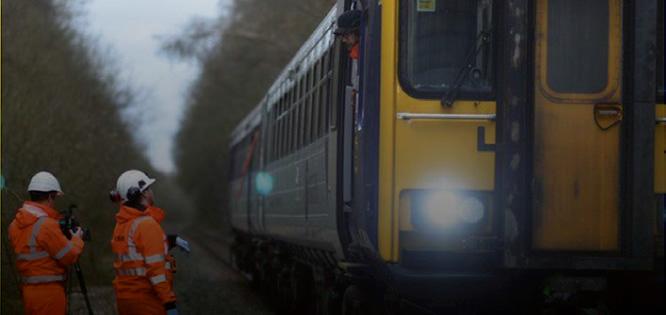
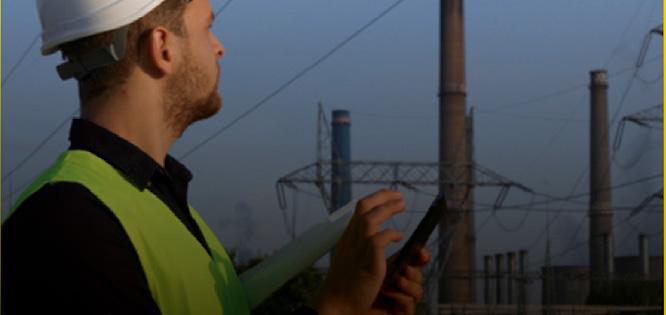



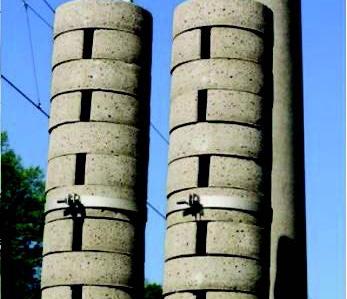
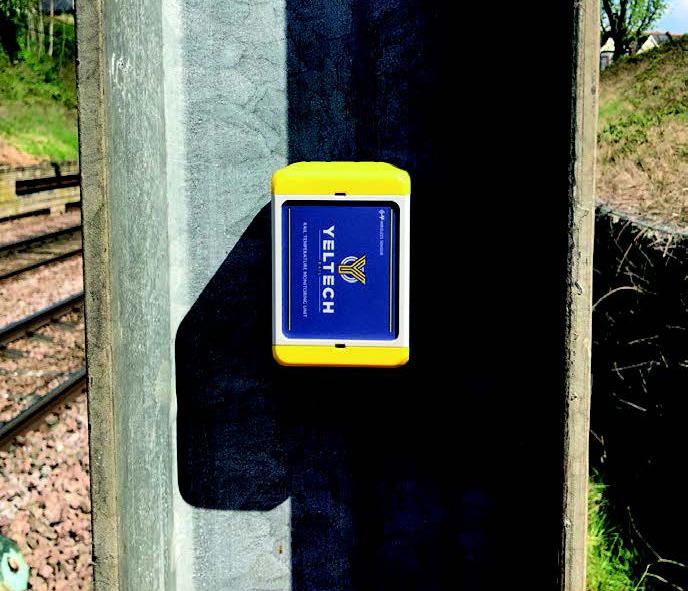
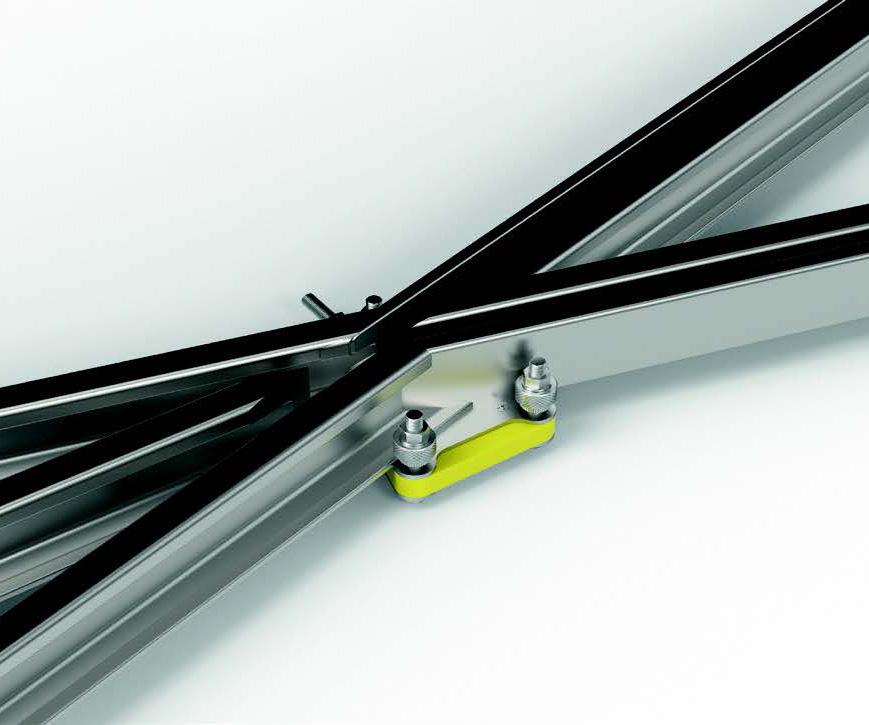

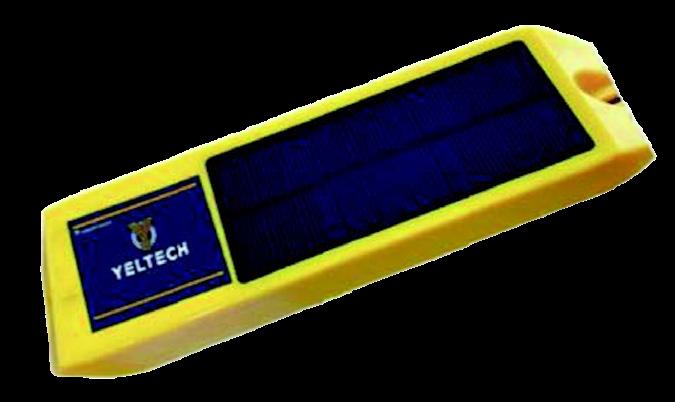
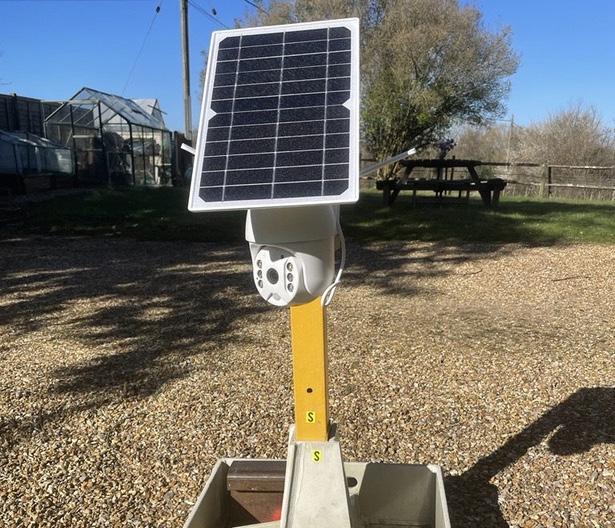






97 Smart Remote Condition Monitoring for All Industries Utilities Environment Weather Highways Constructions Railways Tilt Monitors Rail Crossing Health Monitor Rail Temperature Monitor Balance Weight Monitors Smart Position Sensor CCTV Rail Monitoring Building 2, Guildford Business Park, Guildford, Surrey, GU2 8XH, United Kingdom www.yeltech.com 0845 052 3860 info@yeltech.co.uk
PaxLife Innovations
Introducing paxCMS
A Single Platform to Easily Create and Flexibly Manage Your Passenger Information and Infotainment across Any Vehicle Fleets
In recent years, public transport operators have been discussing technologies, strategies and opportunities that can encourage the public’s return to rail and other shared mobility offerings.
In this perspective, improved passenger information (PIS), whether on board of vehicles, at stations or on the passenger’s smartphone, is a service that can play a significant role in enhancing the travel experience, increasing satisfaction during the journey, as well as growing the business and elevating the brand of transport operators.
Until now, managing fleets of screens, whether onboard or at station platforms, is often a source of complexity and increased effort, and hinders the consistency of information or the delivery of attractive content to passengers.
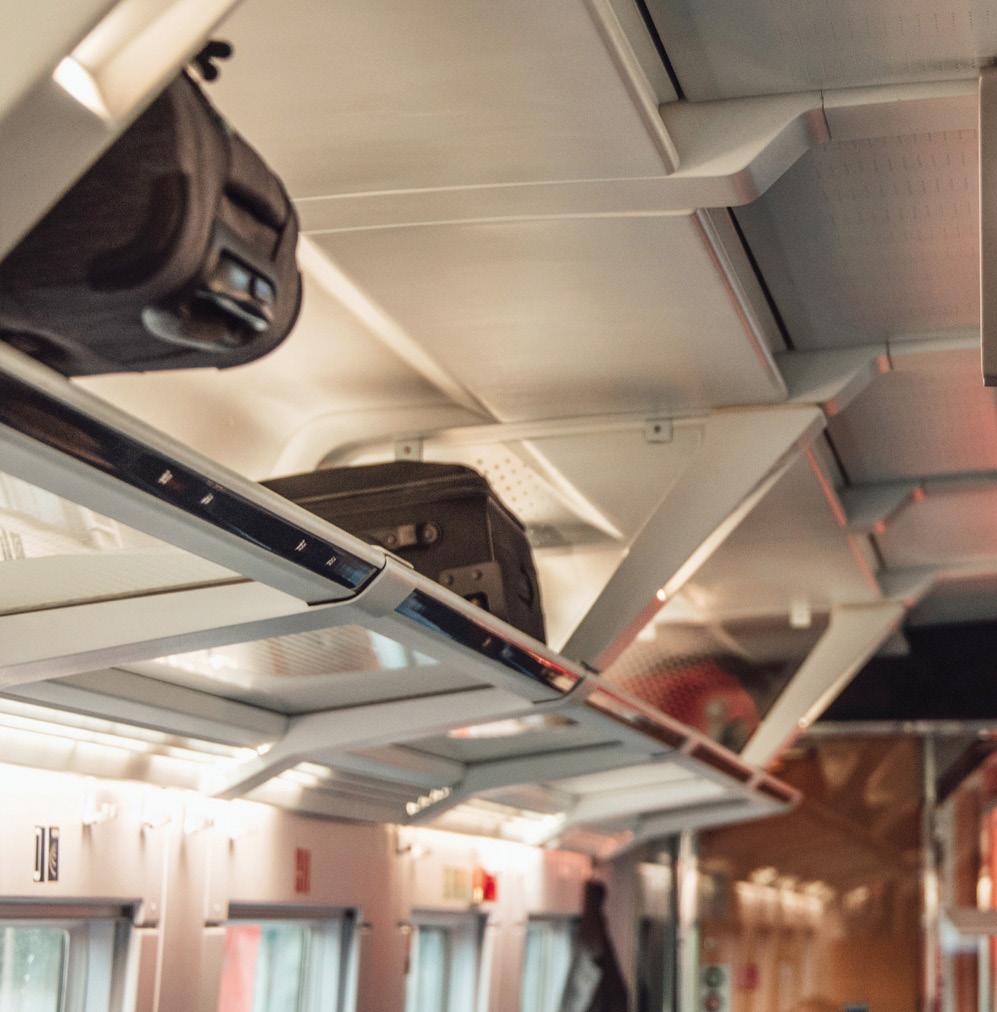
That is why PaxLife Innovations has developed a simple, efficient, future-proof and flexible solution. PaxLife’s paxCMS makes it easy to manage, update, upgrade and operate fleets of passenger screens, even if they are not consistent across manufacturers or vehicles, to gain efficiency, improve the consistency of the information provided and deliver a far more engaging experience.
One Software Solution Independent of Vehicles Specifics
Based on PaxLife’s core product, the railSTACK platform,

paxCMS enables the abstraction of the actual on-board equipment via a simple interface (API), provided by PaxLife Innovations. This means that the passenger information software application no longer makes any difference between the display hardware installed on board – or even whether the passenger information is running on board a train, a bus, a tram or at a station. The major advantage is that paxCMS offers transport operators the possibility to easily manage their PISs with a single software package, regardless of the vehicle’s specifics or heterogeneity. And it also allows the content of the on-board display to be visible on the passenger’s smartphone.
Simplify Building the PIS Solution with a Layout Editor
paxCMS includes a tool for transport operators to further simplify the construction of the PIS system without programming knowledge required: updating information, splitting the screen, adding external elements such as new information (weather or news), advertising, videos, images, defining sequences or content to be viewed under certain conditions, e.g. while driving, when approaching the stop, when stopping etc., all this via a simple drag and drop procedure similar to building a website.

Directory Data & Monitoring 98
A layout editor to easily build your PIS and manage it centrally for all information channels
Content and updates can be deployed on individual vehicles or entire fleets of vehicles at the touch of a button for a chosen period of validity. It is now very easy for transport operators to set and homogeneously transform the message or look and feel of passenger information systems at any time.
The information or elements to be displayed (such as journey information, delays, etc.) are implemented once, consistently and in the same format for all vehicles. In the case of fleet expansion, this is a great advantage as it facilitates and accelerates the deployment of known content/information on new vehicles.
Automating the Generation of Ancillary Revenues from Advertising
Finally, with regards to information and content, paxCMS now offers the cutting-edge capability to acquire and integrate in the PIS layout structure, dynamic data – internal or from third-party systems – to be displayed on passenger screens. In addition to standard travel information, data can also be daily news, current weather or even dynamic acquisition of advertising content from digital out of home (DOOH) and their best bidders platforms; moreover the display content can be programmed to follow a set of display rules at appropriate times or target a separate set of displays.
Overall it allows transport operators to leverage the full potential of their fleet of displays and their display systems in place for passenger information – on-board or at stations – to generate additional revenue from advertising or any other content in an automated and optimised manner.
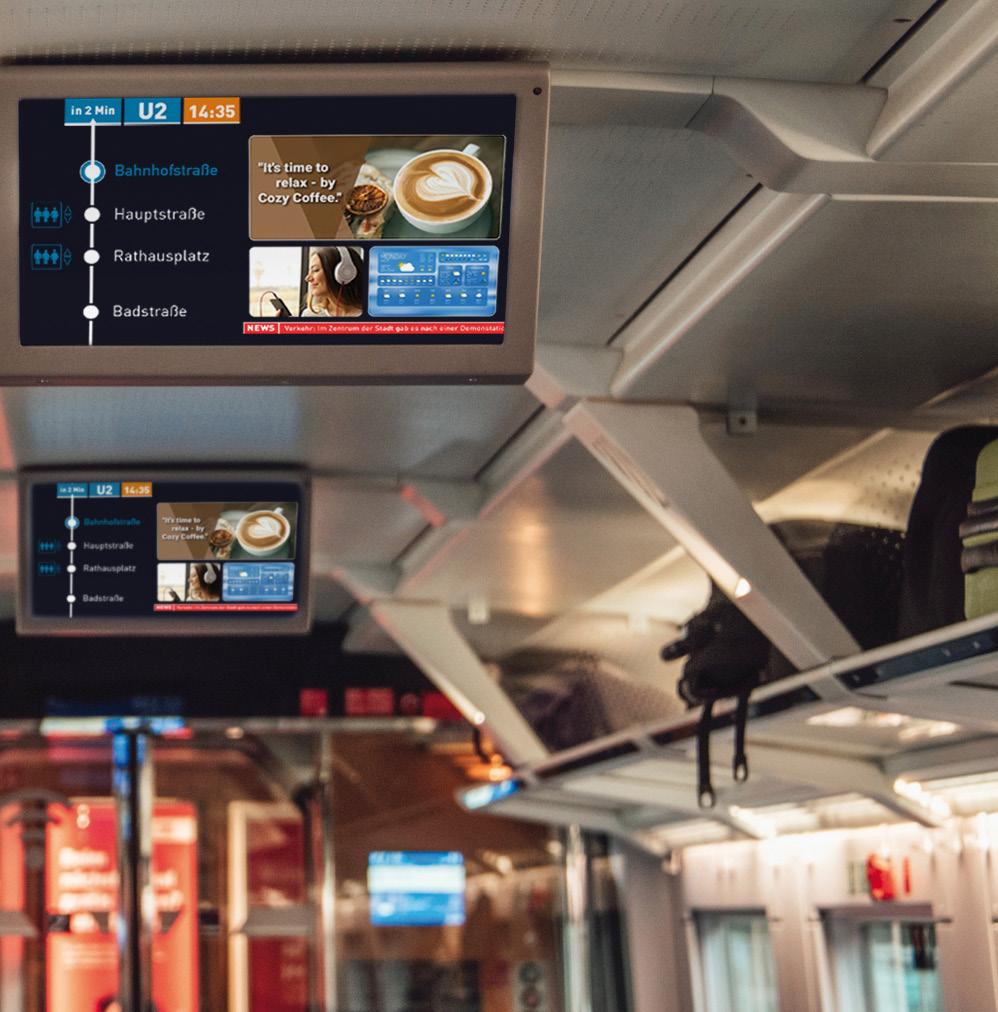
PaxLife Innovations is a German software company that specialises in information, content and digital services delivery in rail and public transit. paxCMS is currently being deployed in the regional transport system in South Tyrol and in the subway section of Berlin’s public transport system. If you want to know more or request a demo, get in touch with us!
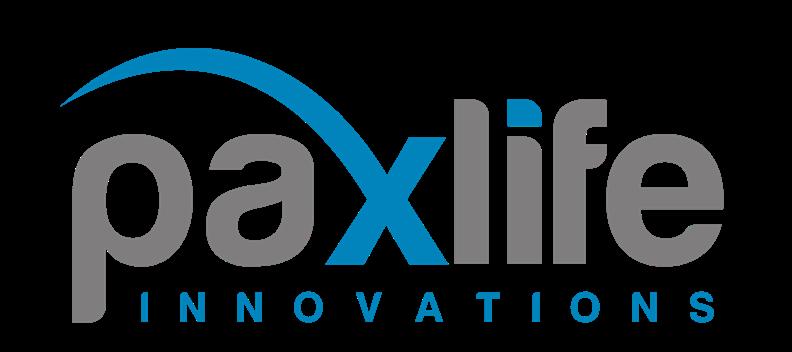
Key Benefits
• One software platform to provide consistent information across fleets – on-display screens, passenger smartphones and even at stations
• Ease of use to create your PIS, no programming knowledge, no constraints, no limits
• Maximum control over what information to be displayed on board and when
• Additional revenue potential from advertising and content providers
• Enrich the PIS with news, information or third-party providers to enhance passenger experience
• Cost-effective, scalable and future-proof solution
For more information please contact:
Delphine Ehret
+49 331 243424-0
sales@paxlife.aero
99
Passenger Infotainment
UNPARALLELED PASSENGER VIDEO STREAMING EXPERIENCE
IS WITHIN REACH
Delight your passengers with enhanced onboard Wi-Fi performance. Enable seamless internet video streaming from popular content delivery providers, without consuming precious train-to-internet cellular bandwidth with Netskrt's eCDN technology.
www.netskrt.io info@netskrt.io

Netskrt Systems
Is Your Onboard Experience About to Be Hit by the Streaming Video Services Perfect Storm?
Are your customers satisfied with their on-board Wi-Fi experience? Are you noticing more and more of them watching, or trying to watch, streaming video services such as Netflix, Amazon, ITV or Disney?
Customer surveys tell us three important trends: rail passengers are frequently frustrated by on-board Wi-Fi, rail passengers’ choice of travel is influenced by their desire for satisfactory Wi-Fi, and consumers are turning to streaming services in droves. Put these three together and rail operators are facing a perfect storm.
Delivering a good Wi-Fi experience on trains has always been difficult. The challenge to meeting customer expectations for on-board internet access has only intensified since the pandemic. As streaming services become the norm, consumers expect to be able to stream their favourite shows wherever and whenever they choose.

Streaming – an efficient, real-time alternative to downloading media files – has exploded in popularity since the pandemic began. Virtually every passenger boarding a train carries a device capable of playing high-definition streaming video (a smartphone). Some

Directory Data & Monitoring
Passenger Infotainment 101
carry two or even three (laptop and/or tablet). Further, the Ofcom Media Nation UK 2022 study found that 67% of passengers subscribe to a streaming video service and the average UK household subscribes to 2.3 streaming services.
Moreover, rail passenger surveys show that good quality internet access on-board is increasingly important to the overall satisfaction of travellers. Passengers now choose travel plans based on whether there will be good Wi-Fi provided – even in hardto-reach locations such as trains. IPSOS passenger research suggests 41% of all adults (16–75) and 64% of young people (16–35) would be more likely to consider taking the train over other modes of transport (e.g. car, plane, etc.), if train companies provided fast, reliable on-board Wi-Fi. Computer Weekly reports that for business travellers, this figure rises to 79%. Blocking access to streaming services to protect internet access for other passengers browsing and doing email is no longer going to suffice.

Many rail operators have invested in higher capacity, more reliable on-board Wi-Fi backbone infrastructure (supporting 1Gbps or even 10Gbps in many cases). The primary determinant of the passenger internet experience, however, is the cellular service connecting rapidly moving rail assets with fixed network infrastructure. Today, in order to provide Wi-Fi connectivity, rail operators depend on cellular networks with limited coverage that span multiple cellular technology generations (3G, 4G, 5G). While 5G wireless holds great promise, it will be many years before coverage is sufficiently broad and, unfortunately, by that time the connectivity speed required by passengers will have evolved and even full 5G coverage may not provide the capacity levels expected by rail passengers.
To meet customer expectations for on-board internet connectivity, rail operators need a new solution, one that makes use of available bandwidth to allow passengers to stream video services, without impacting other passengers browsing or emailing, and without requiring untenable investments in wireless internet access.
Enter Netskrt, a technology innovator that has taken a page from traditional content delivery networks to solve this problem and improve video streaming performance in hard-to-reach places – from trains
and planes to rural homes and businesses. Netskrt and its partners are transforming the rail passenger experience with a first-of-its-kind content delivery network that reaches to the very edge of the network.

Combining cloud-based machine learning with network-aware edge caching, Netskrt’s edge Content Delivery Network (eCDN) makes uninterrupted video streaming and reliable Wi-Fi possible onboard a moving train without the need to increase the available bandwidth. With the Netskrt eCDN, rail operators can give passengers a ‘just like home’ viewing experience, using today’s available bandwidth.
Want to get on-board with delighting your passengers with high-performance Wi-Fi and video streaming services? Learn more about how bringing CDN approach to the very edge – that is rail cars – can help you get through this video streaming perfect storm. Read the whitepaper Weathering the Video Stream Perfect Storm.
For more information contact Virginia Balcom: netskrt.io +604551 6931 virginia@netskrt.io
102
Cisco has been partnering with transportation organizations across the globe for the past decade. Moving the industry forward with technologies that can be integrated into existing and new infrastructure.
Through proven and well-established standards-based technologies, Cisco Connected Rail can help maximize implementation success and significantly reduce installation risk, cost and deployment time while providing solutions for better safety, improved reliability, and enhanced efficiency.

Learn more at Cisco.com
Cisco portfolio for transportation: What can we help you solve today?
Between the future of transportation and the secure infrastructure that connects it there’s a bridge.
Cisco
A Modern, Safe, Secure and Improved Passenger Experience
Asridership inches towards pre-pandemic levels, rail operators are tasked with evolving their operations and adapting to new transit behaviours to provide the experiences passengers expect.

From Nice-to-Have to Must-Have
The increase in hybrid work has caused foundational shifts in travel patterns and revenue-generation models in rail. Even with the infusion of needed infrastructure funding, it has become critical for rail organisations to ensure the long-term financial viability of their networks. Building a safe and modern passenger experience is essential.
Internet connectivity for passengers used to be a niceto-have. But in today’s hybrid work environment, it has turned into a must-have. As workers travel from home offices to customer visits to the corporate office, the connectivity experience must be reliable – whether jumping on a Webex meeting or catching up on email. Business travellers choose how to move around their city based on when and where they can be connected. Reliable connectivity also enables enhanced passenger features such as interactive kiosks, wayfinding and realtime estimated time of arrival (ETA) communications making the experience seamless and reliable.
Safety concerns must also be considered as operators aim to dynamically address potential incidents to improve overall safety and comfort for travellers.

Directory Data & Monitoring
104
Passenger on device
Automated video monitoring of train and station surveillance and video incident capture from on-board cameras are a few ways operators are gaining more visibility into the passengers’ environment. These solutions not only make passengers feel more secure during their experience, but also provide transit authorities with improved operational awareness.
Seamless, Secure Connectivity
Ensuring seamless, secure connectivity, from the station to the train, is foundational for creating a modern passenger experience and developing new revenue services. As a global leader in data, networking, and security, Cisco’s Connected Rail solutions provide the network foundation for improving the safety, efficiency and service levels of rail operations.
Cisco Validated Designs (CVDs) provide design and implementation guides for critical portions of the rail architecture. Rail operators and Cisco solution partners use the CVDs as a secure foundation on which to build their solutions for passenger services, video surveillance and analytics, operations, maintenance, and signalling and control.
The Cisco Connected Station architecture supports innovative services for passengers, helps deliver safety and security for workers and passengers within a station, simplifies operations and provides station staff with more efficient communications.
Cisco’s Connected Train solution provides a multiservice network foundation, converging the capabilities from multiple proprietary networks in train cars onto a common IP network. The solution provides a resilient infrastructure capable of supporting numerous
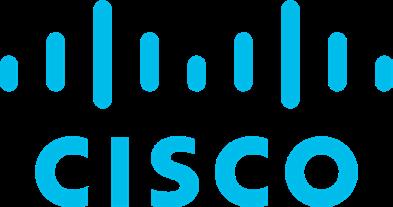
services and use cases, including improved passenger experience.
A modern, safe, secure and improved passenger experience can be achievable if leaders make the right investments. In many cases, multiple business outcomes can be delivered with a common architecture. As critical use cases are rolled out, Cisco can help ensure reliable connectivity and end to end security at every level of architecture. It is an exciting time as transportation organisations are building the future of mobility and Cisco is proud to be working with transportation agencies globally to be the bridge between new transit digital infrastructure and an improved passenger experience.
Find out more about how Cisco helps transportation operators and explore Cisco’s portfolio for transportation to see the use cases and architectures that are making a difference in transportation today.

Cisco Scott
cisco.com slantis@cisco.com Digital Solutions 105
Lantis
Improving the Passenger Experience – The Latest Developments in Public Transport

Public transport is becoming an increasingly important part of our daily lives.
Many people choose to commute by public transport. As a result, high demands are placed on public transport, particularly in terms of reliability and safety. Nevertheless, the development of new technology is advancing at an unprecedented rate, offering new opportunities to improve the quality and efficiency of public transport. As well as improving the passenger experience, innovations also bring significant economic benefits to operators. By investing in research and development, Škoda Group offers its customers new solutions that completely change the way people perceive public transport and take the travelling experience to a higher level.
Reliability
Public transport you can rely on – that’s PREMIS, a predictive diagnostic system with elements of artificial intelligence for rolling stock. The digital development centre of Škoda Group has developed a unique system for predictive vehicle maintenance. It enables operators to better plan maintenance or the replacement of worn parts, as well as the early detection of potential risks that would otherwise lead to a sudden interruption of line service. The functions of PREMIS can be divided into two levels. First, PREMIS uses smart sensors to evaluate the technical condition of the vehicle. It sends the collected data on the vehicle in real time to the server application. In the second level, the system analyses the collected data using predictive algorithms, which aim to predict possible failures and at the same time evaluate the reliability of individual components. PREMIS and its hardware elements comply with the principles of Maintenance 4.0, creating an essential tool for optimising maintenance and reducing downtime and unproductive vehicle life-cycle time.
Comfort and Accessibility

The unique concept of a multi-articulated body, a low floor and freely pivoting bogies brings variability to tram transport, greater comfort for passengers and lower maintenance costs for operators. This patented technology is used in the new Škoda Artic X54 tram. The combination of a greater number of shorter sections in the centre of the vehicle allows the length of the tram to be adjusted while reducing the number of bogies used. This concept allows us to offer passengers a completely flat floor and more space. The use of pivoting bogies is much gentler on the infrastructure, which is subject to less wear

Directory Data & Monitoring
106
New multi-acticulated tram with pivoting bogies Škoda Artic X54
and tear than conventional non-pivoting bogies. As a result, operators can make significant savings on repair and maintenance costs. In addition to this unique technology, the new Škoda Artic X54 tram also boasts another world first. It is the first tram in the world to be equipped with a kneeling system, which is best known from the bus and coach sector. By pressing a button, people with reduced mobility can enter the tram with complete freedom. Travelling has never been so easy.
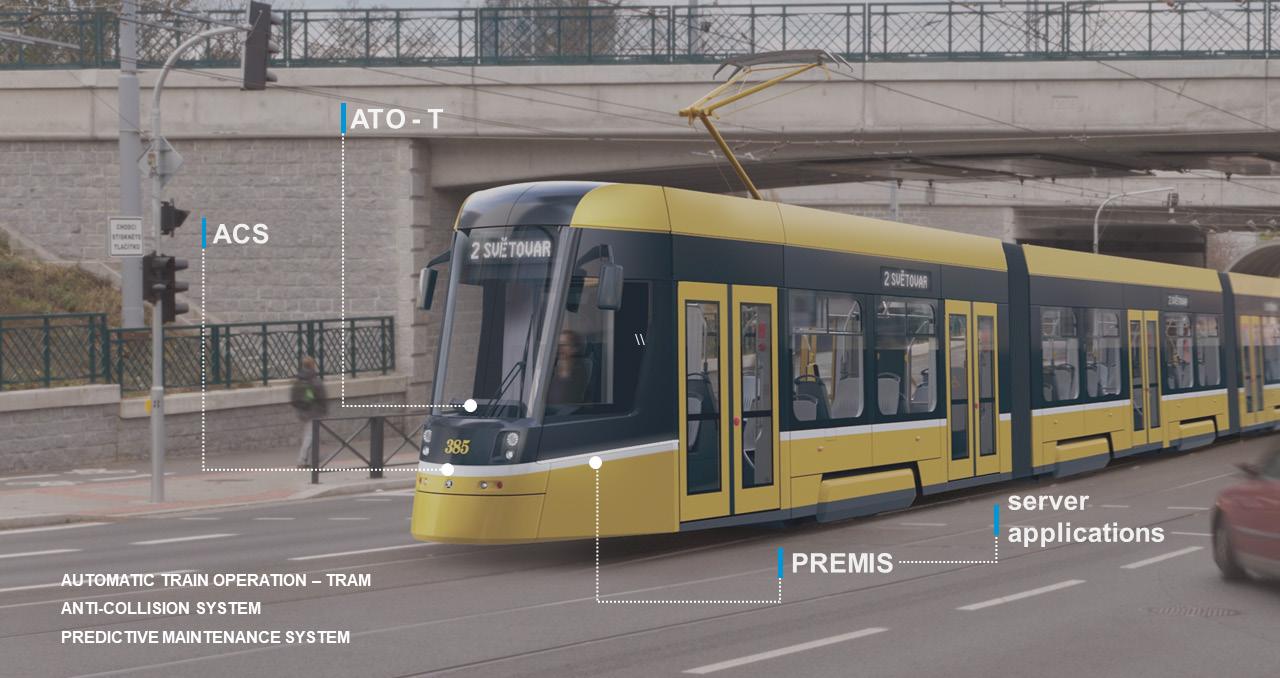
Autonomy
The future of transport is vehicles driven without human intervention. However distant this future may seem, Škoda Group is working hard to develop the technologies that will bring us closer to this vision. One of the first steps on the road to autonomy is an anticollision system. Škoda Group has developed its anticollision system Škoda ACS for rolling stock based on a combination of lidar, cameras and precise localisation using HD maps and odometry. The combination of these technologies allows the system to create a virtual tunnel which enables the system to detect obstacles, provide early warning and minimise false positive warnings. This makes urban transport safer and more intelligent. Automatic train operation (ATO) is another element that speaks in favour of autonomous transport. A key role in the proper functioning of the system is correct and accurate localisation, for which it uses an electronic map of the track and the fusion
of data from the GNSS module and the odometry module. By accurately determining the position of the vehicle, combined with a detailed map and the use of an optimal timetable generator, the system allows the timetable to be repeatedly updated based on actual track conditions, helping to optimise the journey and keep the train on schedule.
Innovations in public transport technology offer a promising future for both passengers and operators. By providing reliable and safe transport, while also focusing on passenger comfort and accessibility, public transport can become an even more attractive and sustainable option for daily commuting as well as long-distance travel. As we move towards autonomous vehicles, it is essential that we continue to invest in research and development to ensure that public transport systems are efficient, safe and environmentally friendly. By embracing new innovations, public transport can play a vital role in connecting people and communities, creating a better future for ourselves and future generations.
For more information contact Skoda-Group: skodagroup.com
trn.sales@skodagroup.com
Digital Solutions 107
Digital solutions for public transport
PROVIDING MODERN SOLUTIONS FOR SUSTAINABLE MOBILITY

AARCPS Expands into Operational Training Delivery
Afteralmost a decade of providing bespoke operational training materials to the rail industry, AARC Professional Services has expanded into training delivery.
AARC Professional Services (AARCPS), led by industry stalwart Steve Derrick, has been offering a wide range of support and advisory services covering rail operations, projects and engineering, safety and assurance, and rail training since 2014.

Drawing from over five decades of industry experience, Derrick and his team of like-minded rail professionals have a comprehensive understanding and appreciation of key elements of the rail industry, including its training and development requirements.
The consultancy has developed bespoke training materials for its clients for many years, but its journey to operational training delivery started in 2021, when it was engaged to support the development of electrical control operator learning on behalf of Network Rail.
At the same time, the UK’s main infrastructure manager also asked AARCPS to produce bespoke signaller training modules for Scotland’s RETB and STB signalling systems, while Amey Infrastructure Wales (AIW) approached the organisation about delivering depot controller training.
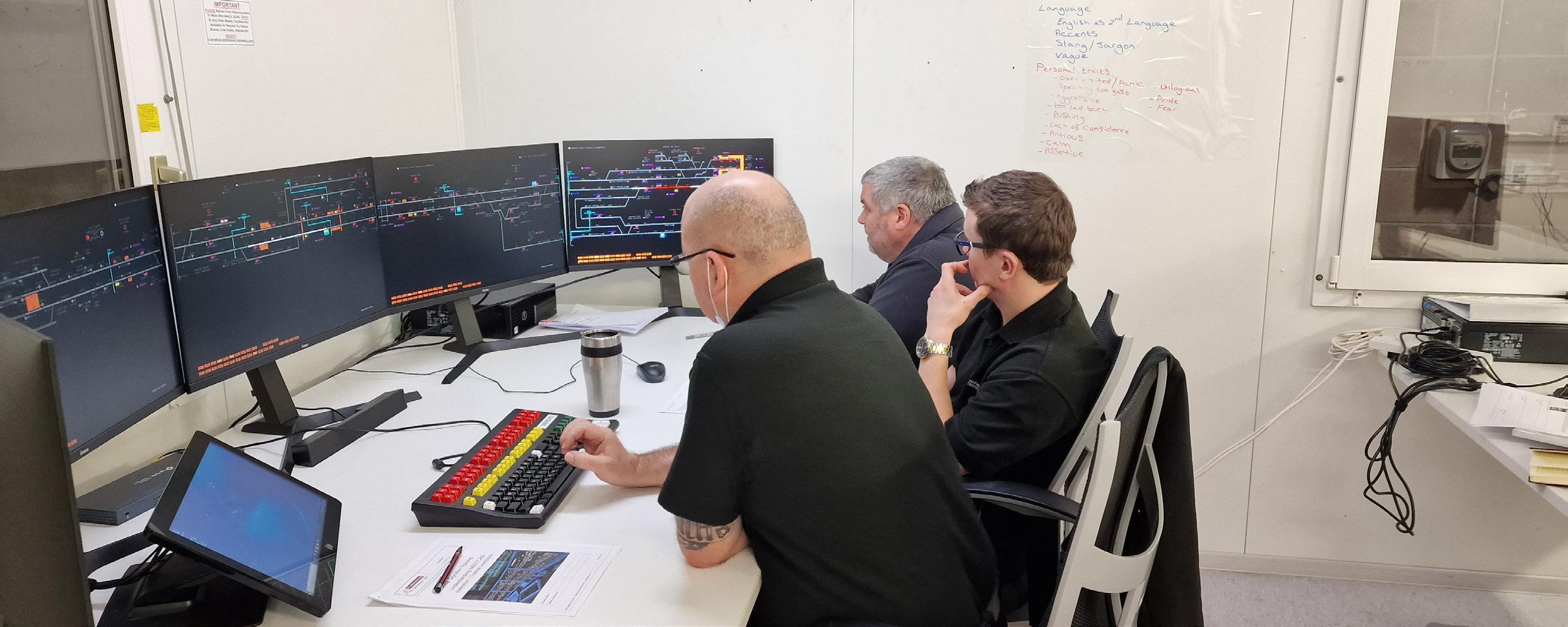
AIW had worked closely with AARCPS for some time, which was why Head of CVL Operations, Colin Hughes, thought Derrick and the team were perfect for the job.
“AIW had been asking us for a while about our capability to take on operational training – in particular basic signaller and electrical control operator (ECO) training,”says Derrick. “Towards the end of 2022 and after discussing with the team we felt the time was right for us to develop our training offering further.”
Developing a Specialist Training Delivery Programme
Starting from scratch, AARCPS undertook a full risk-

Directory Data & Monitoring
Education & Training 109
based training needs analysis to break down the overarching elements of each course into a set of trainable and assessable tasks, using national operating procedures as guidance and taking AIW’s specific needs into consideration.
“Other training providers offer pre-defined courses, but with AARCPS I was able to scope out what I wanted and have courses designed for my needs,” says Hughes. “They developed the programme and then I had the opportunity to review and add any additional items to meet my requirements.”
For the signalling course, AARCPS identified 500+ tasks a signaller must undertake competently. “Once identified,it’s necessary your training programme covers all of these,” says Senior Consultant and Training Specialist Greg Edwards. “An awful lot of thought and debate took place when we determined the order and flow of the course,but we can confidently say that we can demonstrate all of the skills and knowledge requirements and identify where,when and how we have delivered these.”
AARCPS’ Approach to Training Delivery
Standout features of AARCPS’ training delivery include the embedding of non-technical skills (NTS) into every aspect of its courses.
“Whilst developing the material it became very clear how important NTS are to these roles,and so we
included them from the start,” says Dan Barrett, a Senior Consultant at AARCPS.
“The signalling training included time with workers in interfacing roles,such as train drivers and control room staff,to give them visibility of the tasks associated with the roles that they’ll work closely with.
The ECO trainers, on the other hand, wanted to counteract the fact their cohort couldn’t spend time in a live electrical control room,and so we’re including considerable time on a simulator,where they can practice in a safe environment.”
Blended Learning
The trainers took a fully blended approach to learning when developing the courses, understanding that people learn in different ways.
“From the outset,our training programme tries to ensure that all styles are catered for,but we’re able to change the methods dynamically as the course progresses,” Edwards points out.”
“On the signalling course we saw that our trainees learned more from practical application.As a result, we altered our approach on a number of topics,for example allowing them to use the WESTCAD Simulator before returning to the rulebook to understand the theory behind their actions.”

Quality Assurance
AARCPS also developed an internal quality assurance process using ORR, RSSB and Sector Skills Council guidance to make sure the training materials and delivery were to a consistent and high standard.
“A key part of this process is feedback from the trainers and assessors,which enables us to continually develop our own professional and assessment skills and use the lessons learned to help shape further training for AIW and other clients,” notes Liz Parkes, an HSQE Senior Consultant with AARCPS.
Feedback and Further Development
With one course completed and the other more than half-way through, Hughes says that AARCPS has exceeded expectations.
110
“They incorporated all the latest ideas around training delivery and were able to tailor that to our needs, delivering training that’s bespoke to the equipment we’re using. There’s now an off-the-shelf training package ready to go whenever needed – I can just contact them to deliver it. Plus, together we can refine it in line with any changes in approach or technology.”
The trainees have also been positive about their experience.
“I thought this was much better than other training I’ve undertaken,” one trainee says. “It was tough,and really pushed me,but the trainers were great and really took the time to ensure I understood things.When possible, they also made the training fun.”
Next Steps
AARCPS is currently undertaking a review of these first courses and will use feedback to identify where any improvements can be made.
Derrick hopes to continue developing AARCPS’ training delivery, offering to support a wider range of roles. He is keen to hear from other rail organisations that could benefit from a bespoke training development and delivery provider.
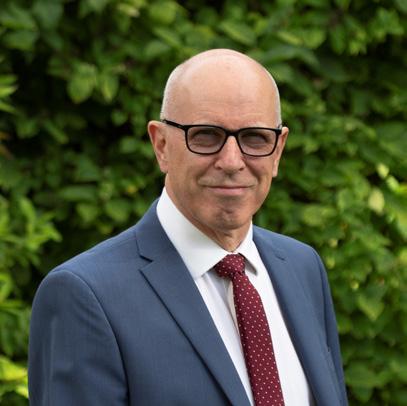
www.aarcps.co.uk
“We’ll be exhibiting at Railtex 2023 in Birmingham this May and would be happy to discuss our development of training delivery – along with any of our other services.
Get in touch to book a time or simply drop by and see us at stand no EO2.”
Steve Derrick, Managing Director, AARC Professional Services Limited
Run by railway people, for railway people
Railway Consultancy Services

AARC Professional Services Limited draws from over five decades of experience to provide expert support to the industry.

We are a railway consultancy bringing together likeminded rail professionals with a common goal to deliver outstanding outcomes:
• By helping clients achieve their goals…
• Through delivering strategic and technical expert advice…
• Across a range of disciplines…
Professionalism, collaboration and a friendly though determined ethos form the basis of our core values.
For further information, please visit www.aarcps.co.uk or contact us at: info@aarcps.co.uk
www.aarcps.co.uk Get in touch info@aarcps.co.uk 01543 472782




Bender
Approval of Tier 2 and Tier 1 Rail System Insulation Monitoring Has Paved the Way for Widespread Upgrades across the UK
Full approval of rail safety technology from Bender has enabled more widespread investment in intelligent insulation monitoring of signal power systems in the UK.
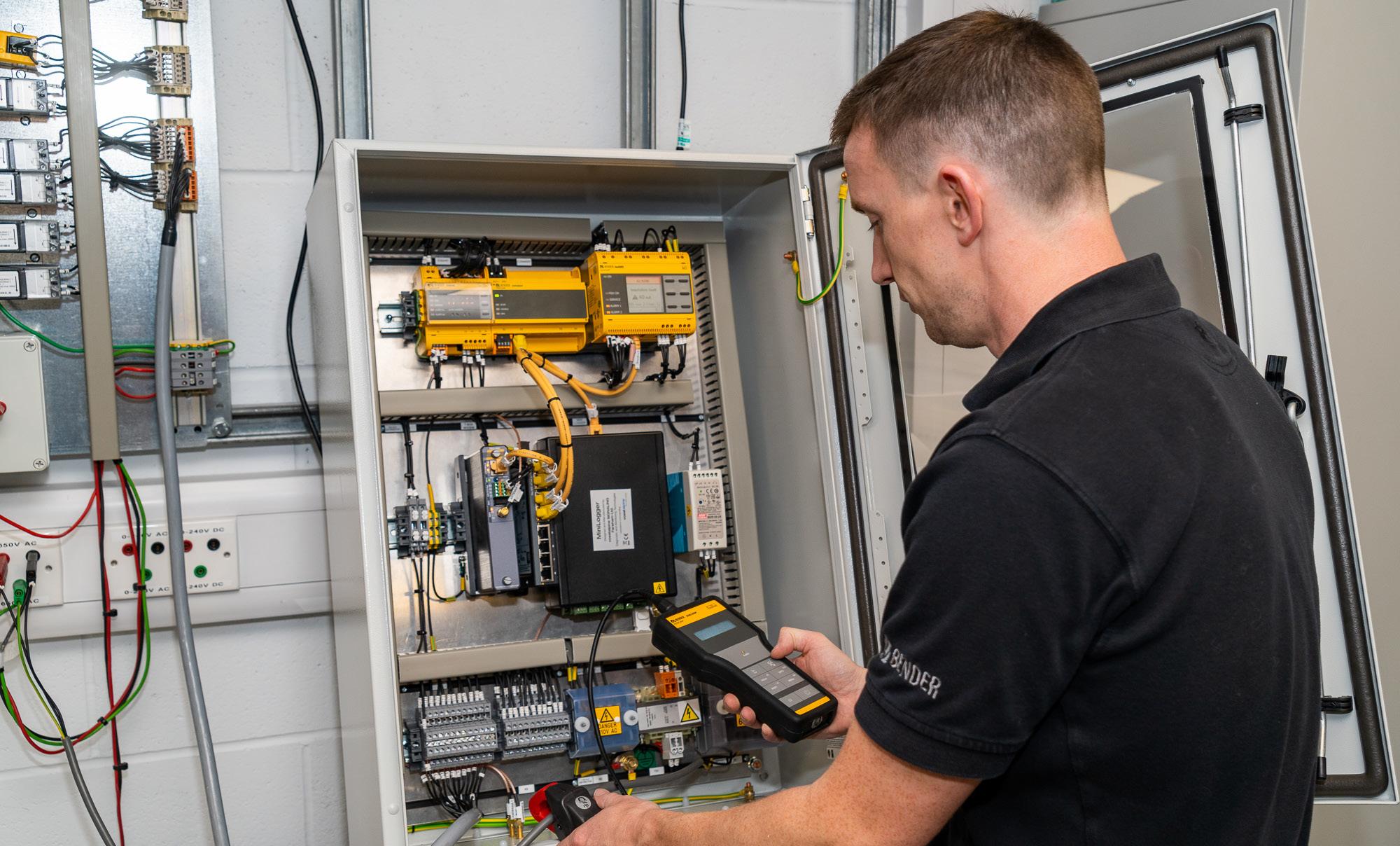
The new generation multi-tier RS4 Rail Signalling Power Monitoring delivers increased sensitivity for first fault location and remote condition monitoring of core-to-
earth failures, which accounts for most faults on signal power systems. RS4 helps to reduce maintenance, infrastructure and service failures and improve staff safety by minimising trackside intervention (‘boots on ballast’).
Bender RS4 technology was developed in collaboration with Network Rail in response to the standard NR/ L2/SIGELP/27725 which defines requirements for insulation monitoring and fault location for use on

Directory
& Monitoring
Data
114
IT electrical systems where the nominal system voltage does not exceed 1000V AC or 1500V DC. Network Rail regulation NR/L3/SIGELP/50001 requires an increase in intervention windows. Faults identified at critical stages (20kΩ or lower) require immediate intervention within 24 hours. Advanced monitoring and insulation fault location at up to 100kΩ increases intervention time, enabling fault identification within a prescribed six-week window. More importantly, it also offers the option of dealing with the fault over a longer timescale through planned and predictive maintenance.
Bender systems were the principal method of tracking and locating faults on the UK rail signalling power network for two decades. However, less critical emerging faults at lower intervention/ insulation limits have been difficult to track and pinpoint.
Network Rail demands maximum visibility to assess the health and condition of its power systems to support signals, points and communications infrastructure. Manual cable testing on a five-year cycle continues to be a requirement, but RS4 is a key step forward in enabling Network Rail to move from periodic testing to a real-time condition-based approach through continuous monitoring.
Tony Edwards, Rail Business Manager from Bender UK commented: “The response from our customers to the Tier 1 and 2 RS4 approval has been very positive. It is being taken on board across the rail network as a straightforward way of upgrading legacy installations to deliver the extra functionality and sensitive monitoring that is set to be the new base level going forward.It is the area where we expect to see growth from companies carrying out improvements – with less new rail developments planned,any future investment is being concentrated on improving existing systems.
For example,the standard has not yet been reviewed but the future architecture for new principal supply points (PSPs) may be a single transformer for every single feeder.If that is adopted as the new standard, RS4 Tier 2 is the ideal equipment to monitor the systems because the Tier 2 standard is automatically achieved with functional insulation monitoring. Alongside that,routes are already indicating they prefer to upgrade to RS4 Tier 2 as a bare minimum.
Data analysis and trending is also becoming increasingly important and an easy way to access current data is via the cloud using Tier 2 equipment. Bender can enable cloud access as part of its managed service package,which means customers can access data uploaded every 15 minutes from each feeder.”

The RS4 Tier 2 system measures insulation resistance and leakage capacitances to individual feeder levels on rail IT electrical systems up to 690V, in addition to delivering the overall system resistance and capacitance provided by the RS4 Tier 3 system.
Comprehensive data readings and information on the status of miles of networked cables enable operators to make a clearer overall assessment of the system condition and plan predictive and preventive maintenance to prevent downtime.
RS4 Tier 2 is the most cost-effective solution for upgrading previous generation Bender rail technology and can be installed with simple mechanical and wiring modifications onsite. Tier 2 compliance is achieved through the incorporation of Bender Type B current transformers (CT) and the Bender COM465IP condition monitor to enable complex individual feeder measurements. It is also fully upgradeable to deliver a Tier 1 solution.
Condition Monitoring
115
Tony Edwards,Rail Business Manager,Bender UK
Bender also offers a range of support systems and services, including remote condition monitoring designed to integrate seamlessly with future smart infrastructure, and advanced analysis of data collected by Bender and third-party devices. This supports end users with the identification of warnings and trends to help minimise failures, improve the efficiency of rail network maintenance, enhance safety and reduce operating costs for the network.
Condition monitoring data from Tier 3 systems is reported back to the Network Rail central system known as RADAR. This is monitored 24/7 by intelligent infrastructure technicians who utilise the information to predict an asset failure, providing guidance to frontline teams.
“The response from our customers to the Tier 1 and 2 RS4 approval has been very positive.It is being taken on board across the rail network as a straightforward way of upgrading legacy installations to deliver the extra functionality and sensitive monitoring that is set to be the new base level going forward.”
Tony Edwards, Rail Business Manager from Bender UK
RS4 Tier 1 increases the functionality level to provide accurate individual cable section and FSP switchgear level insulation resistances. RS4 is an approved Tier 1 solution that doesn’t require trackside connection to 650V for safer and more cost-effective installation without the need to switch off power. Bender’s Tier 1 solution is capable of separately reporting on the insulation status and performance of the switchgear and cable.

This unique solution enables unobtrusive working with dual end fed reconfigurable systems, so that in the reconfigured state, monitoring can be changed to match the new systems without trackside intervention.
Visit Bender at Stand K60 at Railtex!
www.bender-uk.com

industrialsales@bender-uk.com
+44 (0) 1229 480123
116

sales@duostech.com 7660 Centurion Parkway, Suite 100 Jacksonville, FL 32256 +1 904.296.2807
Safety
Is the #1 Concern of the Railroad Industry!
Railcars contain hundreds of parts and critical components that must be inspected frequently to ensure safe and reliable operations.
With more than 1.6 million railcars running on nearly 200,000 miles of track in North America, railroads and railcar owners are seeking advanced technologies to keep their operations safe, reliable and efficient. Improving processes in this area is key to improving operations.
Railcar Inspection Portal (RIP®)

Duos Technologies Railcar Inspection Portal (RIP®) is an advanced, AI-enabled railcar imaging system that produces high-resolution images of railcars moving at track speeds. The wide array of crisply detailed images offers a full, 360 ‘all-around’ view of each railcar — not just the top and sides, but the undercarriage as well. An intuitive, streamlined user interface allows mechanical railcar inspectors to scan trains, review railcars and perform detailed, thorough inspections quickly and easily.
The RIP’s optional artificial intelligence (AI) detections help to elevate inspections to a highly automated process. Professionally developed AI models are available to automatically target and identify a wide variety of specific railcar defects, providing inspectors with alerts and notifications. This greatly reduces the inspection time by immediately drawing attention to targeted areas of interest.
Beyond simple imaging, the RIP® is a comprehensive inspection solution with a proven record of success in streamlining railcar inspections.
Features / Benefits
• Increase safety: employees, general public and customers
• Reduce cost of risk: reduce mainline service interruptions and derailments

• Decrease dwell times and improve equipment turns
• Improve overall fleet health by proactively managing car repair process
• Accelerate customer communications and regulatory compliance
Expert AI – The Duos Difference
centraco® + AI | Data Analysis
• Duos’s proprietary AI provides clients with control over the AI implementation and ensures efficient and reliable operations.

• Duos in-house experienced railcar mechanics serve as subject matter experts to ensure accurate detections.
• Duos incorporates human-in-the-loop technology, combining the rapid analysis of machines with human judgement to eliminate false positives.
• Our deployment-ready AI detection catalogue* targets and identifies critical defects.
*Request a Duos AI Detection catalogue here
Directory Data & Monitoring
118
Optional Railcar Inspection Portal Modules

Oblique Vehicle Undercarriage Examiner
Captures various areas of interest on the car or locomotive underside including truck inner spring nest, traction motors, axles, brake components, bolsters and in most cases wheel conditions.
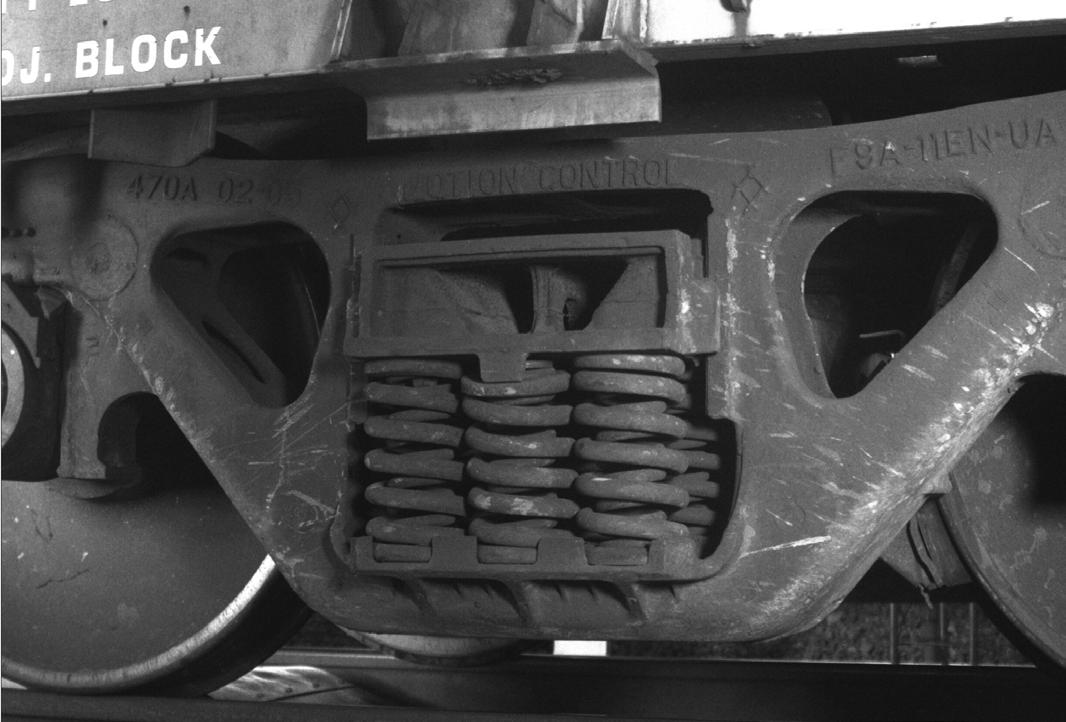

Oblique Truck View
An intelligent imaging system that provides highresolution images of truck side frames, roller bearing adapters, and other critical components.
*All modules use high-resolution technology combined with artificial intelligence to create unparalleled imagery and detection.
Additional Railcar Imaging Perspectives

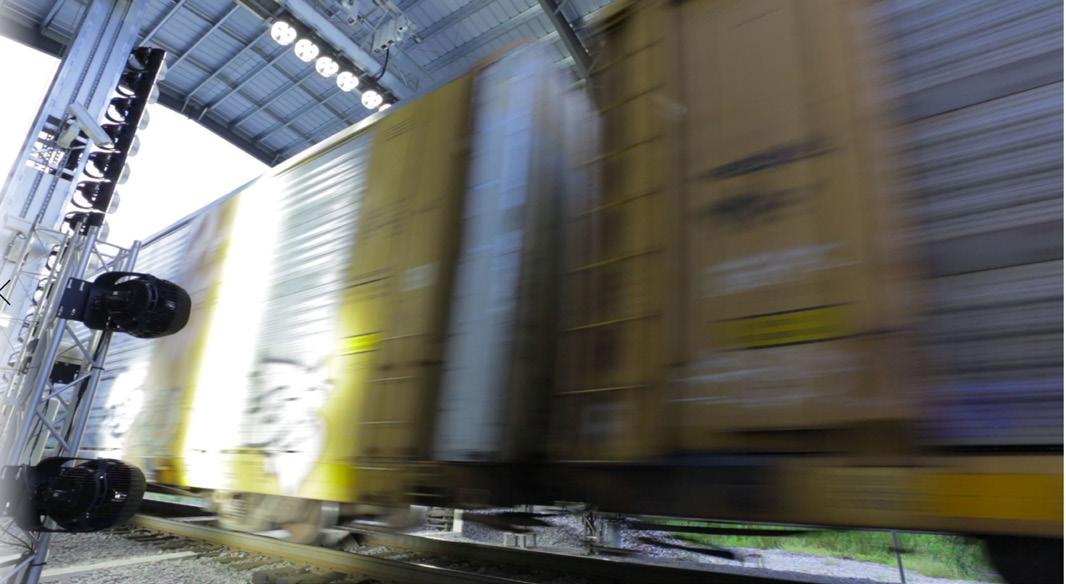

High-Resolution Panoramas
• Side panorama
• Lower side panorama

• Top coupler panorama
• Truck zoom panorama

• Top wide panorama
• Vehicle undercarriage Examiner (VUE)
Oblique Frames
• Oblique high
• Oblique coupler
• Oblique trucks
• Oblique vehicle undercarriage examiner
• Thermal vehicle undercarriage examiner
• Wheel tread 360
Laser Systems
• Open hatch
• Open door
Click or scan the QR code of more information sales@duostech.com

+1
Condition Monitoring 119
904.296.2807
VIAVI Solutions

Cyber Security Is a Minimum, Not a Plus
In this article, Eric-Vittorio Li Destri, the Railway & MCx Cyber Security Product Line Manager at VIAVI Solutions, explains the new EU NIS2 and Cyber Resilience Act regulations and why railway operational technology is so vulnerable to attack.

EU cyber security regulation, as everywhere in the world, is currently evolving.
A big bang event, larger than GDPR, will take place in the next 18 months across Europe. Member States will need to integrate the EU (Network and Information Systems) NIS2 Directive and also comply with the new Cyber Resilience Act (CRA).
These new cyber security regulations cover a wide range of industries and sectors, including railway, both from an IT and an OT (operational technology) perspective.
EU NIS2 Regulation
Before we examine railway OT and its potential cybervulnerabilities, let’s first clarify the new regulations and what they mean for the railway industry, especially regarding telecoms and signalling systems.
NIS2 was published on 28 November 2022, giving EU Member States 21 months to incorporate it into their respective national cyber security laws (i.e. by August 2024). Outside the EU, other countries such as the UK and USA are generally expected to follow this approach.
Centred on three pillars – capabilities, risk management and reporting, and co-operation and information
exchange – the NIS2 Directive seeks to enhance cyber security by:
• Defining a minimum set of measures
• Ensuring there is a risk-based approach to managing cyber security
• Enforcing management accountability
• Reporting and sharing information on significant incidents
The penalty for failure to comply is significant – from EUR 10m for small companies, to up to 1.4% (and even 2%) of annual group turnover worldwide, if the requirements are not fulfilled. And it’s not just the company which can be fined, so can its board!
Cyber Resilience Act
Publication of the CRA is planned for this year but no date has yet been set.
Using a new legislative framework, manufacturers, distributors and importers will need to meet new
Directory Data & Monitoring
120
Eric-Vittorio Li Destri, Railway & MCx Cyber Security Product Line Manager at VIAVI Solutions
cyber security rules for applying to both hardware and software related products. This goes beyond basic laptops, computers and gaming devices, as the definition of ‘digital elements’ also includes remote data processing solutions. Certain sectors/products such as cars and medical devices will be excluded from the new legislation (as they are already sufficiently wellregulated for cyber security), everything else will be covered, including SaaS products.
All products will be expected to carry a new CE mark and to meet the stated cyber essentials requirements for 5 years (or for the product lifecycle, if less). The requirements include ensuring that the products are delivered free from vulnerabilities, and that a process is in place to log and manage vulnerabilities discovered subsequently.
Whilst around 90% of products are expected to fall into the default, ‘self-assessment’ category, we anticipate that due their mission-critical nature, railway telecoms and signalling systems will fall into the ‘highly critical’, mandatory EU certification category.
Further details will become available once the Act is published and the penalties will also be punitive for non-compliance – for example, from EUR 15m to 2.5% of annual turnover.
Railway Vulnerabilities
The ERTMS perimeter (pictured below) is a complex structure using a mix of new and antiquated

technology and it is common knowledge that known (and unknown) vulnerabilities need to be identified and managed as part of the new regulations.
With cyber-attacks are becoming more and more frequent, in general, OT is a strong potential next target for any industry, including railways – which is why OT cyber security has been described for rail (in CENELEC / TS 50701, for example).
The regulations require alerts to be provided to a SOC, which means that the SOC needs remediation guidance (playbooks) and analysts need powerful investigation tools.
Practical Cyber Security Solutions
Continuous monitoring of critical services/ infrastructures should be part of the cyber defence of the SOC, ensuring that abnormal and transactional behaviour is identified through a continuous monitoring solution.
Therefore, anyone managing railway OT cyber security needs a comprehensive solution for cyber security detection and remediation.
This should encompass the following areas:
• Visualisation: gets an exact status of its pools of mobile stations and network elements
• Detection: identifies and reports incidents, suggests configuration changes
Cyber Security 121
• Alerting and investigation: alerts on potential vulnerabilities
• Response: procedures to limit the incident’s impacts
To better understand this in detail, the cyber security solution should typically include a set of detection engines using:
• Learning and machine learning
• Asset detection
• Behaviour analysis
• Network topology analysis
• Advanced statistics using historical information
• Advanced traffic analysis
• Dictionary of signatures
• Known GSM-R attacks
• Known ETCS attacks
• Common attacks such as flooding, spoofing
• Analysis and forensics
• Sigma-compliant alerts in order to integrate with the most common SIEM and SOAR platforms and be able to share playbooks and give direct access to relevant dashboards
• Forensics tools uses Elastic stack and especially Kibana with data rendered after asset and topology detection in order to speed up forensic operations
• Realtime dashboards
“For those organisations who already have solutions to test,measure and monitor ETRMS networks,including GSM-R and associated interlocking (IXL),it can be possible to add cyber security solutions in a very costeffective way by using existing equipment.And for others,a standalone solution can be arranged.”
Because cyber security should be a minimum, not a plus, solutions need to be practical and cost-effective. That’s why we have developed solutions that can either be integrated into a customer or provider’s SIEM, or are available as a standalone system.

FRMCS ERTMS GPRS Drive Test Cybersecurity GSM-R ETCS Emergency Calls Mission Critical UNITED IN POSSIBILITY Together we provide efficent railway telecom and signalling service assurance Visit viavisolutions.com/railway or contact us at sales.railway@viavisolutions.com for more information
If you’d like to know more, please visit www.viavisolutions.com/railway or contact us at sales.railway@viavisolutions.com



Thank you for reading Issue Two 2023 of the Railway-News magazine. Visit our website to keep up to date with the rail sector.






































































 Curzon Street turntable © McAuliffe
Curzon Street turntable © McAuliffe





























































 Installation of EMS Multi-track Natural (section 12) Entrance Matting System at Farringdon Station
Installation of EMS Multi-track Natural (section 12) Entrance Matting System at Farringdon Station





















 One frame,eight modules,covering all grinding applications on track © Robel
One frame,eight modules,covering all grinding applications on track © Robel
















 U-Lift in Backaryd have faith in the future and have recruited several new employees.From the left: Lamine Sternkult,new Sales and Project Manager; Stephane Thomsen,Sales and Marketing Manager; and Mattias Olsson,CEO and Co-owner.In the middle: Velia Ekström,new Quality Manager at the company
U-Lift in Backaryd have faith in the future and have recruited several new employees.From the left: Lamine Sternkult,new Sales and Project Manager; Stephane Thomsen,Sales and Marketing Manager; and Mattias Olsson,CEO and Co-owner.In the middle: Velia Ekström,new Quality Manager at the company









 Watch our mini seatback case study video!
Watch our mini seatback case study video!























 Christian Forstner, Head of Sales and R&D, Seisenbacher
Christian Forstner, Head of Sales and R&D, Seisenbacher




















































































































































